1.
Answer.
| \(h\) | \(0\) | \(3\) | \(6\) | \(9\) | \(10\) |
| \(T\) | \(65\) | \(80\) | \(95\) | \(110\) | \(115\) |
- \(\displaystyle T=65+5h\)
- \(\displaystyle 95\degree\)
- 3 p.m.
| \(h\) | \(0\) | \(3\) | \(6\) | \(9\) | \(10\) |
| \(T\) | \(65\) | \(80\) | \(95\) | \(110\) | \(115\) |

| \(w\) | \(0\) | \(4\) | \(8\) | \(12\) | \(16\) |
| \(A\) | \(250\) | \(190\) | \(130\) | \(70\) | \(10\) |


| Miles Driven | \(4000\) | \(8000\) | \(12,000\) | \(16,000\) | \(20,000\) |
| Cost ($) | \(5500\) | \(6000\) | \(6500\) | \(7000\) | \(7500\) |















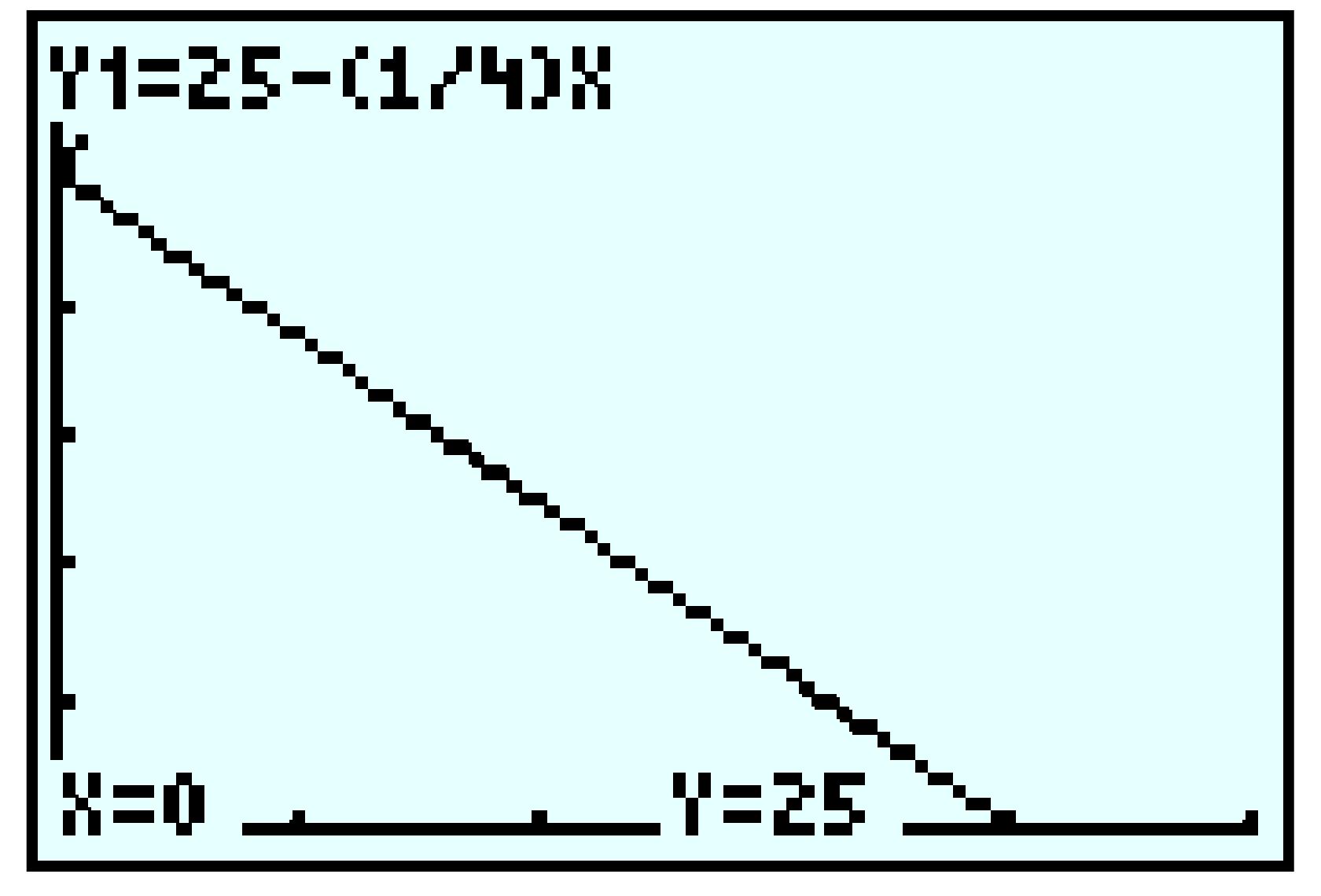
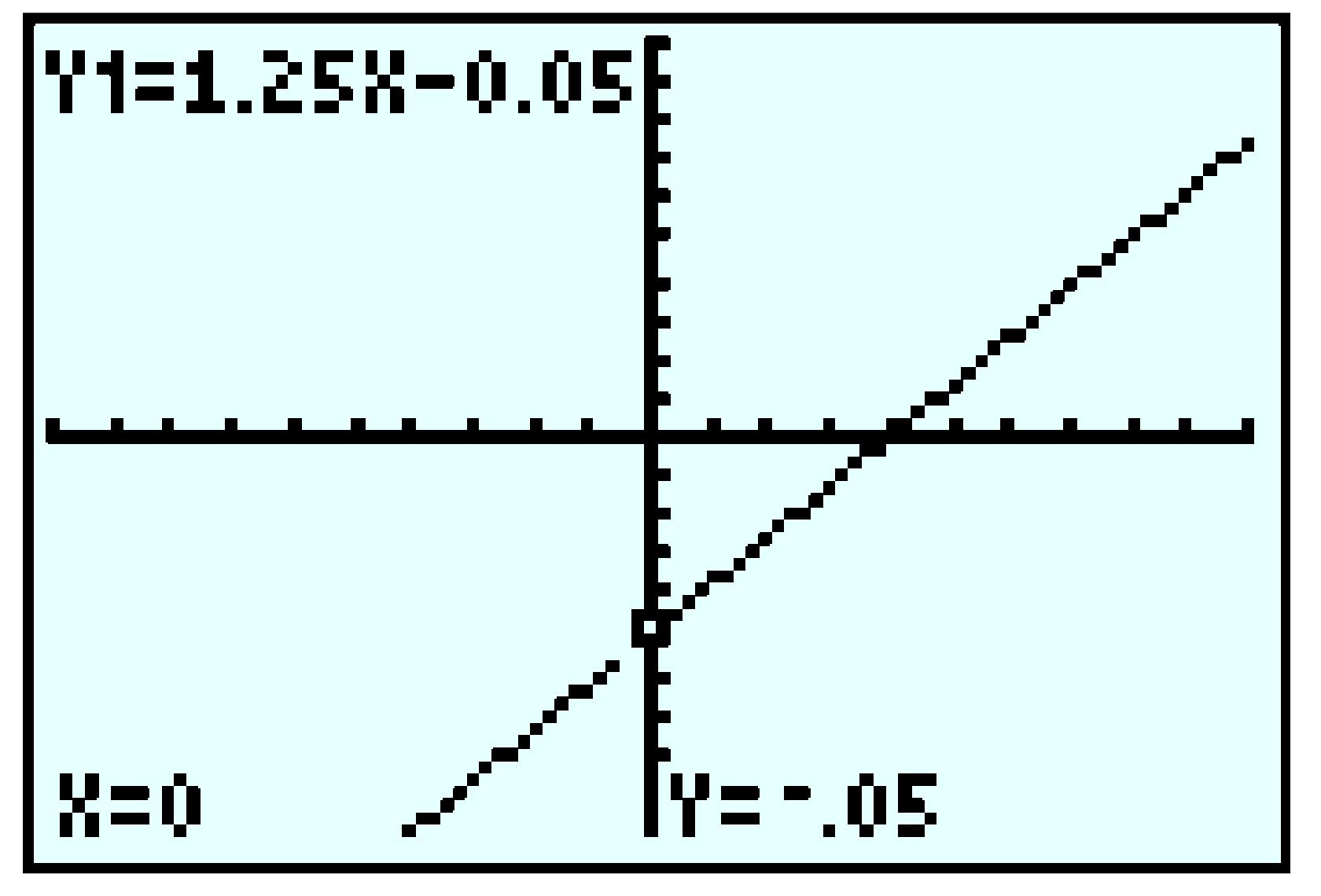
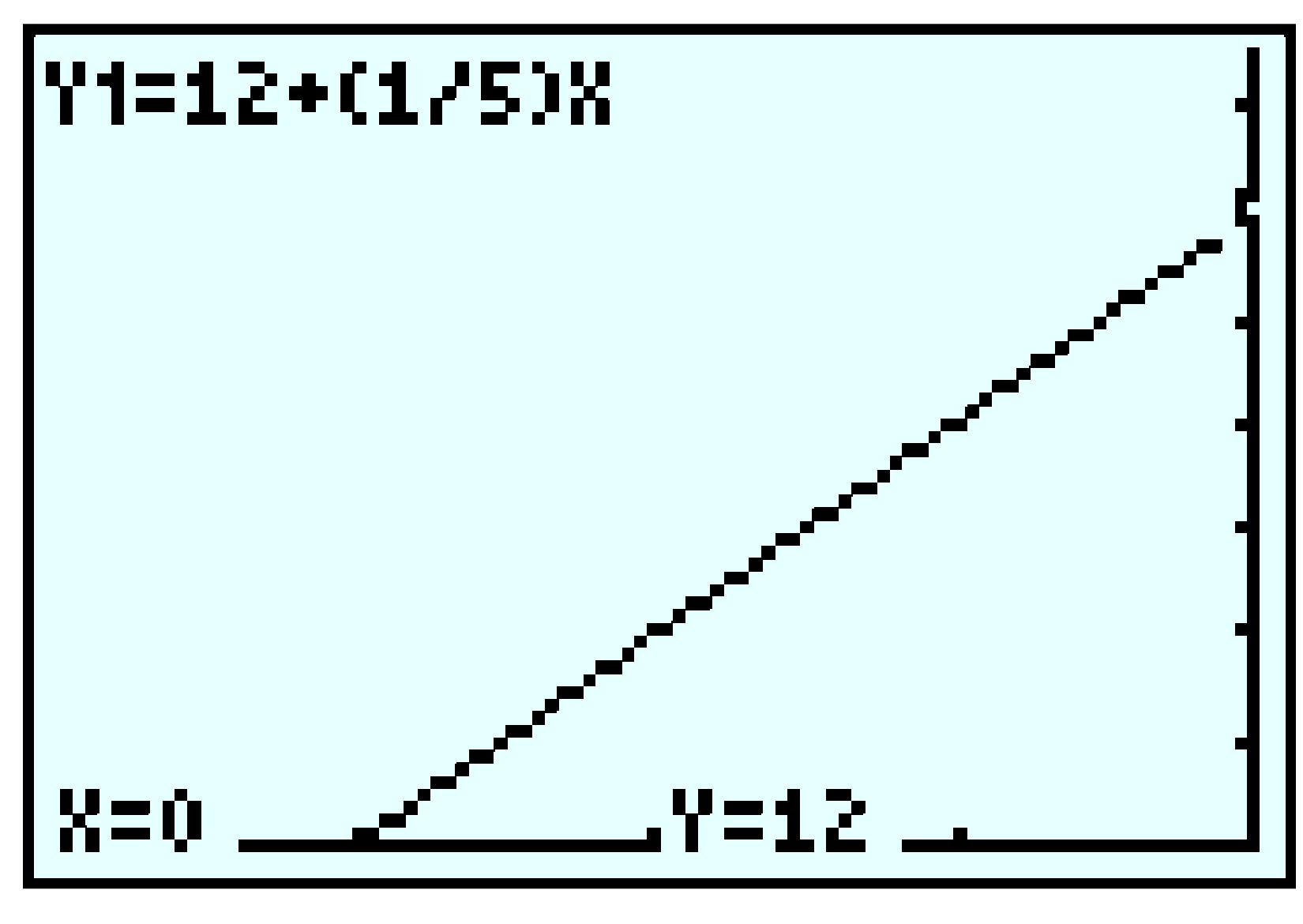
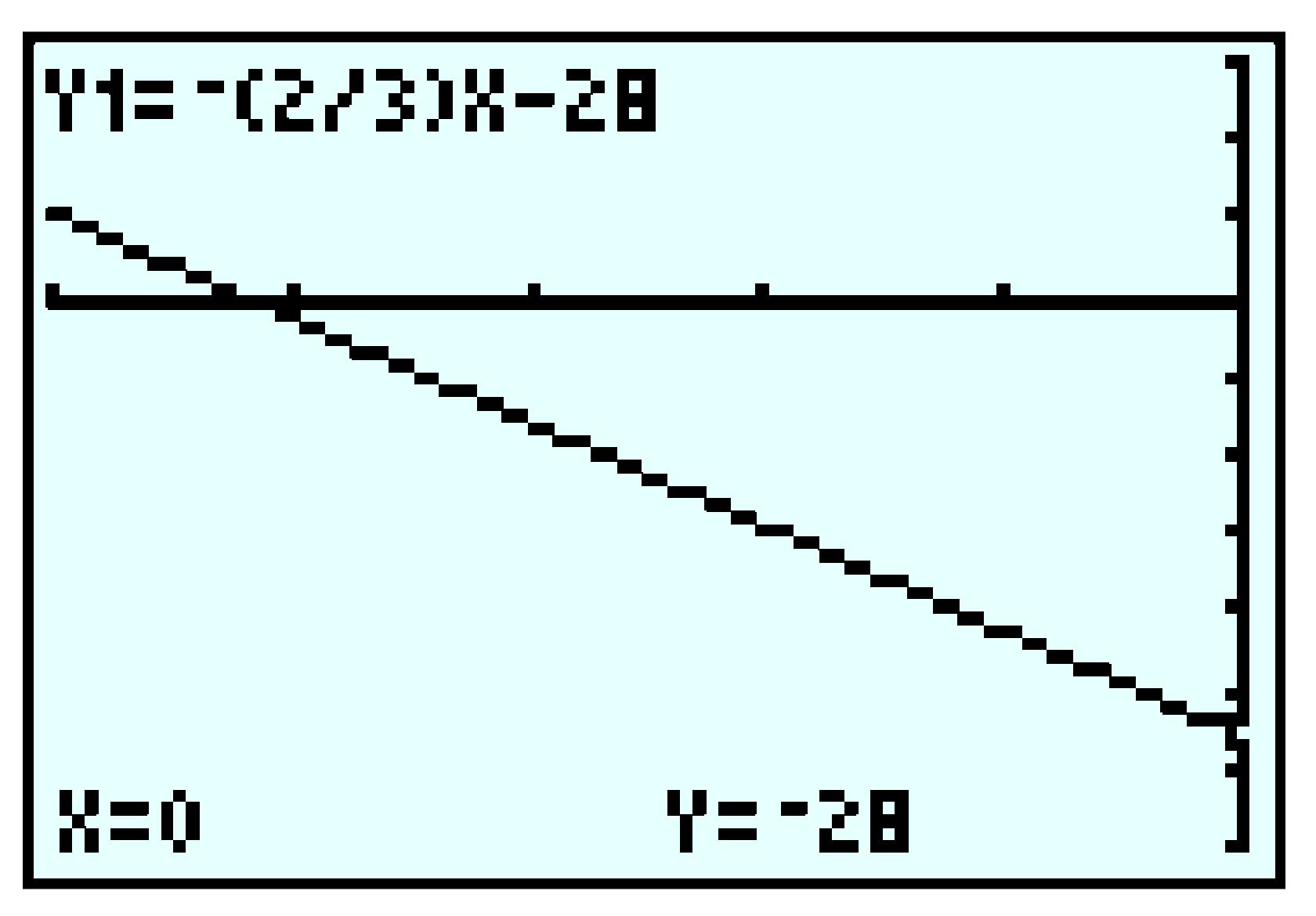
| \(x\) | \(0\) | \(10\) | \(20\) | \(30\) | \(40\) | \(50\) | \(60\) | \(70\) | \(80\) | \(90\) | \(100\) |
| \(f(x)\) | \(800\) | \(840\) | \(840\) | \(800\) | \(720\) | \(600\) | \(440\) | \(240\) | \(0\) | \(-280\) | \(-600\) |
| \(x\) | \(50\) | \(51\) | \(52\) | \(53\) | \(54\) | \(55\) | \(56\) | \(57\) | \(58\) |
| \(f(x)\) | \(600\) | \(585.8\) | \(571.2\) | \(556.2\) | \(540.8\) | \(525\) | \(508.8\) | \(492.2\) | \(475.2\) |
| \(x\) | \(56\) | \(56.1\) | \(56.2\) | \(56.3\) | \(56.4\) | \(56.5\) | \(56.6\) |
| \(f(x)\) | \(508.8\) | \(507.158\) | \(505.512\) | \(503.862\) | \(502.208\) | \(500.55\) | \(498.888\) |



| \(x\) | \(-4\) | \(-2\) | \(3\) | \(5\) |
| \(g(x)\) | \(4.5\) | \(5.7\) | \(5.2\) | \(3.3\) |
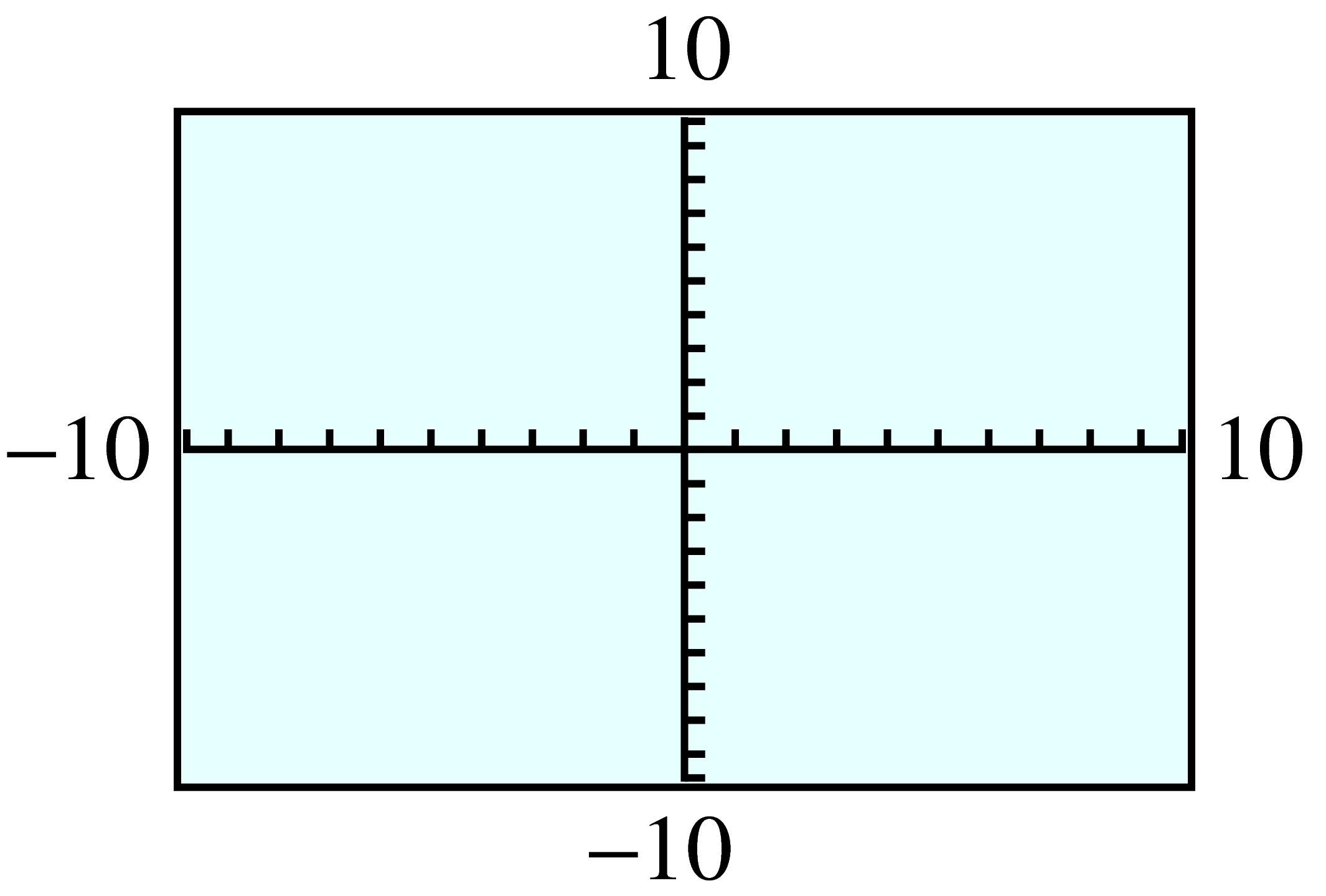
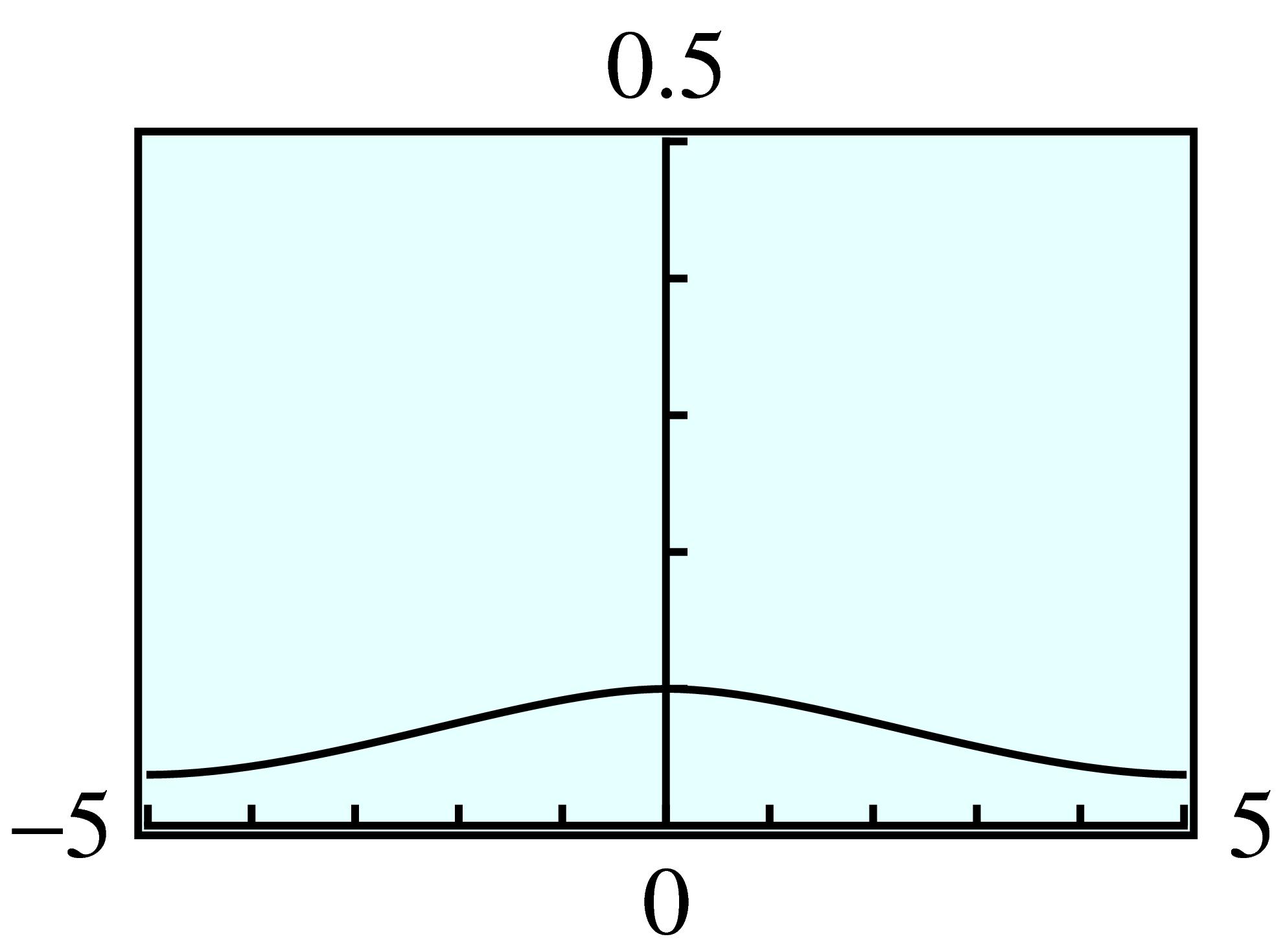
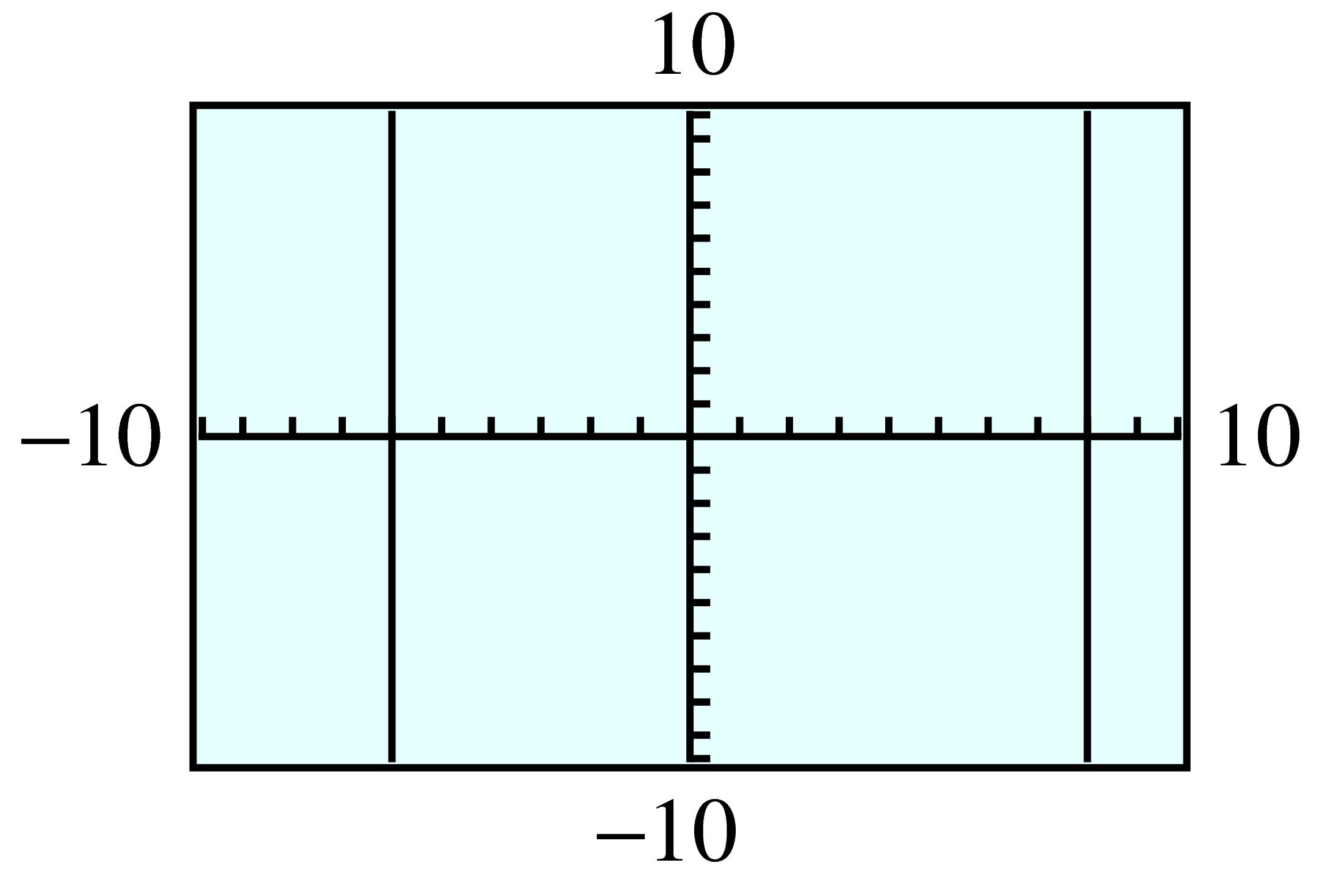
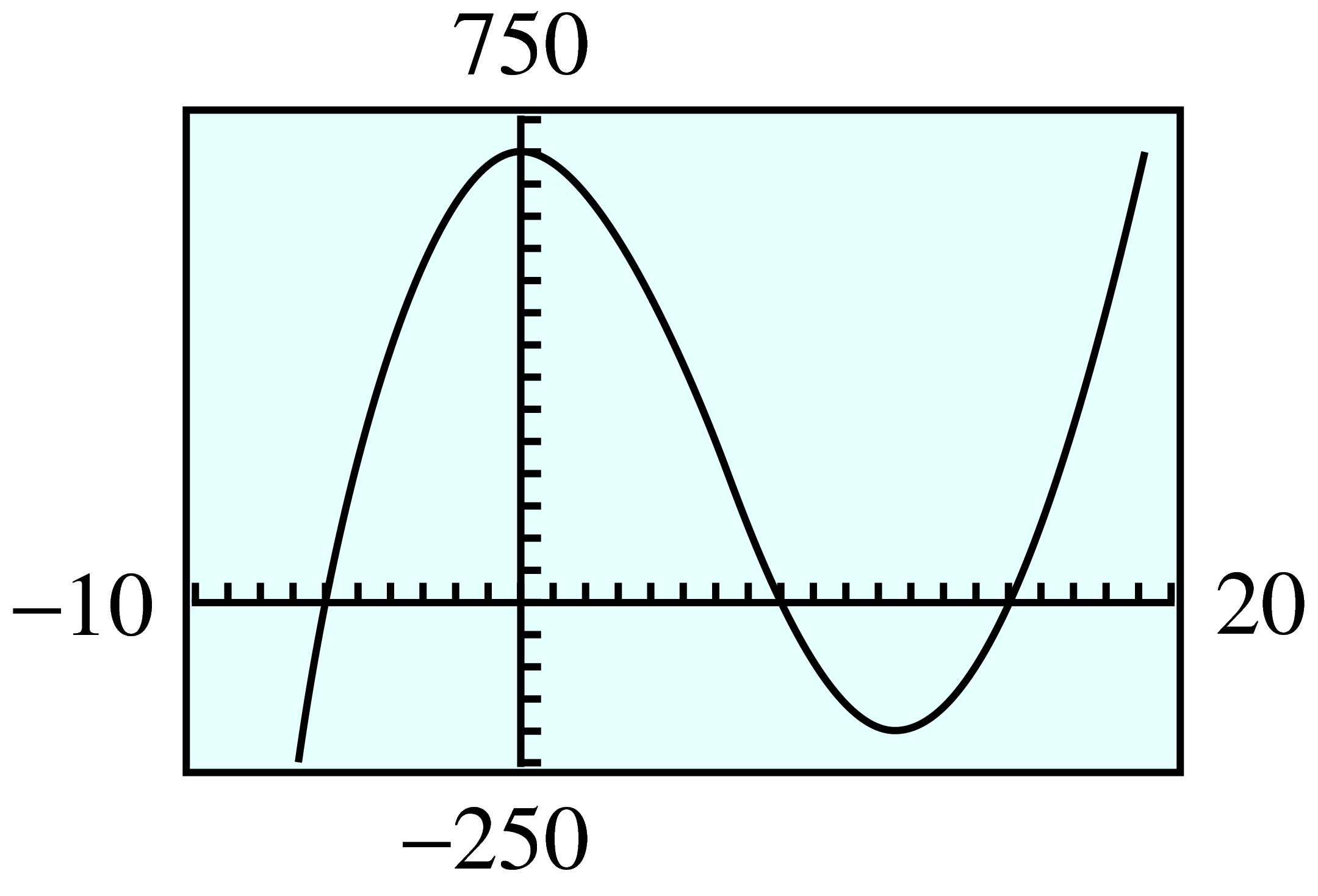






| \(x\) | \(y\) |
| \(3\) | \(\frac{7}{2}\) |
| \(6\) | \(11\) |
| \(x\) | \(y\) |
| \(-1\) | \(\alert{30}\) |
| \(\alert{5}\) | \(12\) |
| \(t\) | \(4\) | \(8\) | \(20\) | \(40\) |
| \(S\) | \(32 \) | \(64\) | \(160\) | \(320\) |







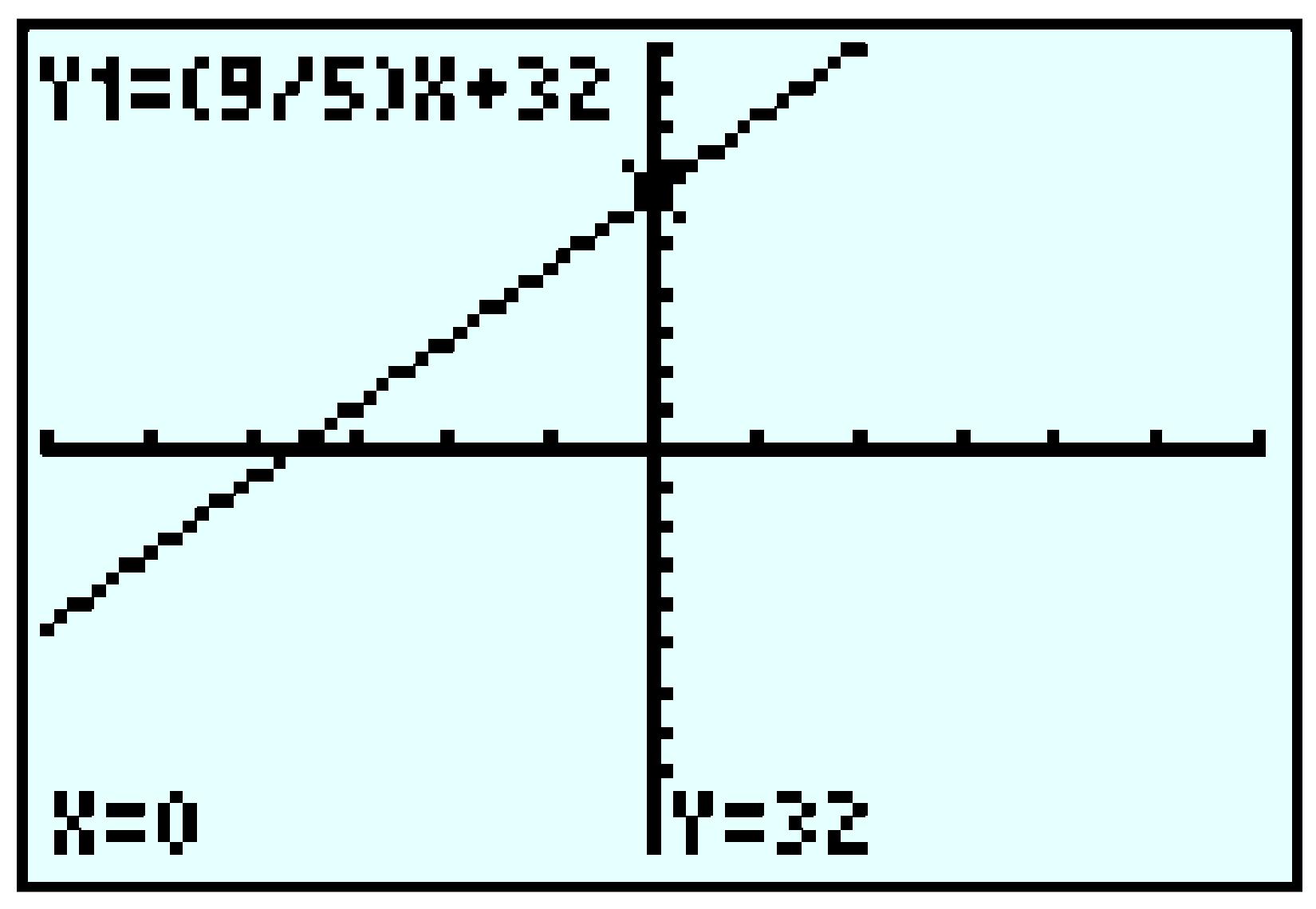




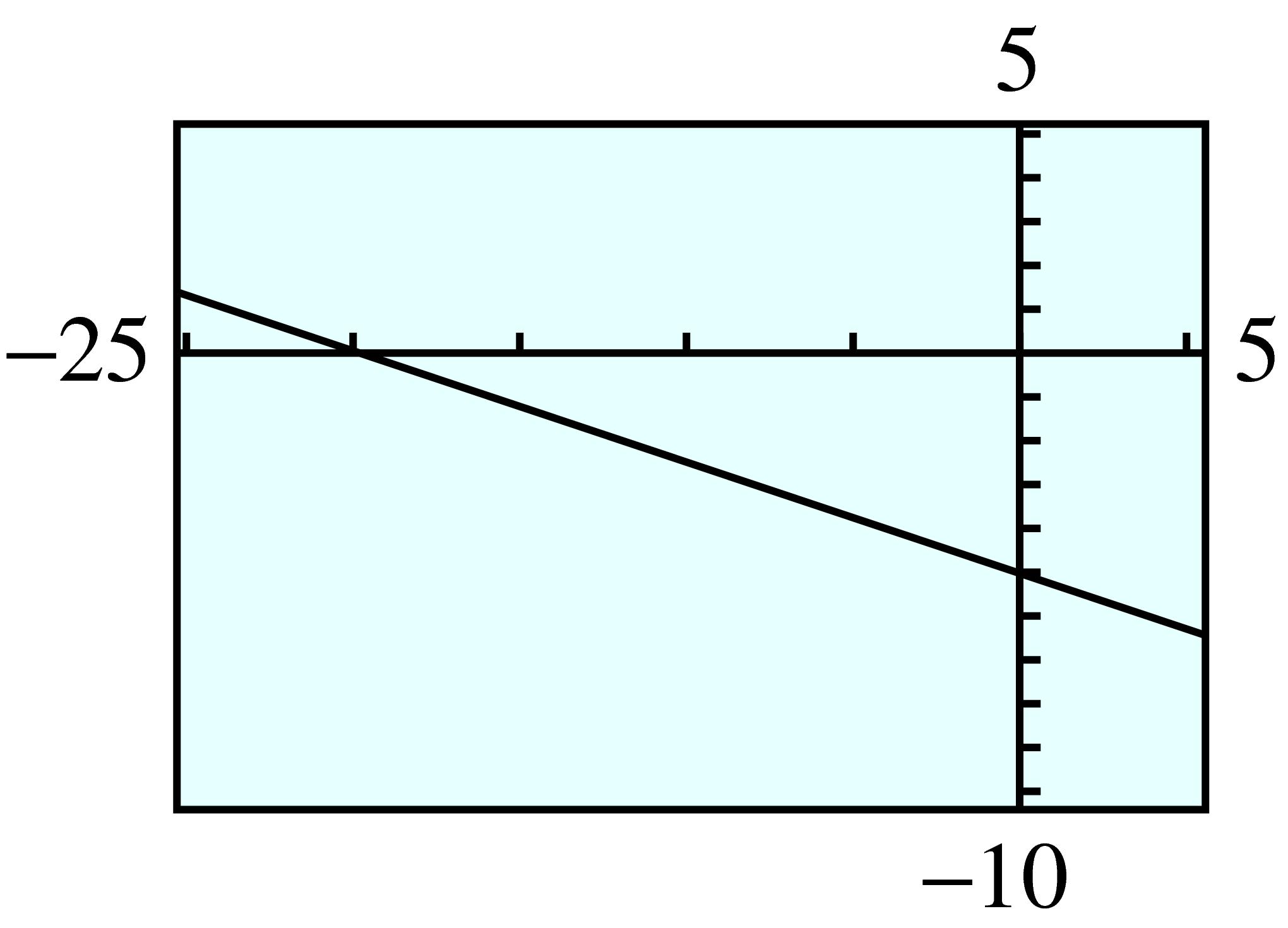
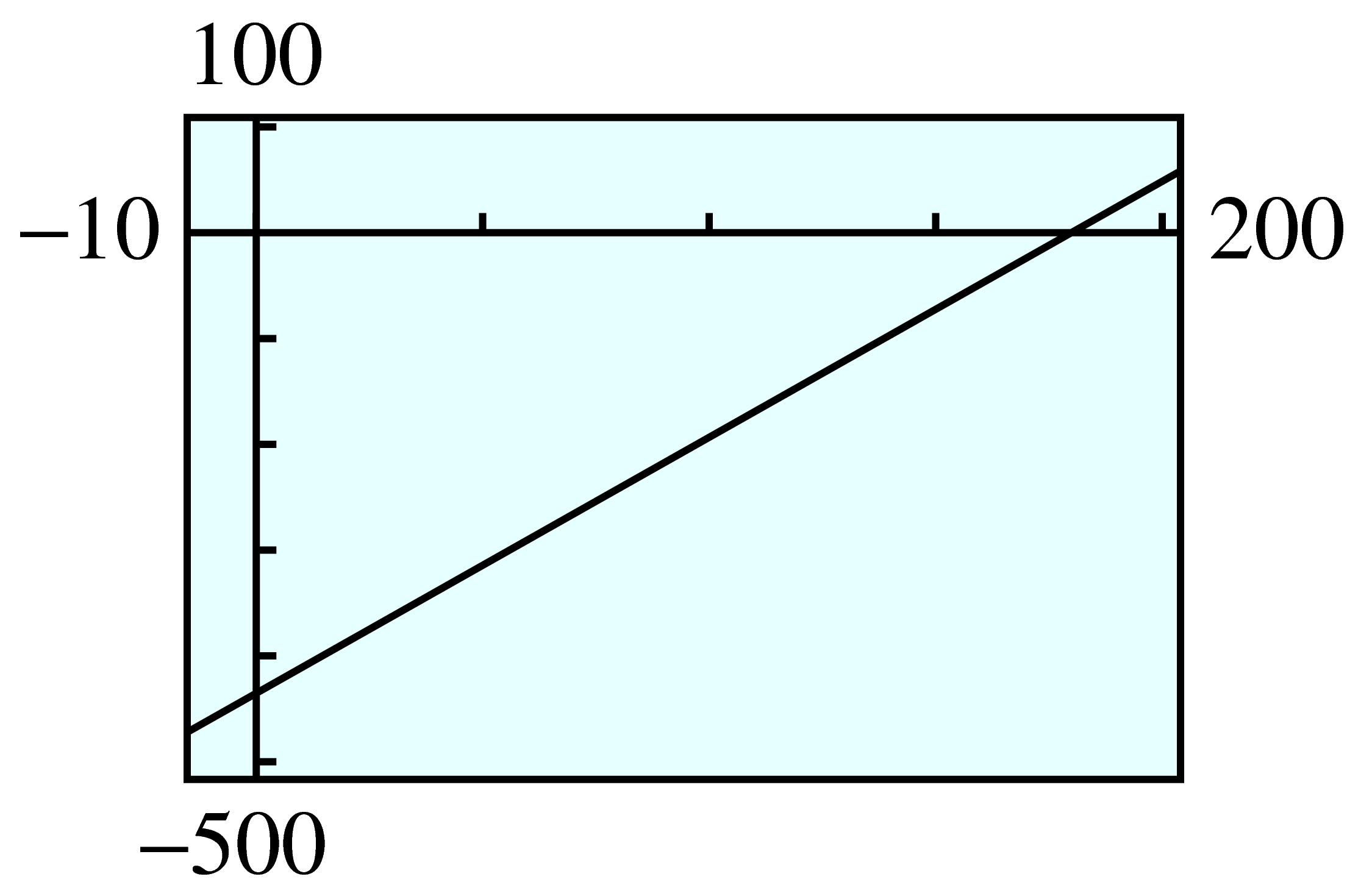


| \(x\) | \(50\) | \(125\) |
| \(y\) | \(9000\) | \(15,000\) |
| \(g\) | \(12\) | \(5\) |
| \(d\) | \(312\) | \(130\) |
| \(C\) | \(15\) | \(-5\) |
| \(F\) | \(59\) | \(23\) |












| \(n\) | \(100\) | \(500\) | \(800\) | \(1200\) | \(1500\) |
| \(C\) | \(4000\) | \(12,000\) | \(18,000\) | \(26,000\) | \(32,000\) |






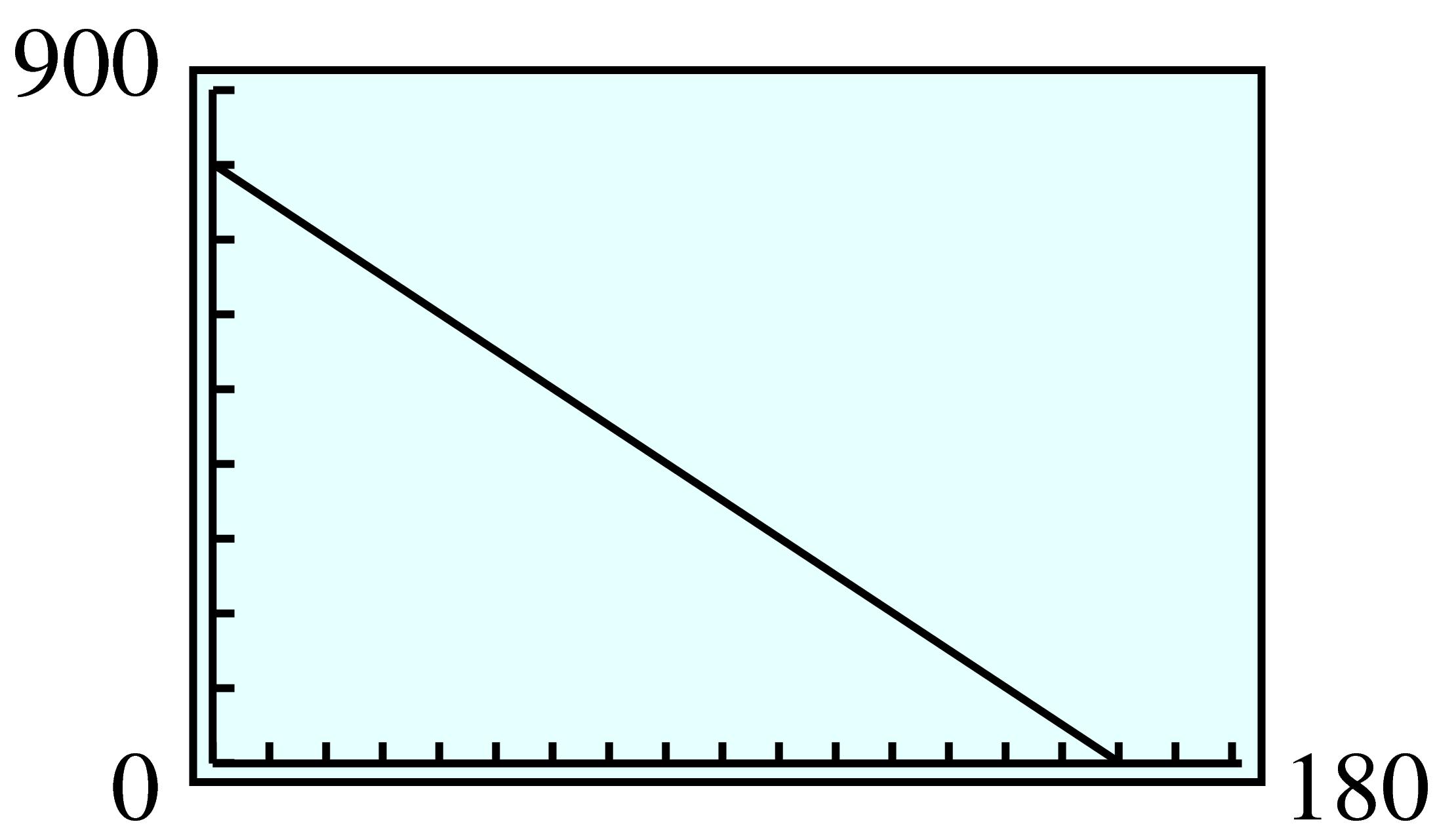
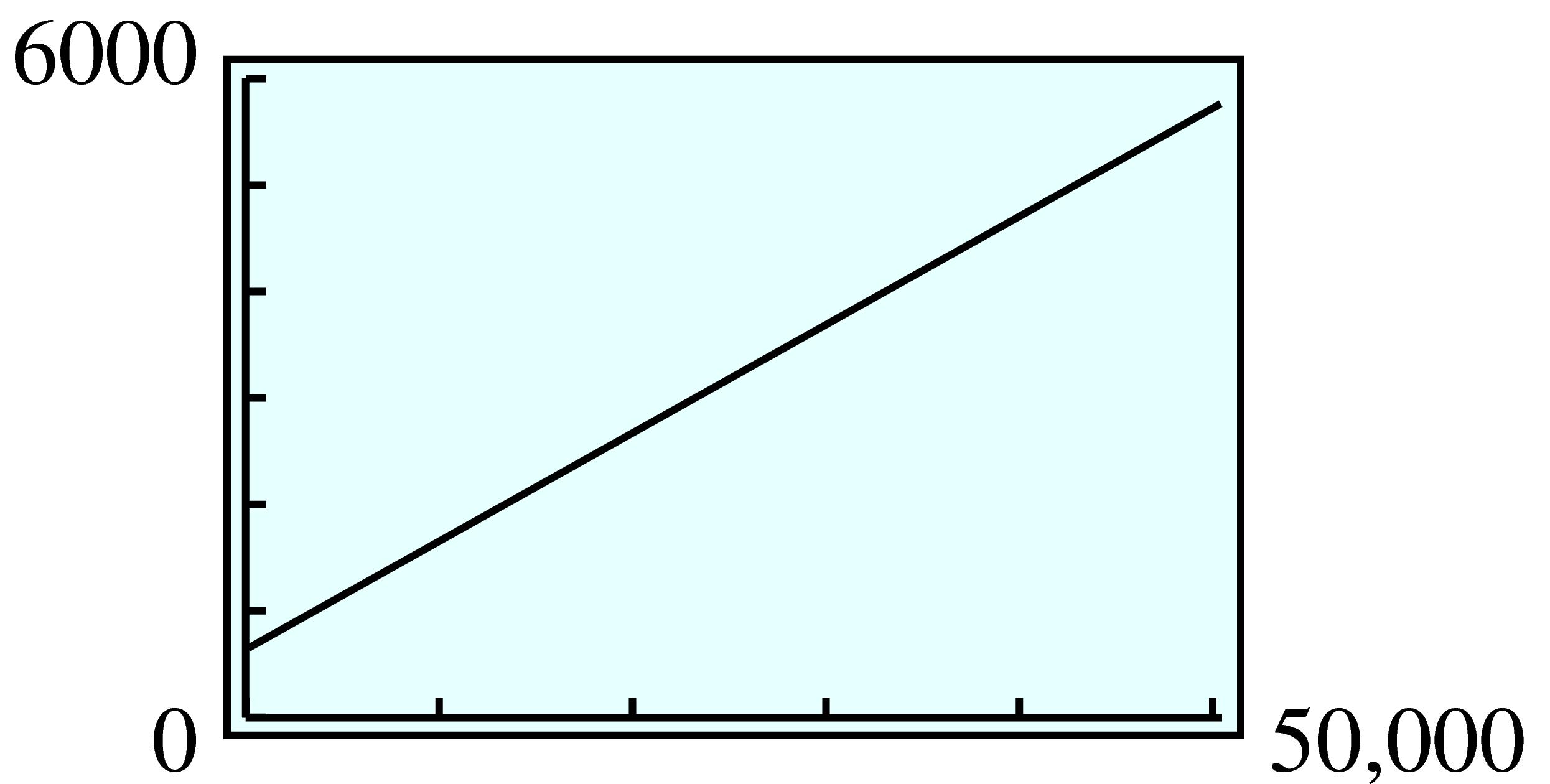
| \(d\) | \(V\) |
| \(-5\) | \(-4.8\) |
| \(-2\) | \(-3\) |
| \(1\) | \(-1.2\) |
| \(6\) | \(1.8\) |
| \(10\) | \(4.2 \) |

| \(t\) | \(0\) | \(15\) |
| \(P\) | \(4800\) | \(6780\) |


| \(r\) | \(1\) | \(2\) | \(3\) | \(4\) | \(5\) | \(6\) | \(7\) | \(8\) |
| \(V\) | \(8.8\) | \(35.2\) | \(79.2\) | \(140.7\) | \(219.9\) | \(316.7\) | \(431.0\) | \(563.0\) |
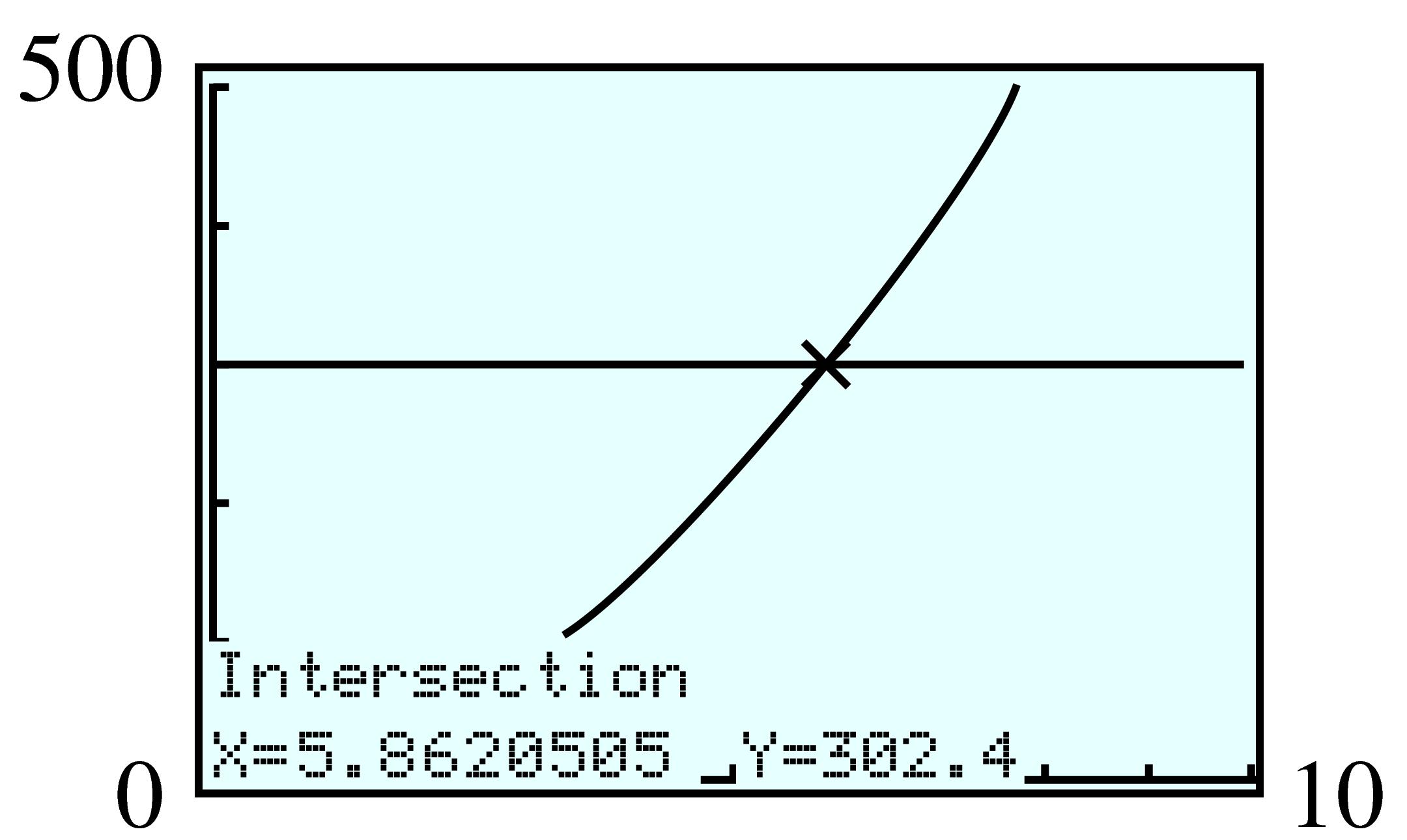
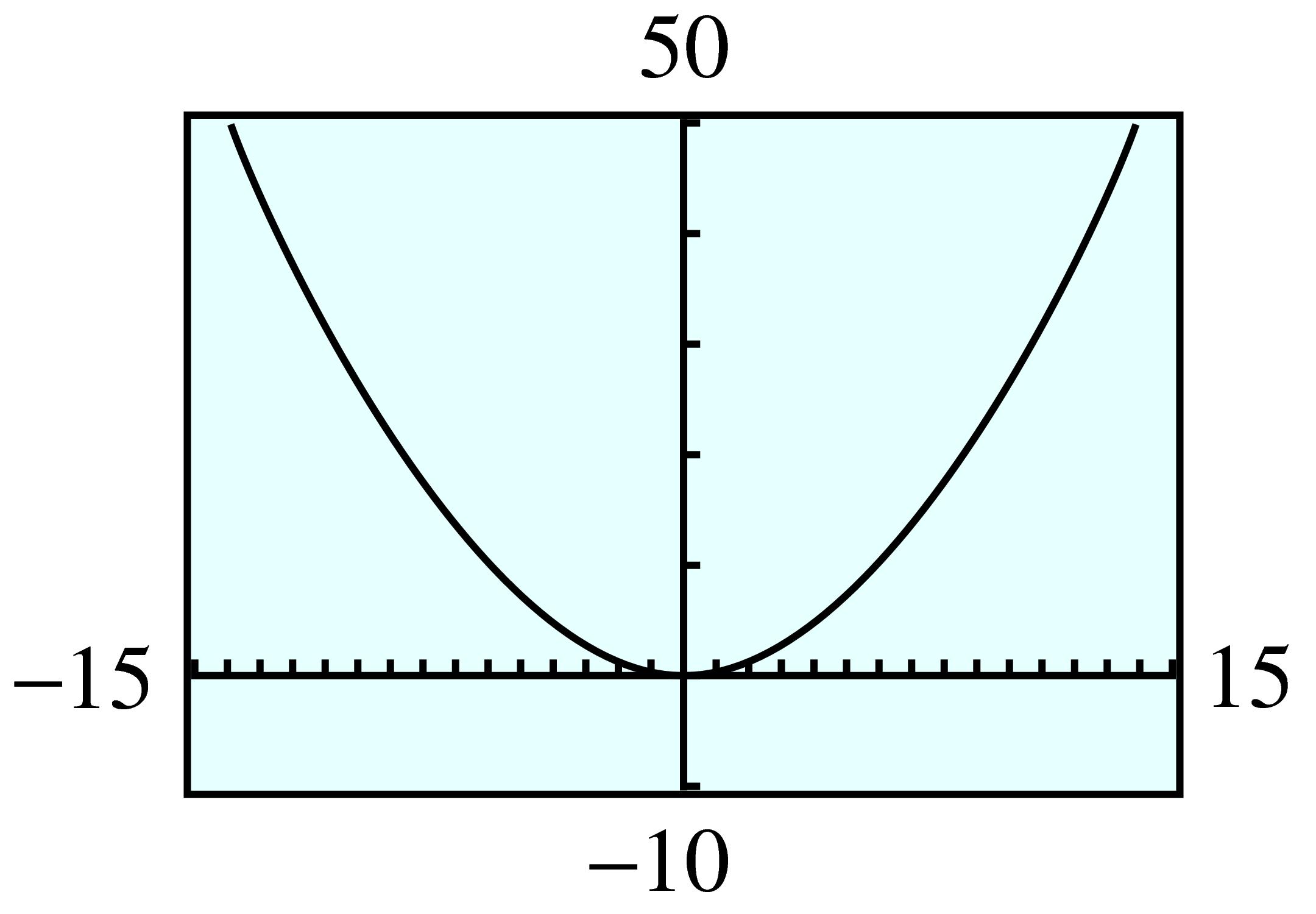
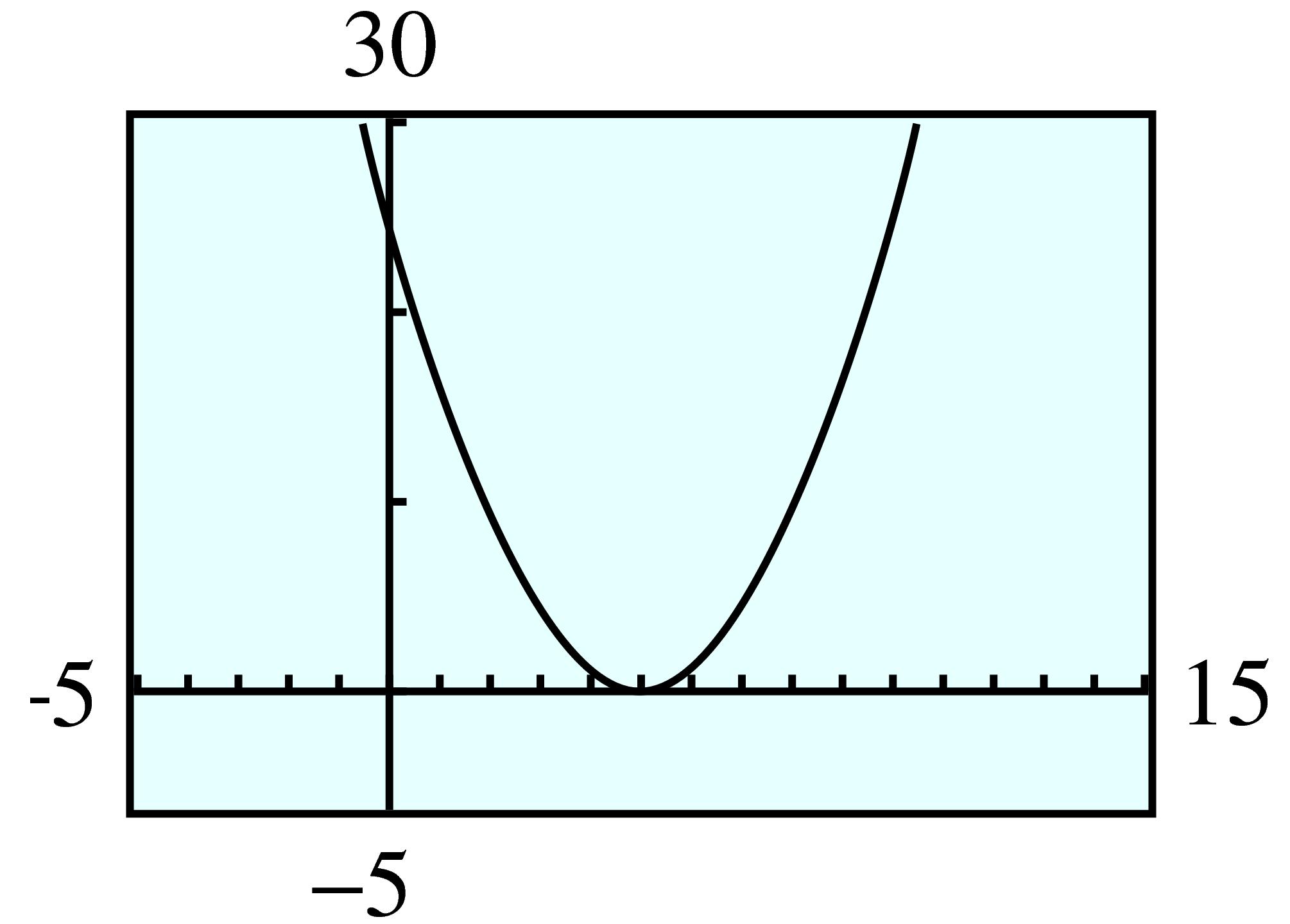
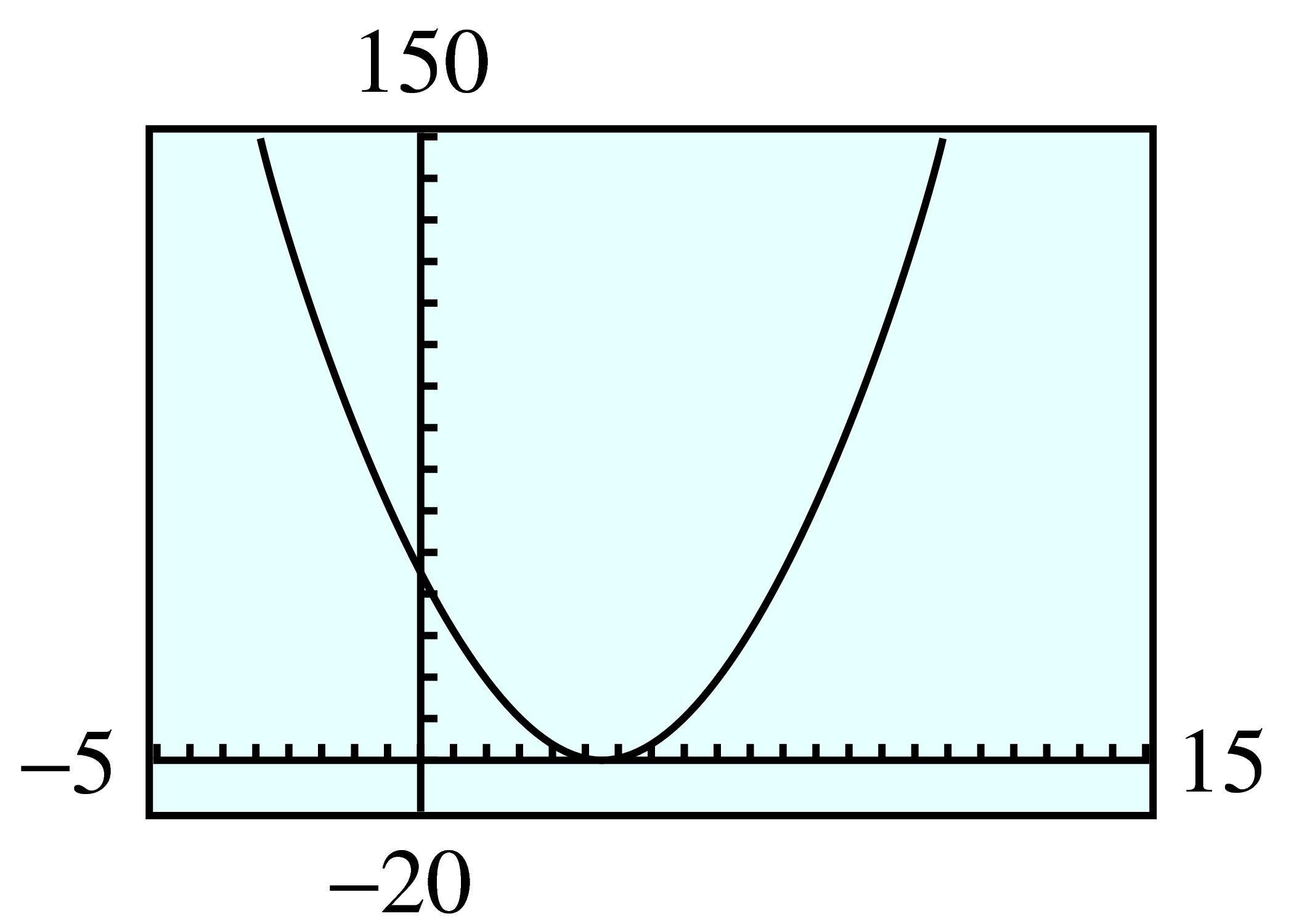
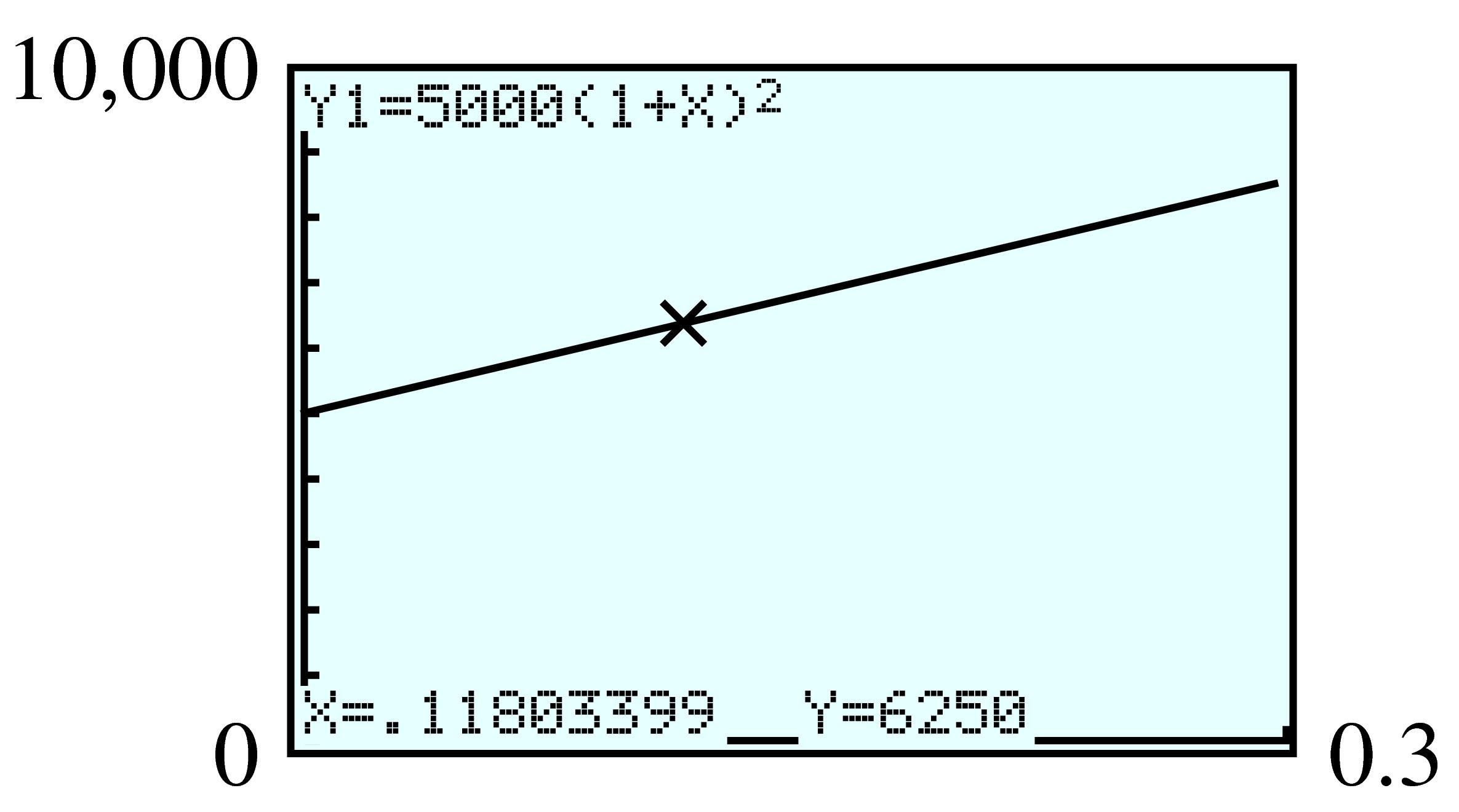
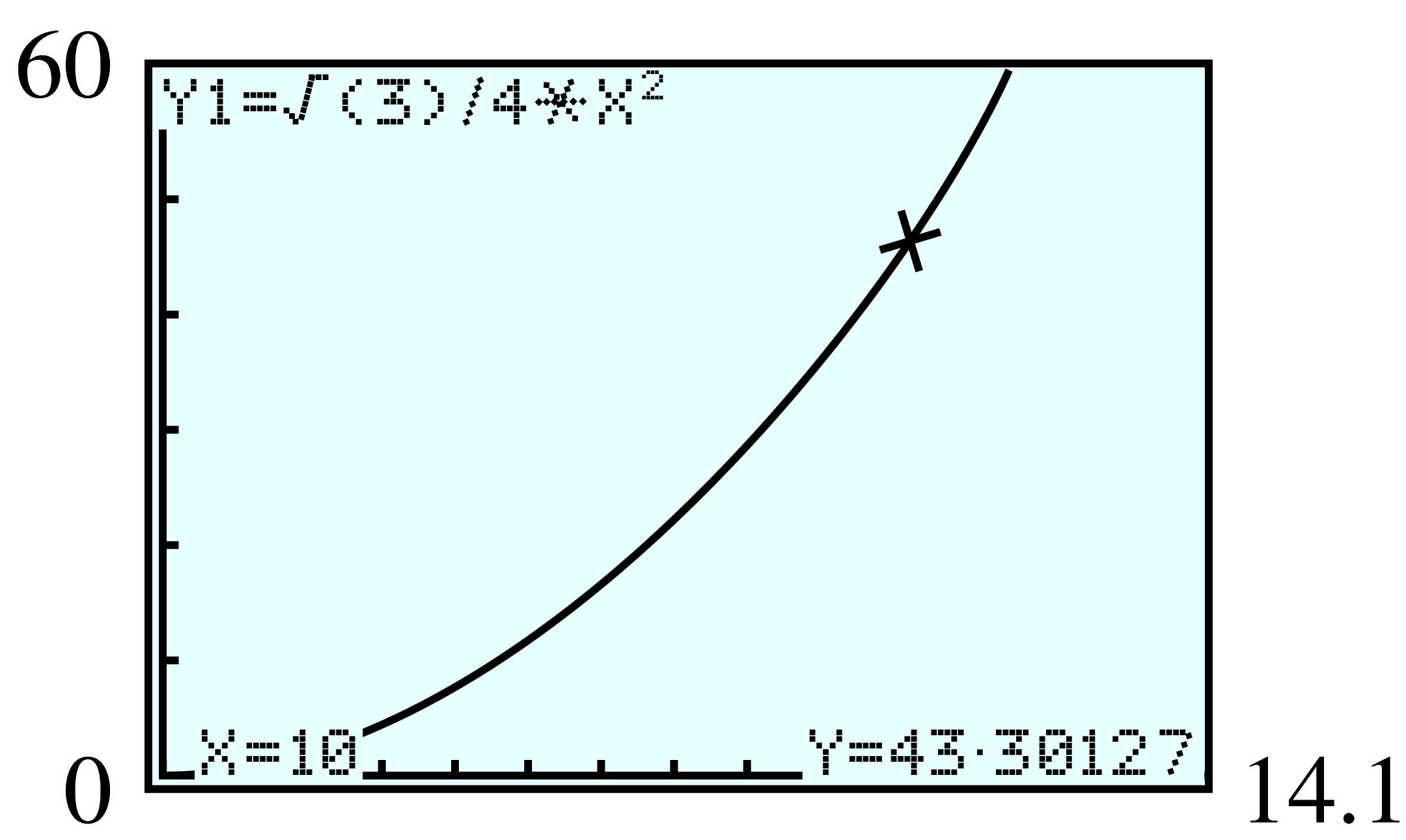
| Height | Base | Area | Height | Base | Area | |
| \(1\) | \(34\) | \(34\) | \(10\) | \(16 \) | \(160\) | |
| \(2\) | \(32\) | \(64\) | \(11\) | \(14\) | \(154\) | |
| \(3\) | \(30\) | \(90\) | \(12\) | \(12\) | \(144\) | |
| \(4\) | \(28\) | \(112\) | \(13\) | \(10\) | \(130\) | |
| \(5\) | \(26\) | \(130\) | \(14\) | \(8\) | \(112\) | |
| \(6\) | \(24\) | \(144\) | \(15\) | \(6\) | \(90\) | |
| \(7\) | \(22\) | \(154\) | \(16\) | \(4\) | \(64\) | |
| \(8\) | \(20\) | \(160\) | \(17\) | \(2\) | \(34\) | |
| \(9\) | \(18\) | \(162\) | \(18\) | \(0\) | \(0\) |

| \(v\) | \(0\) | \(1\) | \(2\) | \(3\) | \(4\) | \(5\) | \(6\) | \(7\) | \(8\) | \(9\) | \(10\) | \(11\) |
| \(J\) | \(0\) | \(0.05\) | \(0.2\) | \(0.46\) | \(0.82\) | \(1.28\) | \(1.84\) | \(2.5\) | \(3.27\) | \(4.13\) | \(5.1\) | \(6.17\) |

| \(v\) | \(0\) | \(1\) | \(2\) | \(3\) | \(4\) | \(5\) | \(6\) | \(7\) | \(8\) | \(9\) | \(10\) | \(11\) |
| \(H\) | \(0.9\) | \(0.95\) | \(1.1\) | \(1.36\) | \(1.72\) | \(2.18\) | \(2.74\) | \(3.4\) | \(4.17\) | \(5.03\) | \(6.0\) | \(7.07\) |


| \(x\) | \(4 \) | \(1 \) | \(\frac{1}{4} \) | \(0 \) | \(\frac{1}{4} \) | \(1 \) | \(4 \) |
| \(y\) | \(-2\) | \(-1 \) | \(-\frac{1}{2} \) | \(0 \) | \(\frac{1}{2} \) | \(1 \) | \(2 \) |

| \(x\) | \(2 \) | \(1 \) | \(\frac{1}{2} \) | \(0 \) | \(\frac{1}{2} \) | \(1 \) | \(2 \) |
| \(y\) | \(-2\) | \(-1 \) | \(-\frac{1}{2} \) | \(0 \) | \(\frac{1}{2} \) | \(1 \) | \(2 \) |

| \(x\) | \(-\frac{1}{2} \) | \(-1 \) | \(-2 \) | undefined | \(2 \) | \(1 \) | \(\frac{1}{2} \) |
| \(y\) | \(-2\) | \(-1 \) | \(-\frac{1}{2} \) | \(0 \) | \(\frac{1}{2} \) | \(1 \) | \(2 \) |































































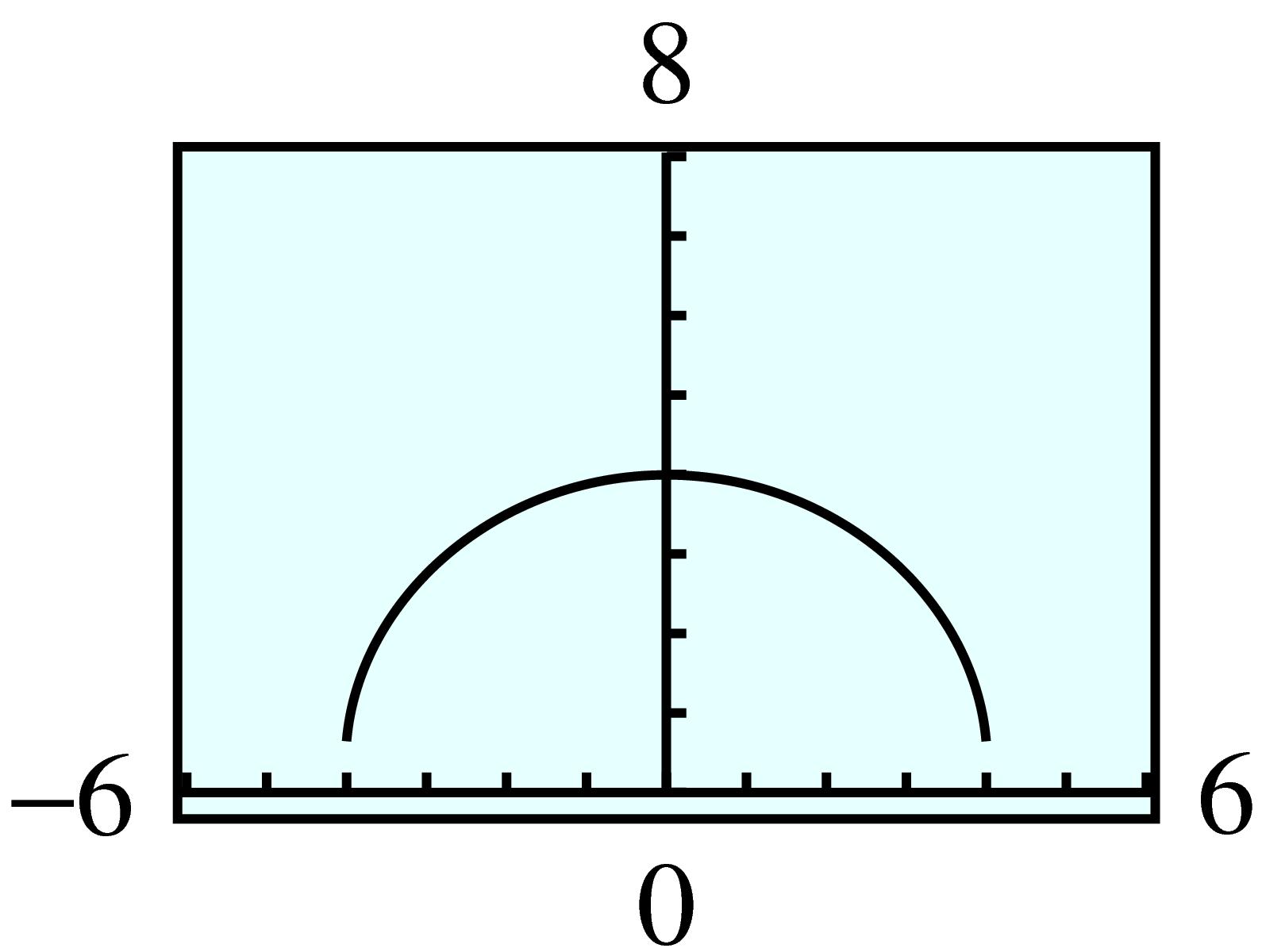










| \(x\) | \(0\) | \(4\) | \(8\) | \(14\) | \(16\) | \(22\) |
| \(y\) | \(24\) | \(20\) | \(16\) | \(10\) | \(8\) | \(2\) |
| \(x\) | \(0\) | \(1\) | \(4\) | \(9\) | \(16\) | \(25\) |
| \(y\) | \(0\) | \(1\) | \(2\) | \(3\) | \(4\) | \(5\) |
| \(x\) | \(-3\) | \(-2\) | \(-1\) | \(0\) | \(1\) | \(2\) |
| \(y\) | \(5\) | \(0\) | \(-3\) | \(-4\) | \(-3\) | \(0\) |
| \(\text{Price of item} \) | \(18\) | \(28\) | \(12\) |
| \(\text{Tax} \) | \(1.17\) | \(1.82\) | \(0.78\) |
| \(\text{Tax}/\text{Price} \) | \(\alert{0.065}\) | \(\alert{0.065}\) | \(\alert{0.065}\) |

| \(\text{Width (feet)} \) | \(2\) | \(2.5\) | \(3\) |
| \(\text{Length (feet)} \) | \(12\) | \(9.6\) | \(8\) |
| \(\text{Length}\times \text{width} \) | \(\alert{24}\) | \(\alert{24}\) | \(\alert{24}\) |

| Length | Width | Perimeter | Area |
| \(10\) | \(8\) | \(\alert{36} \) | \(\alert{80} \) |
| \(12\) | \(8\) | \(\alert{40} \) | \(\alert{96} \) |
| \(15\) | \(8\) | \(\alert{46} \) | \(\alert{120} \) |
| \(20\) | \(8\) | \(\alert{56} \) | \(\alert{160} \) |
| \(w\) | \(50\) | \(100\) | \(200\) | \(400\) |
| \(m\) | \(\alert{8.25}\) | \(\alert{16.5}\) | \(\alert{33}\) | \(\alert{66}\) |
| \(T\) | \(1\) | \(5\) | \(10\) | \(20\) |
| \(L\) | \(\alert{0.8125} \) | \(\alert{20.3} \) | \(\alert{81.25} \) | \(\alert{325} \) |
| \(d\) | \(1\) | \(2\) | \(12\) | \(24\) |
| \(B\) | \(\alert{88} \) | \(\alert{44} \) | \(\alert{7.3} \) | \(\alert{3.7} \) |
| \(w\) | \(10\) | \(20\) | \(40\) | \(80\) |
| \(P\) | \(\alert{223} \) | \(\alert{1782} \) | \(\alert{14,259} \) | \(\alert{114,074} \) |
| \(x\) | \(y\) |
| \(2\) | \(\alert{0.6}\) |
| \(5\) | \(1.5\) |
| \(\alert{8}\) | \(2.4\) |
| \(12\) | \(\alert{3.6} \) |
| \(\alert{15} \) | \(4.5\) |
| \(x\) | \(y\) |
| \(3\) | \(\alert{6}\) |
| \(6\) | \(24\) |
| \(\alert{9}\) | \(54\) |
| \(12\) | \(\alert{96} \) |
| \(\alert{15} \) | \(150\) |
| \(4\) | \(\alert{30}\) |
| \(\alert{8} \) | \(15\) |
| \(20\) | \(6\) |
| \(30\) | \(\alert{4} \) |
| \(\alert{40} \) | \(3\) |
| \(n\) | \(-5\) | \(-4\) | \(-3\) | \(-2\) | \(-1\) | \(0\) | \(1\) | \(2\) | \(3\) | \(4\) | \(5\) |
| \(3^n\) | \(\frac{1}{243} \) | \(\frac{1}{81} \) | \(\frac{1}{27} \) | \(\frac{1}{9} \) | \(\frac{1}{3} \) | \(1\) | \(3\) | \(9\) | \(27\) | \(81\) | \(243\) |
| \(x\) | \(1\) | \(2\) | \(4\) | \(8\) | \(16\) |
| \(x^{-2}\) | \(1 \) | \(0.25 \) | \(0.06 \) | \(0.02 \) | \(0.00 \) |
| \(x\) | \(1\) | \(0.5\) | \(0.25\) | \(0.125\) | \(0.0625\) |
| \(x^{-2}\) | \(1 \) | \(4 \) | \(16 \) | \(64 \) | \(256 \) |
| \(d\) (nautical miles) | \(4\) | \(5\) | \(7\) | \(10\) |
| \(P\) (picowatts) | \(31.3 \) | \(12.8\) | \(3.3\) | \(0.8\) |




| Element | Carbon | Potassium | Cobalt | Technetium | Radium |
| Mass number, \(A\) |
\(14\) | \(40\) | \(60\) | \(99\) | \(226\) |
| Radius, \(r\) (\(10^{-13}\) cm) |
\(3.1\) | \(4.4\) | \(5.1\) | \(6\) | \(7.9\) |

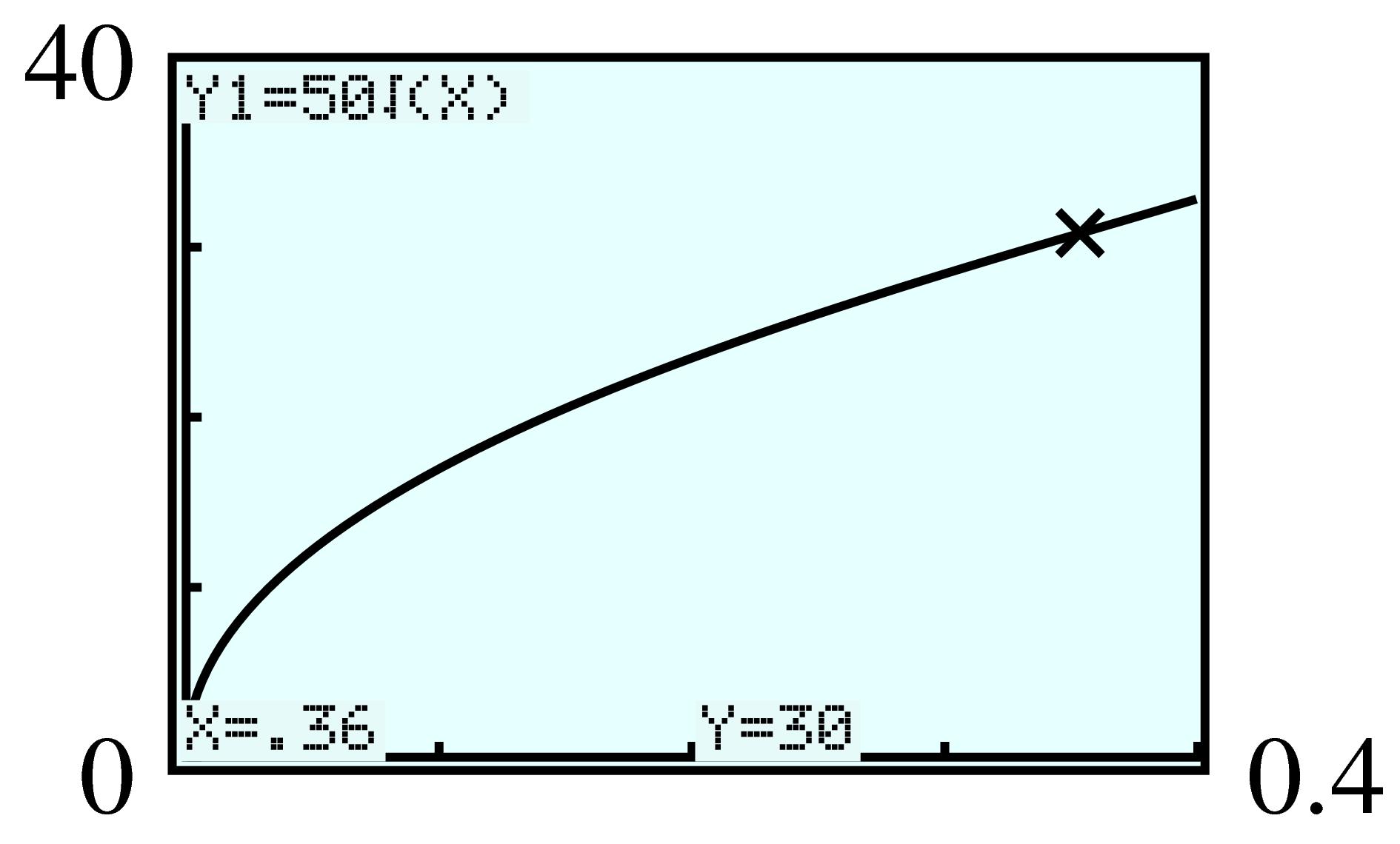
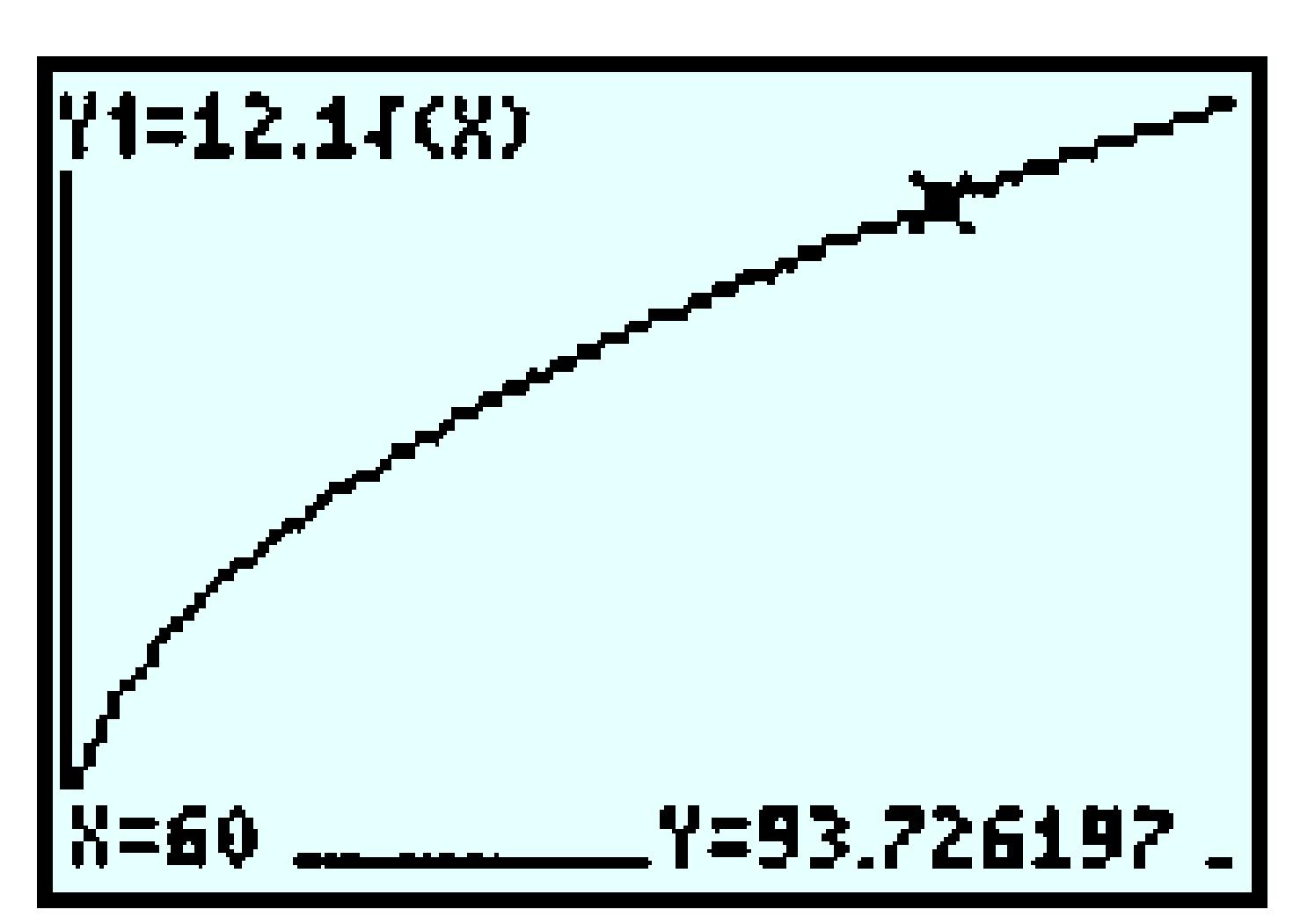
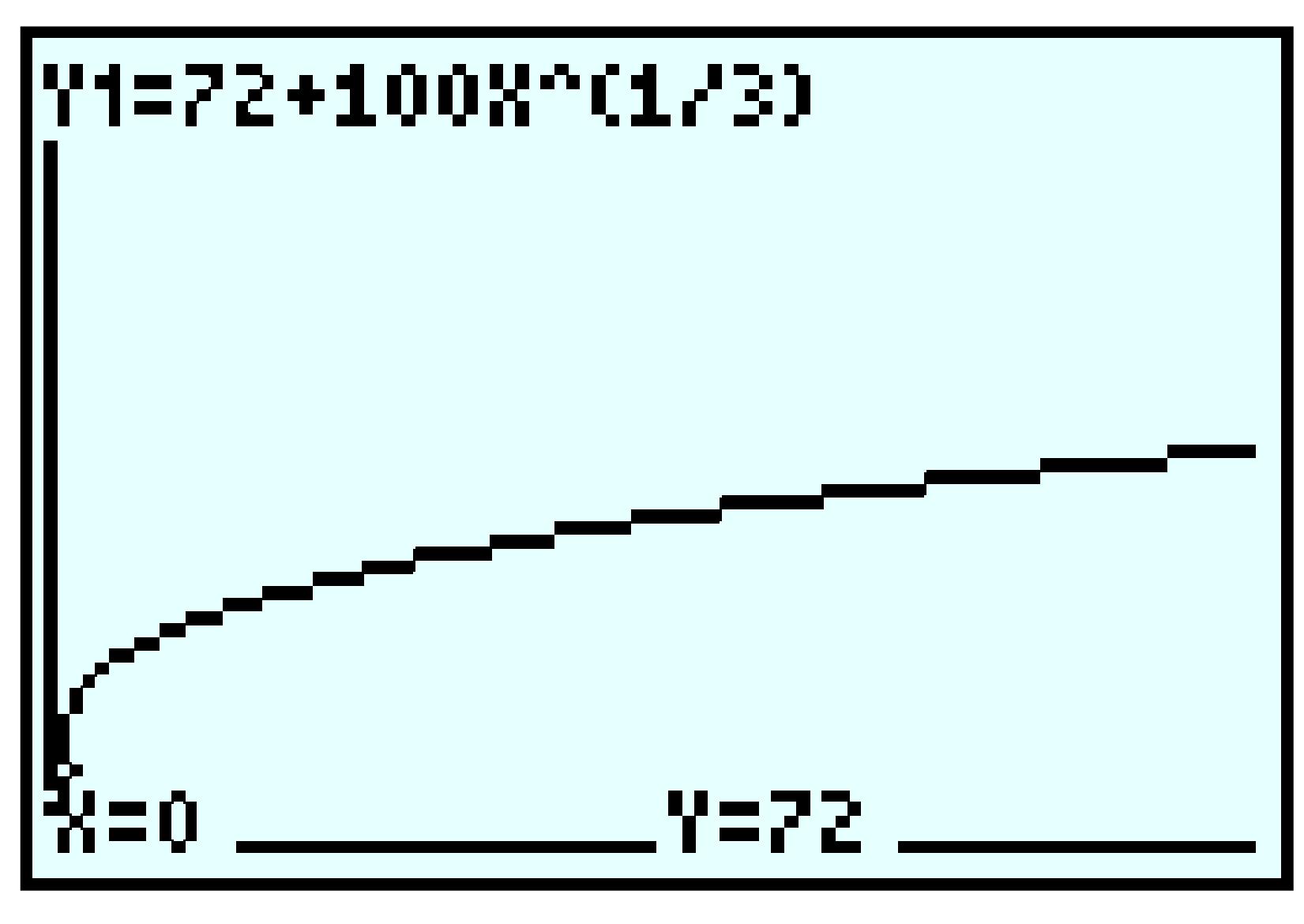
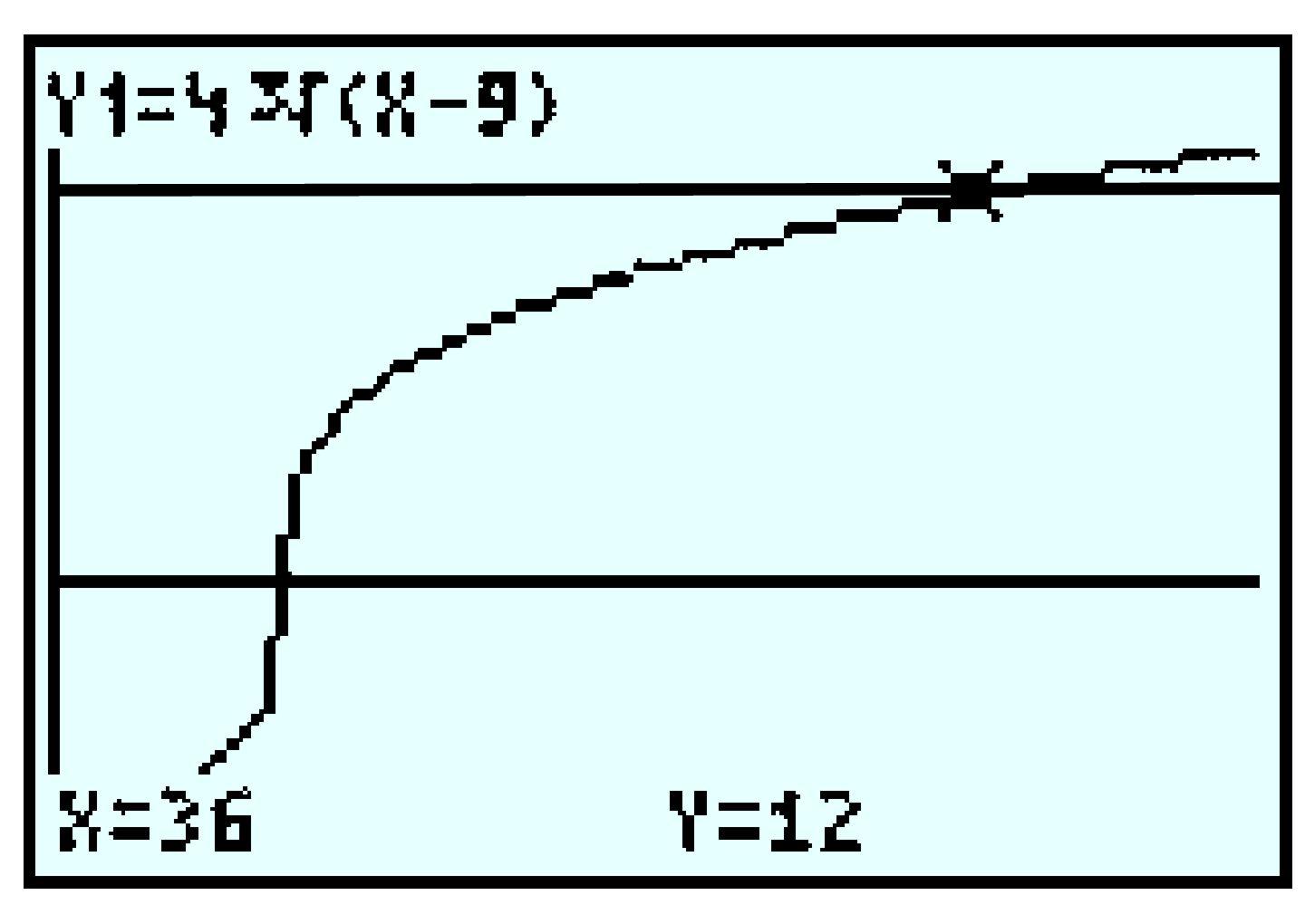
| \(t\) | \(5\) | \(10\) | \(15\) | \(20\) |
| \(I(t)\) | \(131 \) | \(199 \) | \(254 \) | \(302 \) |
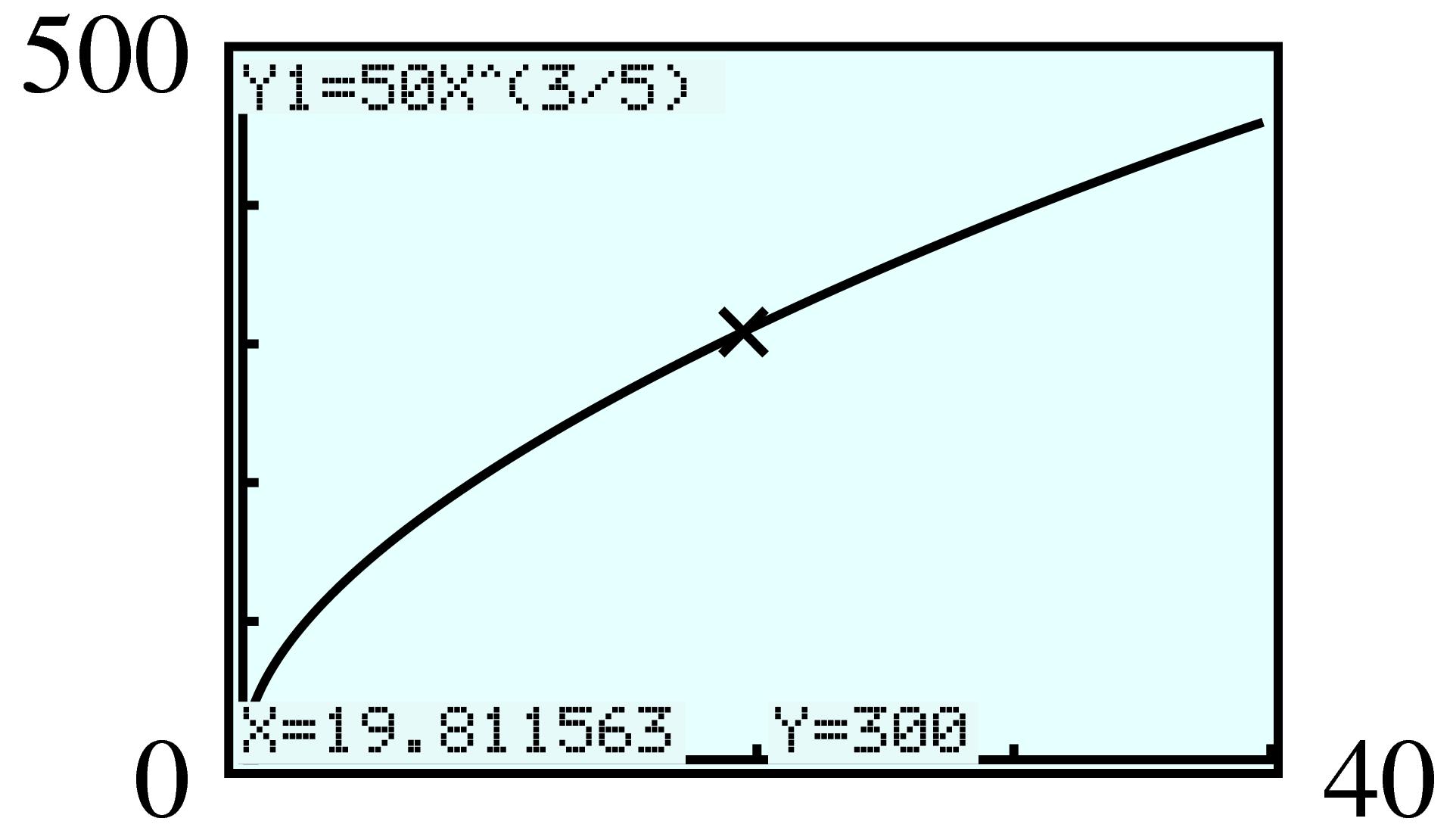

| \(A\) | \(10\) | \(100\) | \(1000\) | \(5000\) | \(10,000\) |
| \(S\) | \(25 \) | \(42 \) | \(69 \) | \(98 \) | \(115 \) |


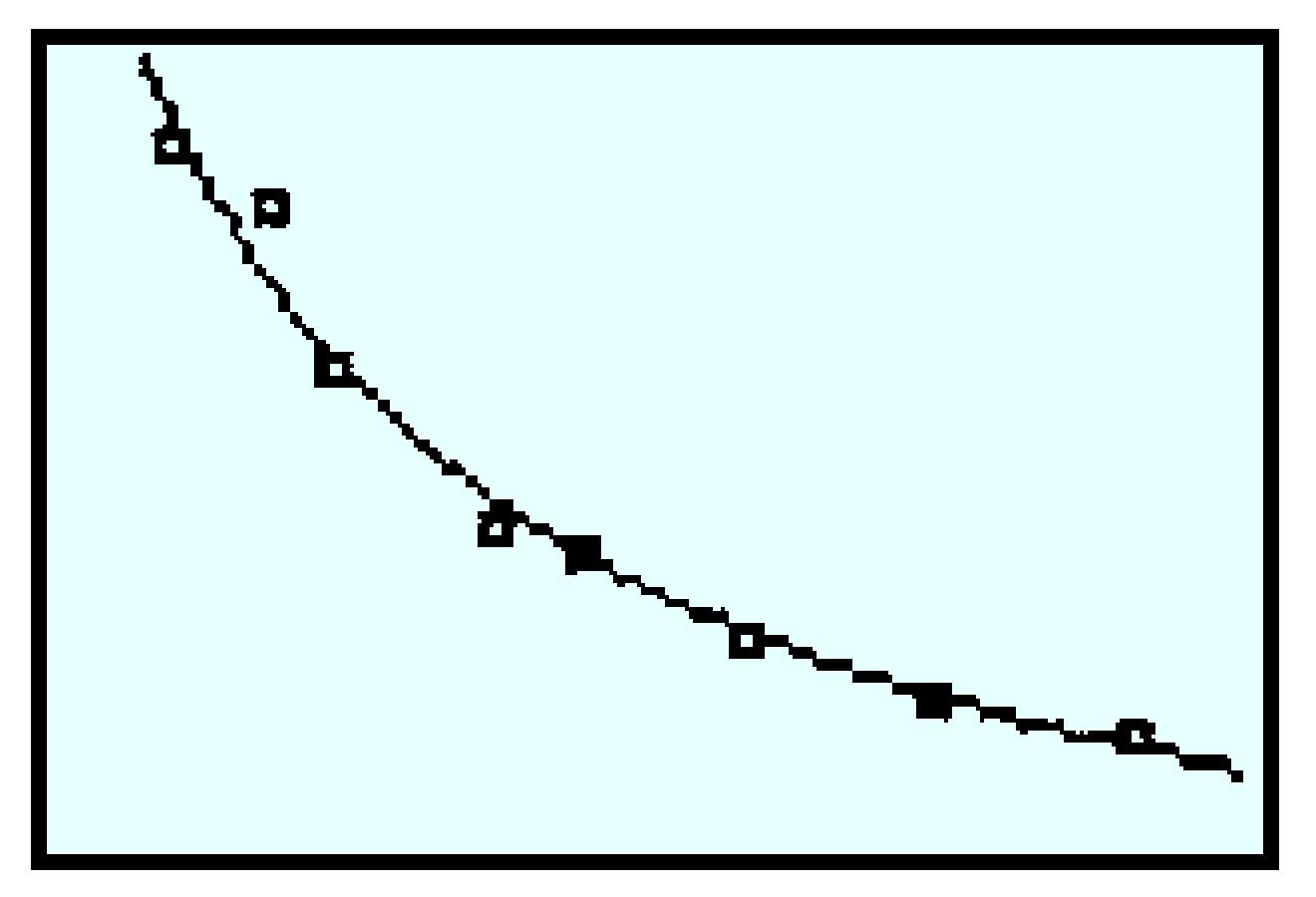




| Percent Ammonia | ||||||||
| Pressure (atmospheres) | ||||||||
| Temperature (\(\degree\)C) |
\(50\) | \(100\) | \(150\) | \(200\) | \(250\) | \(300\) | \(350\) | \(400\) |
| \(350\) | \(25\) | \(38\) | \(46\) | \(53\) | \(58\) | \(62\) | \(66\) | \(68\) |
| \(400\) | \(16\) | \(26\) | \(33\) | \(38\) | \(45\) | \(48\) | \(53\) | \(56\) |
| \(450\) | \(9\) | \(17\) | \(23\) | \(28\) | \(32\) | \(37\) | \(40\) | \(43\) |
| \(500\) | \(6\) | \(11\) | \(16\) | \(20\) | \(23\) | \(27\) | \(29\) | \(32\) |
| \(550\) | \(4\) | \(8\) | \(11\) | \(14\) | \(17\) | \(19\) | \(22\) | \(24\) |




| \(x\) | \(16\) | \(\dfrac{1}{4} \) | \(3\) | \(100\) |
| \(Q(x)\) | \(4096 \) | \(\dfrac{1}{8} \) | \(4\sqrt{3^5}\approx 62.35 \) | \(400,000\) |

| \(x\) | \(0\) | \(1 \) | \(5\) | \(10\) | \(20\) | \(50\) | \(70\) | \(100\) |
| \(f(x)\) | \(0 \) | \(1 \) | \(1.62\) | \(2.00 \) | \(2.46 \) | \(3.23\) | \(3.58\) | \(3.98\) |









| \(t\) | \(0\) | \(1\) | \(2\) |
| \(P(t)\) | \(2\) | \(6\) | \(18\) |
| \(Q(t)\) | \(1\) | \(6\) | \(36\) |

| \(t\) | \(0\) | \(1\) | \(2\) | \(3\) | \(4\) |
| \(P\) | \(~8~\) | \(12\) | \(18\) | \(27\) | \(40.5\) |
| \(x\) | \(0\) | \(1\) | \(2\) | \(3\) | \(4\) |
| \(Q\) | \(20\) | \(24\) | \(28.8\) | \(34.56\) | \(41.47\) |
| \(w\) | \(0\) | \(1\) | \(2\) | \(3\) | \(4\) |
| \(N\) | \(120\) | \(96\) | \(76.8\) | \(61.44\) | \(49.15\) |
| \(t\) | \(0\) | \(1\) | \(2\) | \(3\) | \(4\) |
| \(C\) | \(10\) | \(8\) | \(6.4\) | \(5.12\) | \(4.10\) |
| \(n\) | \(0\) | \(1\) | \(2\) | \(3\) | \(4\) |
| \(B\) | \(200\) | \(220\) | \(242\) | \(266.2\) | \(292.82\) |
| \(t\) | \(0\) | \(2\) | \(4\) | \(6\) | \(8\) |
| \(L(t)\) | \(3\) | \(6\) | \(9\) | \(12\) | \(15\) |
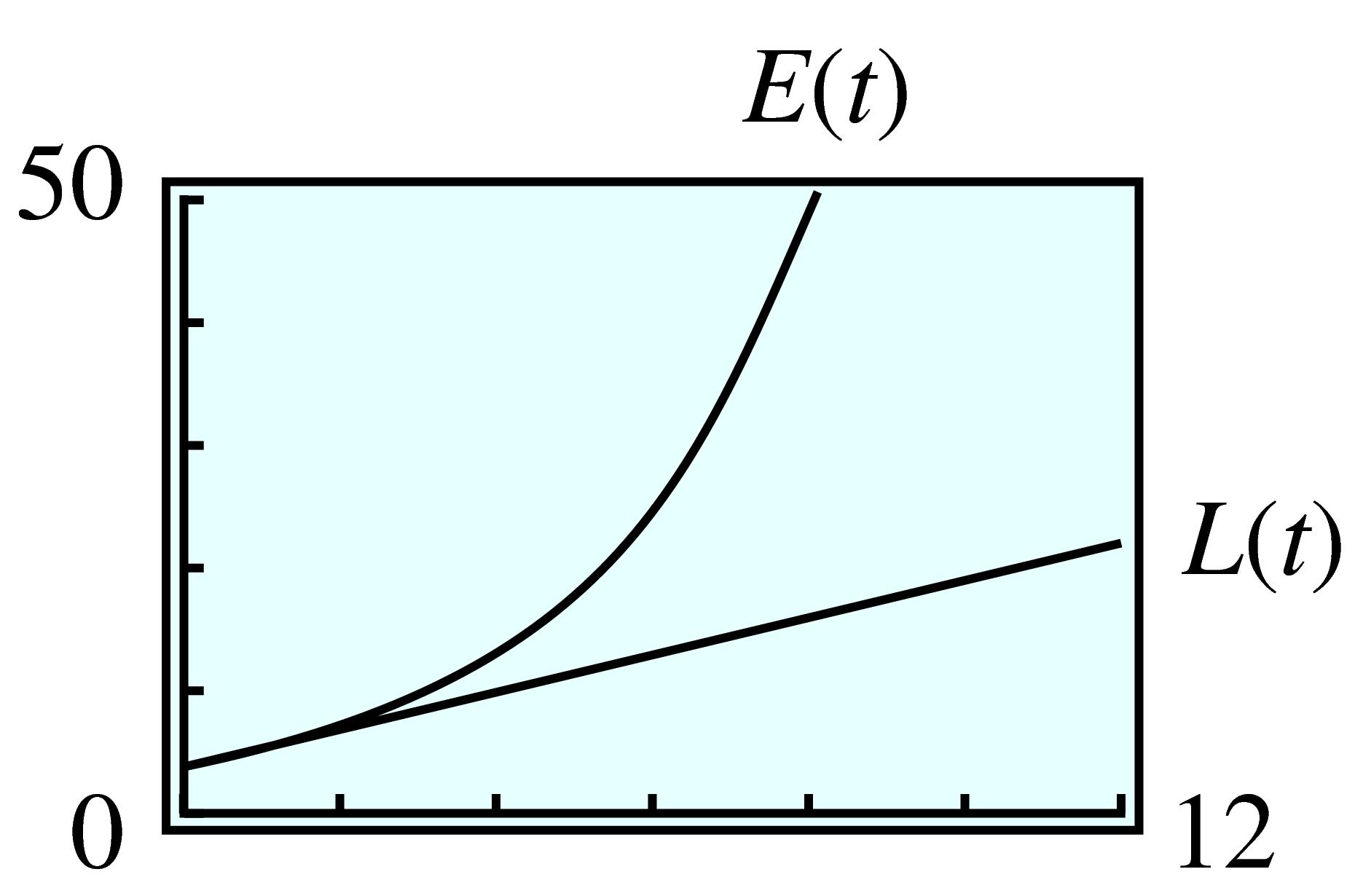
| \(t\) | \(0\) | \(2\) | \(4\) | \(6\) | \(8\) |
| \(E(t)\) | \(3\) | \(6\) | \(12\) | \(24\) | \(48\) |
| \(x\) | \(-3\) | \(-2\) | \(-1\) | \(0\) | \(1\) | \(2\) | \(3\) |
| \(f(x)=3^x \) | \(\frac{1}{27} \) | \(\frac{1}{9} \) | \(\frac{1}{3} \) | \(1\) | \(3\) | \(9\) | \(27\) |
| \(g(x)=\left(\frac{1}{3} \right)^x \) | \(27\) | \(9\) | \(3\) | \(1\) | \(\frac{1}{3} \) | \(\frac{1}{9} \) | \(\frac{1}{27} \) |

| \(t\) | \(-3\) | \(-2\) | \(-1\) | \(0\) | \(1\) | \(2\) | \(3\) |
| \(h(t)=4^{-t} \) | \(64\) | \(16\) | \(4\) | \(1\) | \(\frac{1}{4} \) | \(\frac{1}{16} \) | \(\frac{1}{64} \) |
| \(q(t)=-4^t \) | \(\frac{-1}{64} \) | \(\frac{-1}{16} \) | \(\frac{-1}{4} \) | \(-1\) | \(-4\) | \(-16\) | \(-64\) |


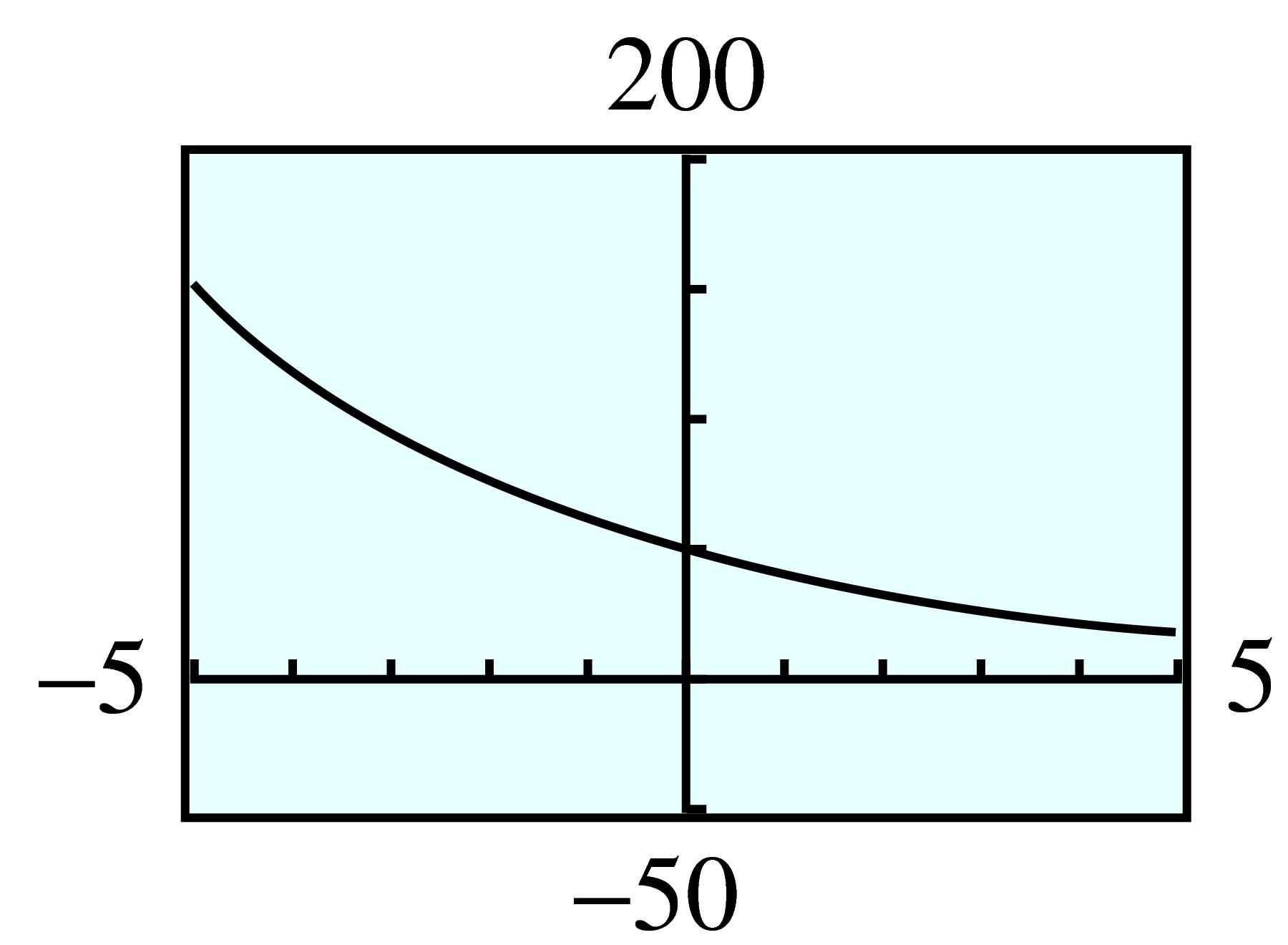
| \(x\) | \(y=2^x\) | \(f(x)\) | \(g(x)\) |
| \(-2\) | \(\dfrac{1}{4} \) | \(\dfrac{1}{8} \) | \(\dfrac{-3}{4} \) |
| \(-1\) | \(\dfrac{1}{2} \) | \(\dfrac{1}{4} \) | \(\dfrac{-1}{2} \) |
| \(0\) | \(1 \) | \(\dfrac{1}{2} \) | \(0 \) |
| \(1\) | \(2 \) | \(1 \) | \(1 \) |
| \(2\) | \(4 \) | \(2 \) | \(3 \) |

| \(x\) | \(y=3^x\) | \(f(x)\) | \(g(x)\) |
| \(-2\) | \(\dfrac{1}{9} \) | \(\dfrac{-1}{9} \) | \(9 \) |
| \(-1\) | \(\dfrac{1}{3} \) | \(\dfrac{-1}{3} \) | \(3 \) |
| \(0\) | \(1 \) | \(-1 \) | \(1 \) |
| \(1\) | \(3 \) | \(-3 \) | \(\dfrac{1}{3} \) |
| \(2\) | \(9 \) | \(-9 \) | \(\dfrac{1}{9} \) |
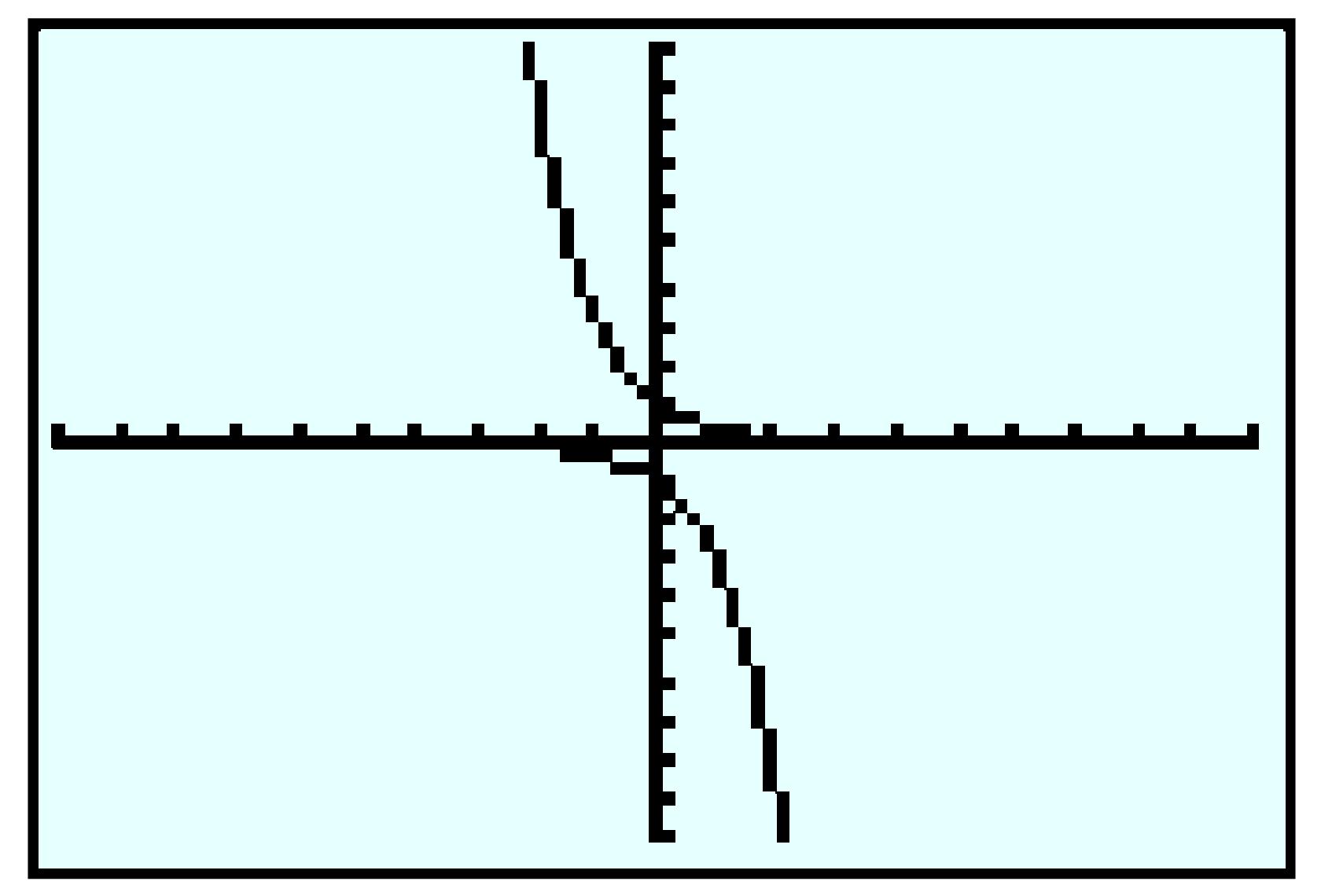
| \(x\) | \(0\) | \(1\) | \(2\) |
| \(f(x)\) | \(300\) | \(600\) | \(1200\) |
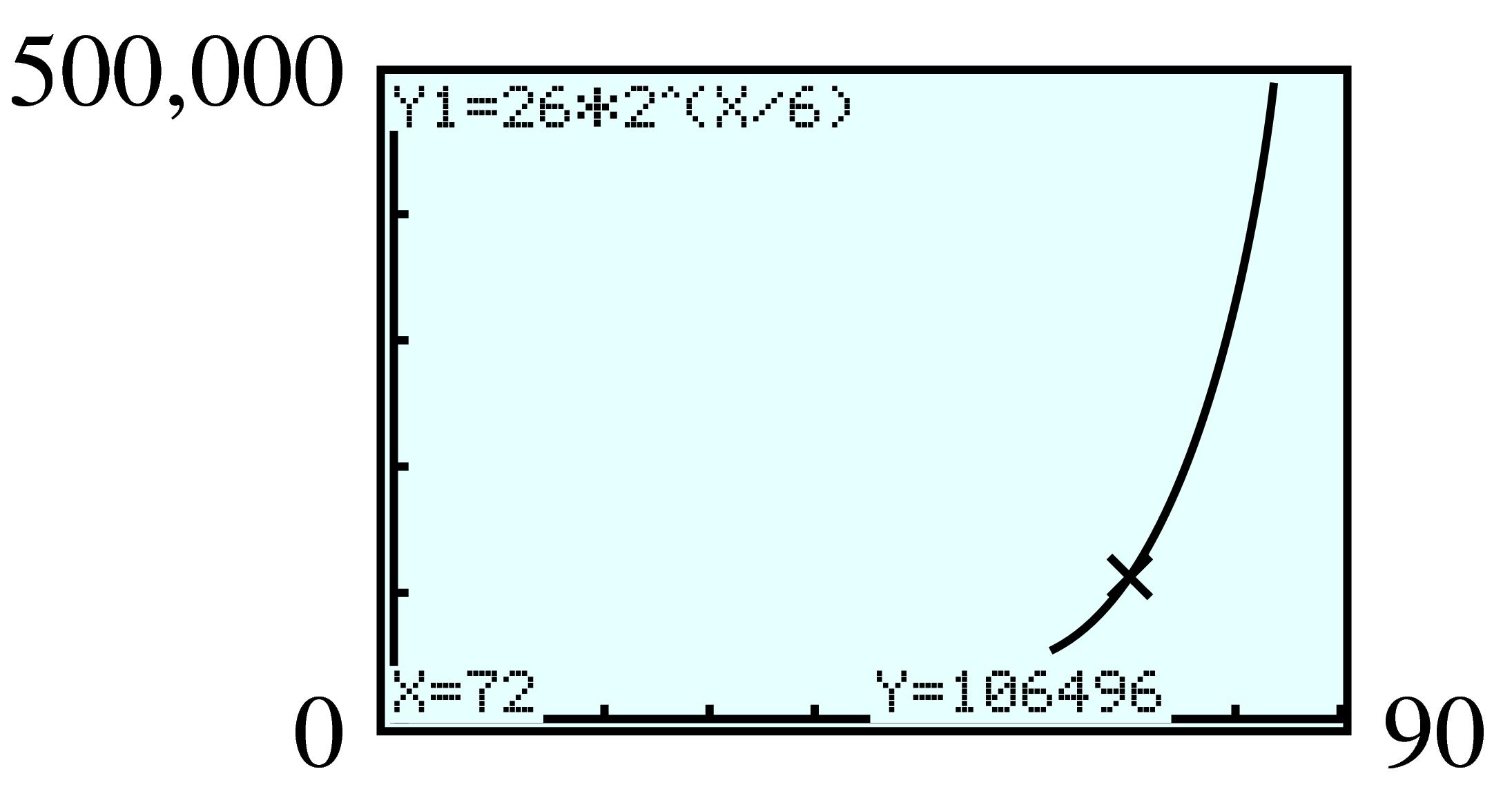
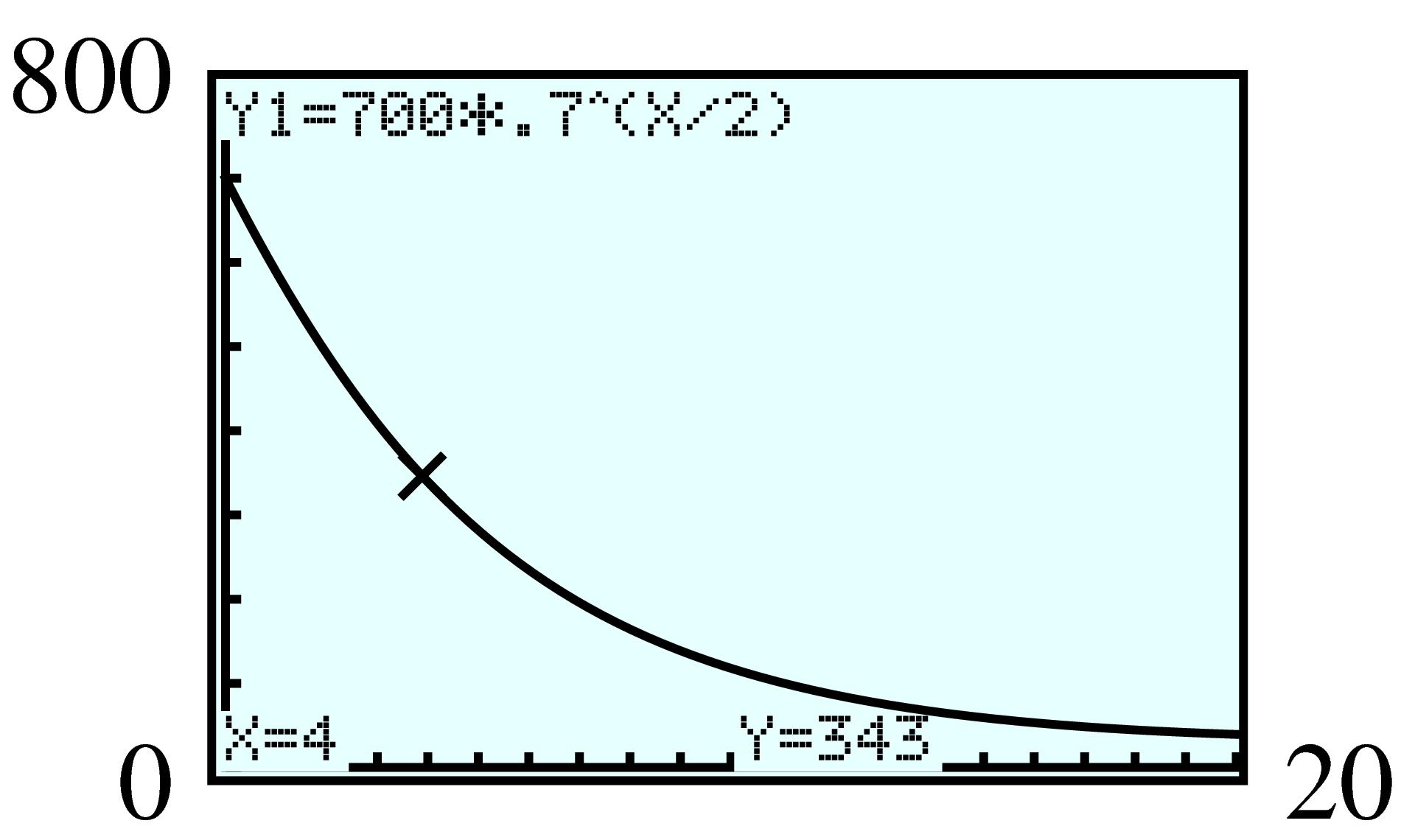
| \(x\) | \(f(x)=x^2\) | \(g(x)=2^x \) |
| \(-2\) | \(4\) | \(\frac{1}{4} \) |
| \(-1\) | \(1\) | \(\frac{1}{2} \) |
| \(0\) | \(0\) | 1 |
| \(1\) | \(1\) | \(2\) |
| \(2\) | \(4\) | \(4\) |
| \(3\) | \(9\) | \(8\) |
| \(4\) | \(16\) | \(16\) |
| \(5\) | \(25\) | \(32\) |











| \(t\) | \(3.5\) | \(4\) | \(8\) | \(10\) | \(15\) |
| \(f(t)\) | \(128\) | \(154.75\) | \(184.05\) | \(150.93\) | \(103.96\) |



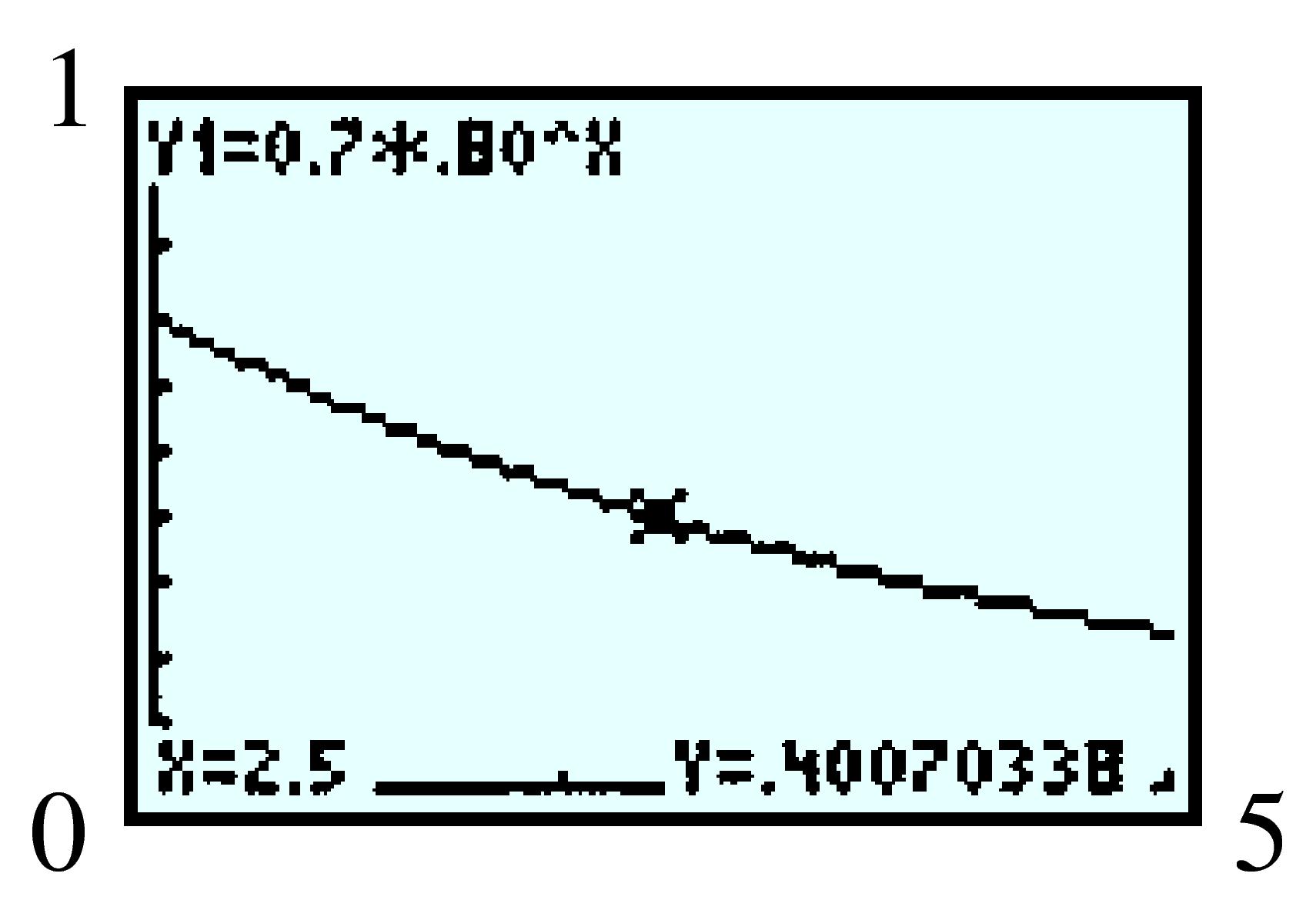
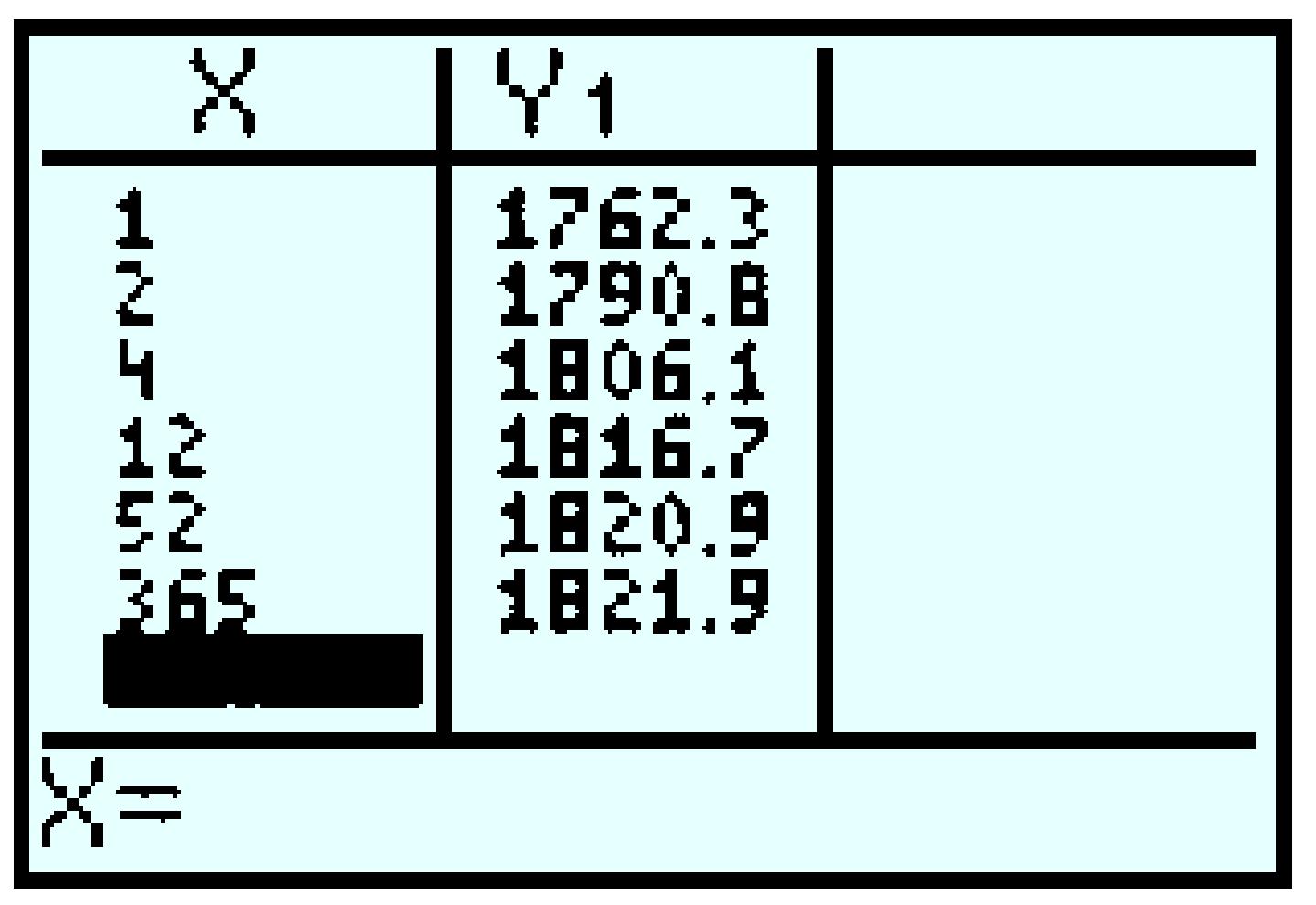



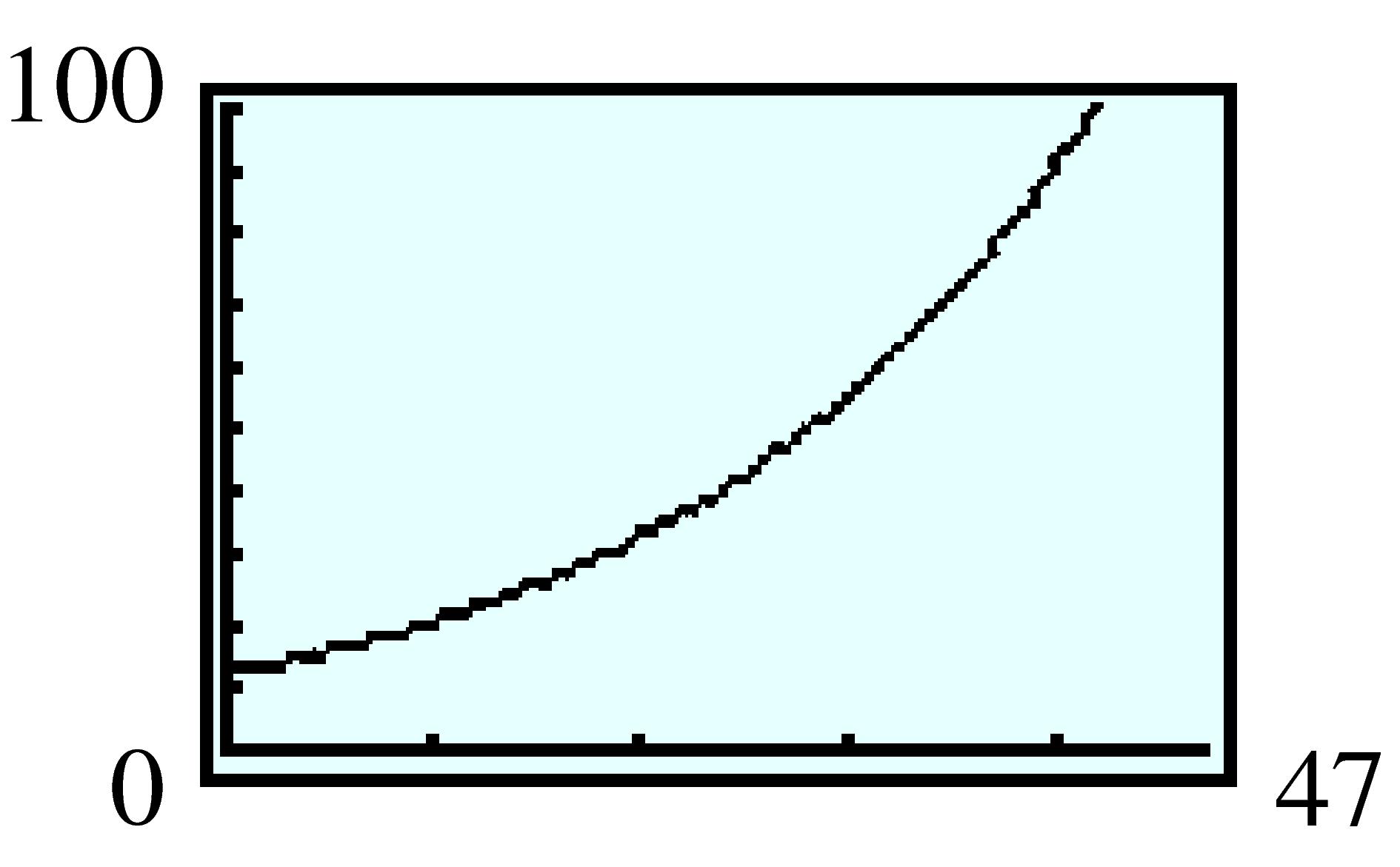



| Name of chip | Year | Moore’s law |
\(N(t)\) | Actual number |
| Pentium IV | \(2000\) | \(2,306,867,200\) | \(20,427,413\) | \(42,000,000\) |
| Pentium M (Banias) | \(2003\) | \(9,227,468,800\) | \(50,932,200\) | \(77,000,000\) |
| Pentium M (Dothan) | \(2004\) | \(14,647,693,680\) | \(69,064,063\) | \(140,000,000\) |





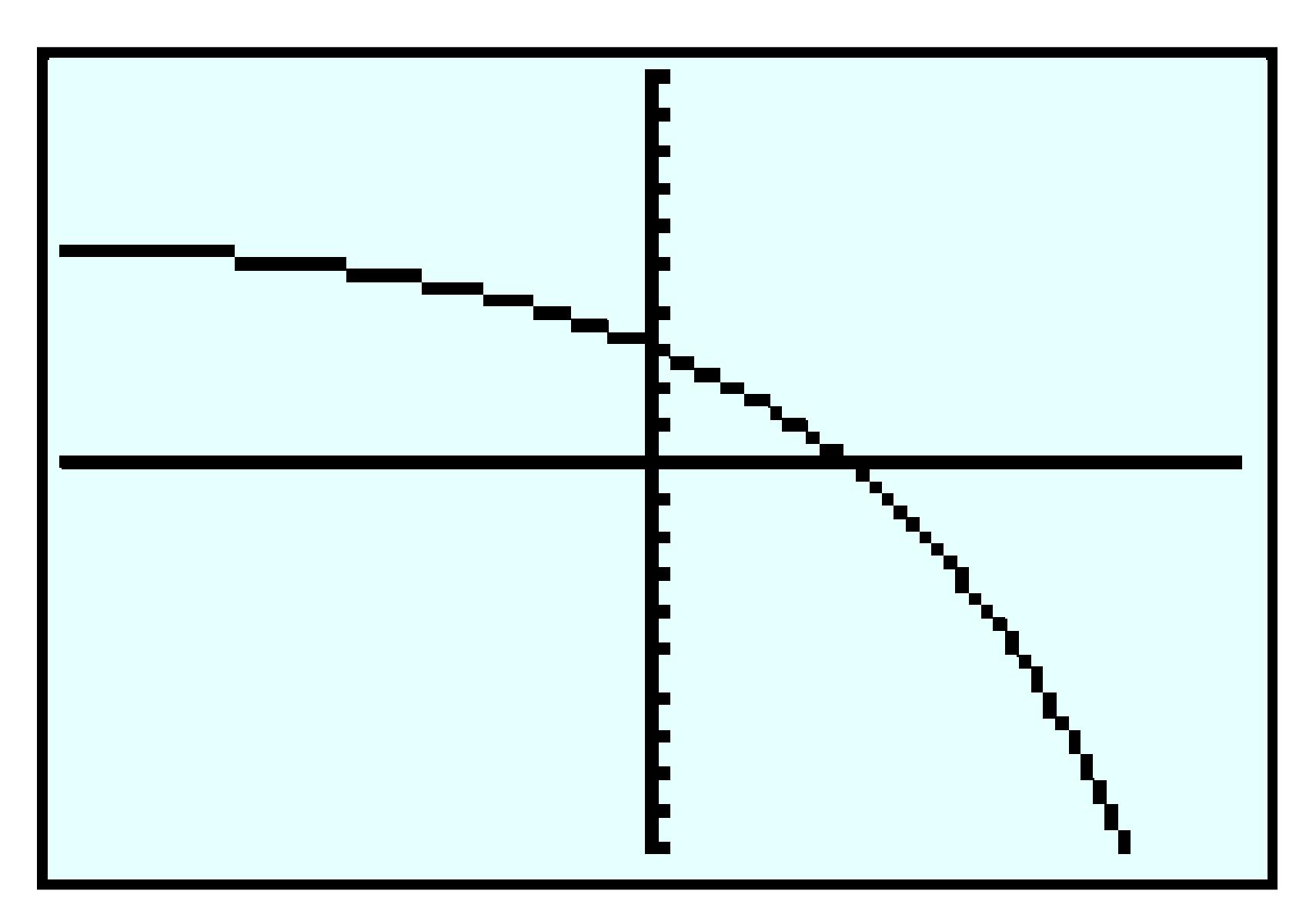
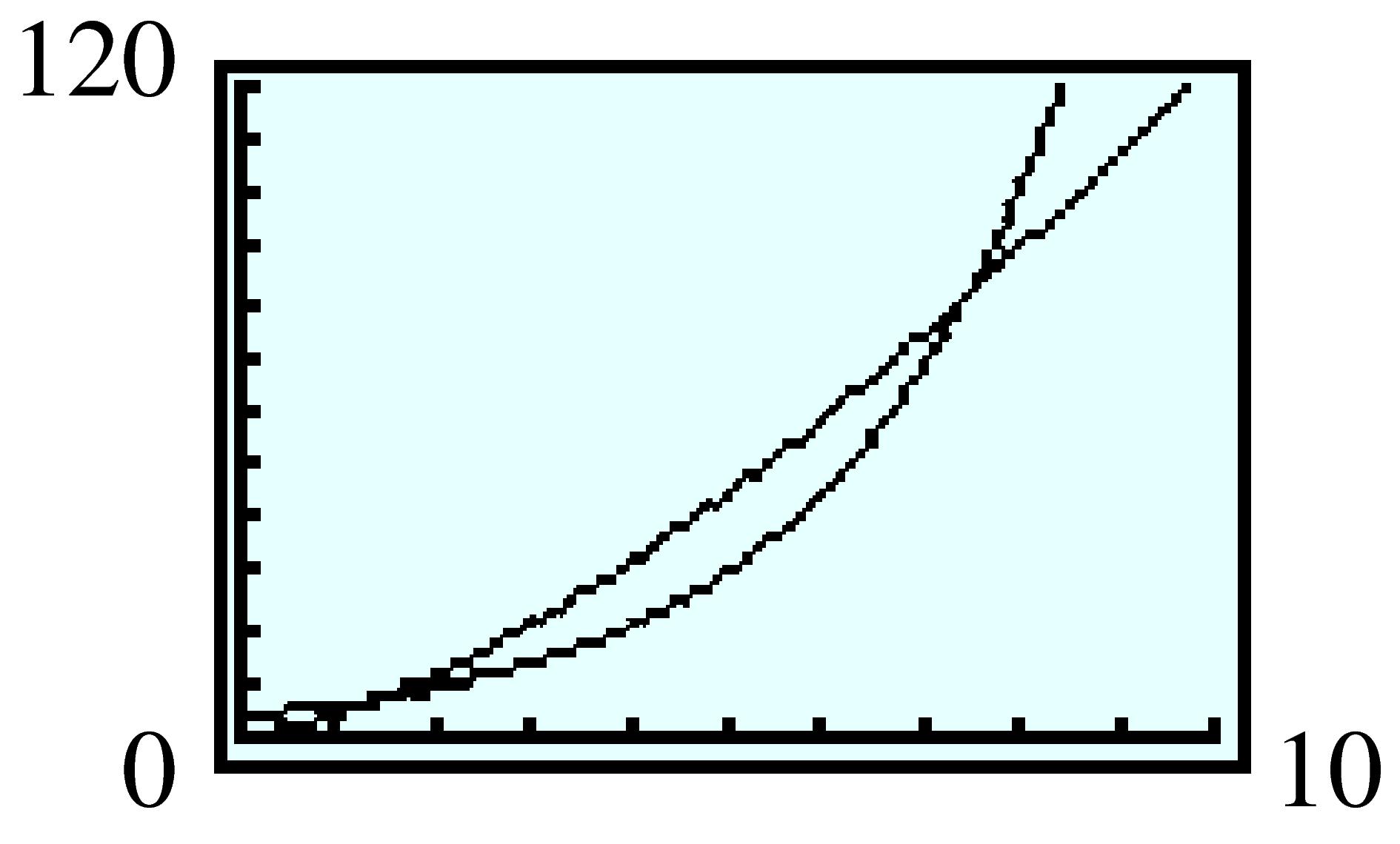
| Day | \(1\) | \(2\) | \(3\) | \(\cdots\) | \(t\) | \(\cdots\) | \(30\) |
| Wage (cent) | \(2\) | \(4\) | \(8\) | \(\cdots\) | \(2^t\) | \(\cdots\) | \(2^{30}\) |
| \(x\) | \(-1\) | \(0\) | \(1\) | \(2\) |
| \(f(x)\) | \(0\) | \(1\) | \(-2\) | \(-1\) |
| \(y\) | \(0\) | \(1\) | \(-2\) | \(-1\) |
| \(f^{-1}(y) \) | \(-1\) | \(0\) | \(1\) | \(2\) |
| \(x\) | \(-1\) | \(0\) | \(1\) | \(2\) |
| \(f(x)\) | \(-1\) | \(1\) | \(3\) | \(11\) |
| \(y\) | \(-1\) | \(1\) | \(3\) | \(11\) |
| \(f^{-1}(y) \) | \(-1\) | \(0\) | \(1\) | \(2\) |

| \(x\) | \(0\) | \(6\) |
| \(y\) | \(300\) | \(1200\) |
| \(x\) | \(300\) | \(1200\) |
| \(y\) | \(0\) | \(6\) |

| \(x\) | \(0\) | \(1\) | \(2\) |
| \(y\) | \(5\) | \(20\) | \(100\) |
| \(x\) | \(5\) | \(20\) | \(100\) |
| \(y\) | \(0\) | \(1\) | \(2\) |





| \(x\) | \(-1\) | \(0\) | \(1\) | \(2\) |
| \(2^x\) | \(\frac{1}{2} \) | \(1\) | \(2\) | \(4\) |
| \(x\) | \(\frac{1}{2} \) | \(1\) | \(2\) | \(4\) |
| \(\log_2 x\) | \(-1\) | \(0\) | \(1\) | \(2\) |

| \(x\) | \(-2\) | \(-1\) | \(0\) | \(1\) |
| \(\left(\frac{1}{3}\right)^x\) | \(9\) | \(3\) | \(1\) | \(\frac{1}{3} \) |
| \(x\) | \(9\) | \(3\) | \(1\) | \(\frac{1}{3} \) |
| \(\log_{1/3} x\) | \(-2\) | \(-1\) | \(0\) | \(1\) |




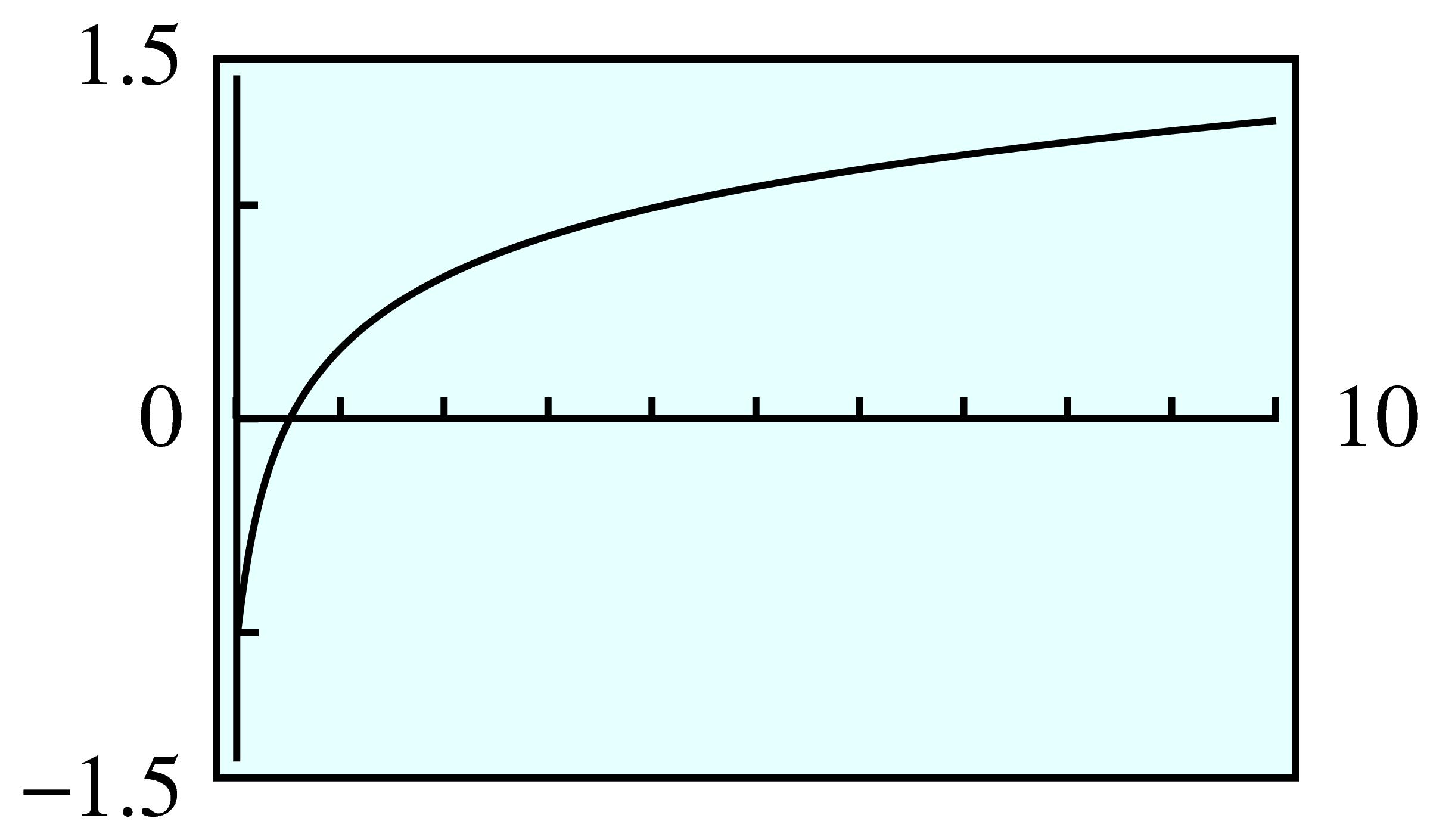
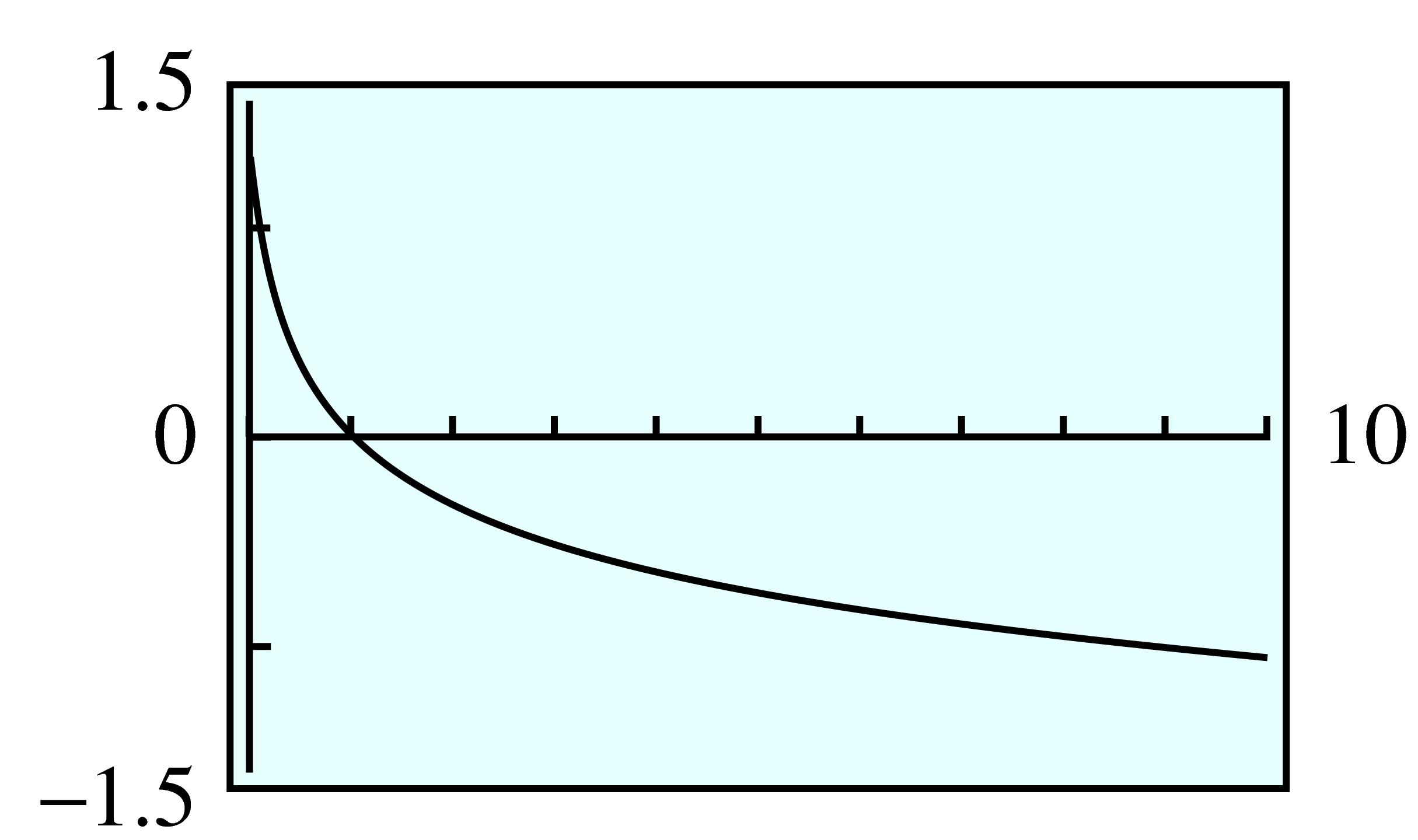
| \(x\) | \(x^2\) | \(\log_{10}x\) | \(\log_{10}x^2 \) |
| \(1\) | \(1\) | \(0\) | \(0\) |
| \(2\) | \(4\) | \(0.301\) | \(0.602\) |
| \(3\) | \(9\) | \(0.477\) | \(0.954\) |
| \(4\) | \(16\) | \(0.602\) | \(1.204\) |
| \(5\) | \(25\) | \(0.699\) | \(1.398\) |
| \(6\) | \(36\) | \(0.778\) | \(1.556\) |
| \(x\) | \(y=\log_e x \) |
| \(1\) | \(0\) |
| \(2\) | \(0.693\) |
| \(4\) | \(1.386\) |
| \(16\) | \(2.772\) |
| \(\frac{1}{2} \) | \(-0.693\) |
| \(\frac{1}{4} \) | \(-1.386\) |
| \(\frac{1}{16} \) | \(-2.772\) |

| \(x\) | \(-10\) | \(-5\) | \(0\) | \(5\) | \(10\) | \(15\) | \(20\) |
| \(f(x)\) | \(0.135\) | \(0.368\) | \(1\) | \(2.718\) | \(7.389\) | \(20.086\) | \(54.598\) |

| \(x\) | \(-10\) | \(-5\) | \(0\) | \(5\) | \(10\) | \(15\) | \(20\) |
| \(f(x)\) | \(20.086\) | \(4.482\) | \(1\) | \(0.223\) | \(0.05\) | \(0.011\) | \(0.00248\) |

| \(t\) | \(0\) | \(5\) | \(10\) | \(15\) | \(20\) | \(25\) | \(30\) |
| \(N(t)\) | \(6000\) | \(7328\) | \(8951\) | \(10,933\) | \(13,353\) | \(16,310\) | \(19,921\) |


| \(x\) | \(0\) | \(0.5\) | \(1\) | \(1.5\) | \(2\) | \(2.5\) |
| \(e^x\) | \(1 \) | \(1.6487\) | \(2.7183\) | \(4.4817\) | \(7.3891\) | \(12.1825\) |
| \(x\) | \(0\) | \(0.6931\) | \(1.3863\) | \(2.0794\) | \(2.7726\) | \(3.4657\) | \(4.1589\) |
| \(e^x\) | \(1 \) | \(2\) | \(4\) | \(8\) | \(16\) | \(32\) | \(64\) |
| \(n\) | \(0.39\) | \(3.9\) | \(39\) | \(390\) |
| \(\ln n\) | \(-0.942 \) | \(1.361 \) | \(3.664 \) | \(5.966 \) |
| \(n\) | \(2\) | \(4\) | \(8\) | \(16\) |
| \(\ln n\) | \(0.693 \) | \(1.386 \) | \(2.079 \) | \(2.773 \) |






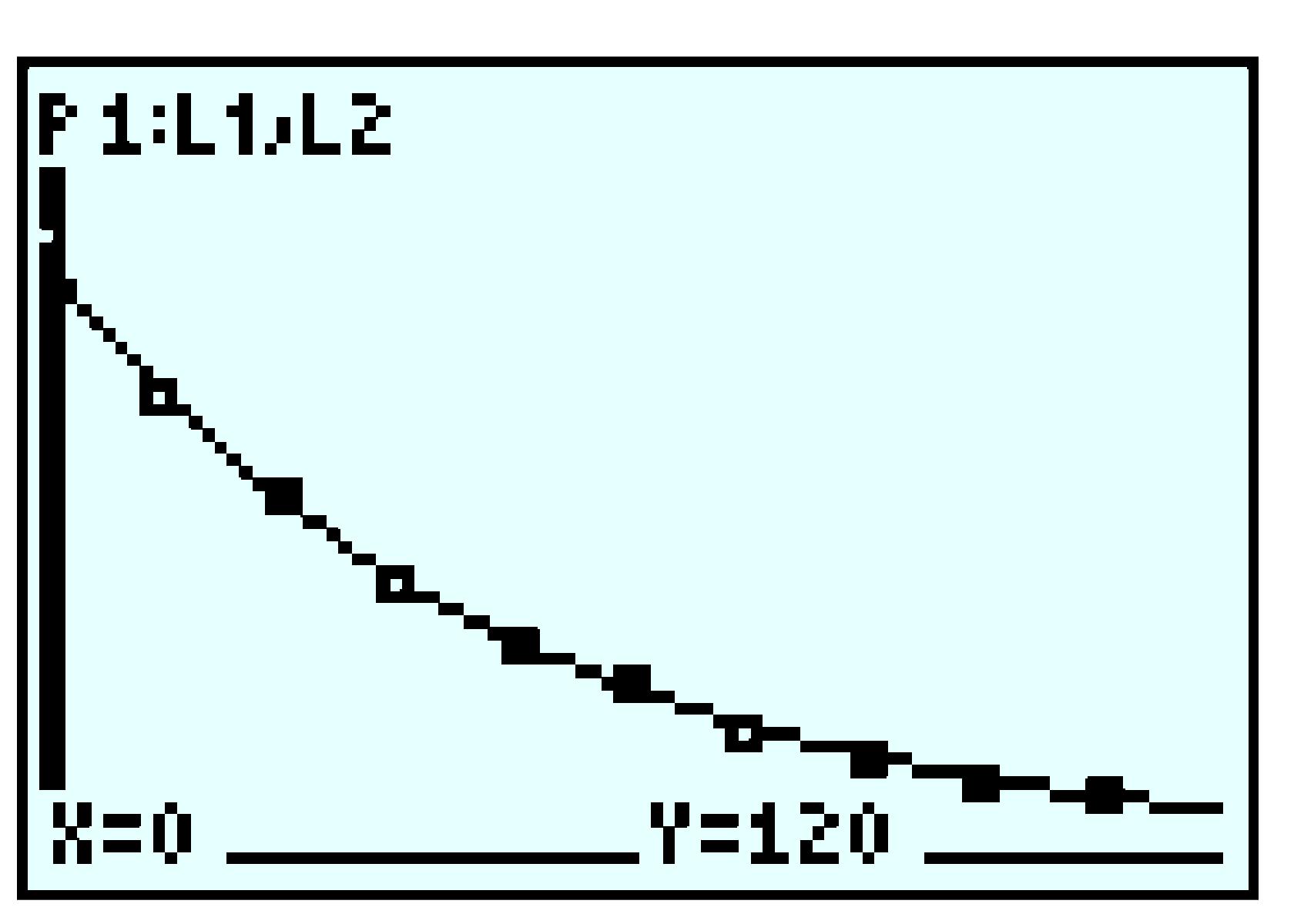




| \(y\) | \(-1\) | \(1\) | \(3\) | \(11\) |
| \(x=f^{-1}(y)\) | \(-1\) | \(0\) | \(1\) | \(2\) |
| \(y\) | \(0\) | \(\frac{-1}{3} \) | \(-1\) | \(-3\) |
| \(w=g^{-1}(y)\) | \(-1\) | \(0\) | \(1\) | \(2\) |




| \(t\) | \(0\) | \(0.5\) | \(1\) | \(1.5\) | \(2\) | \(2.5\) | \(3\) | \(3.5\) | \(4\) | \(4.5\) | \(5\) |
| \(h\) | \(300\) | \(306\) | \(304\) | \(294\) | \(276\) | \(250\) | \(216\) | \(174\) | \(124\) | \(66\) | \(0\) |
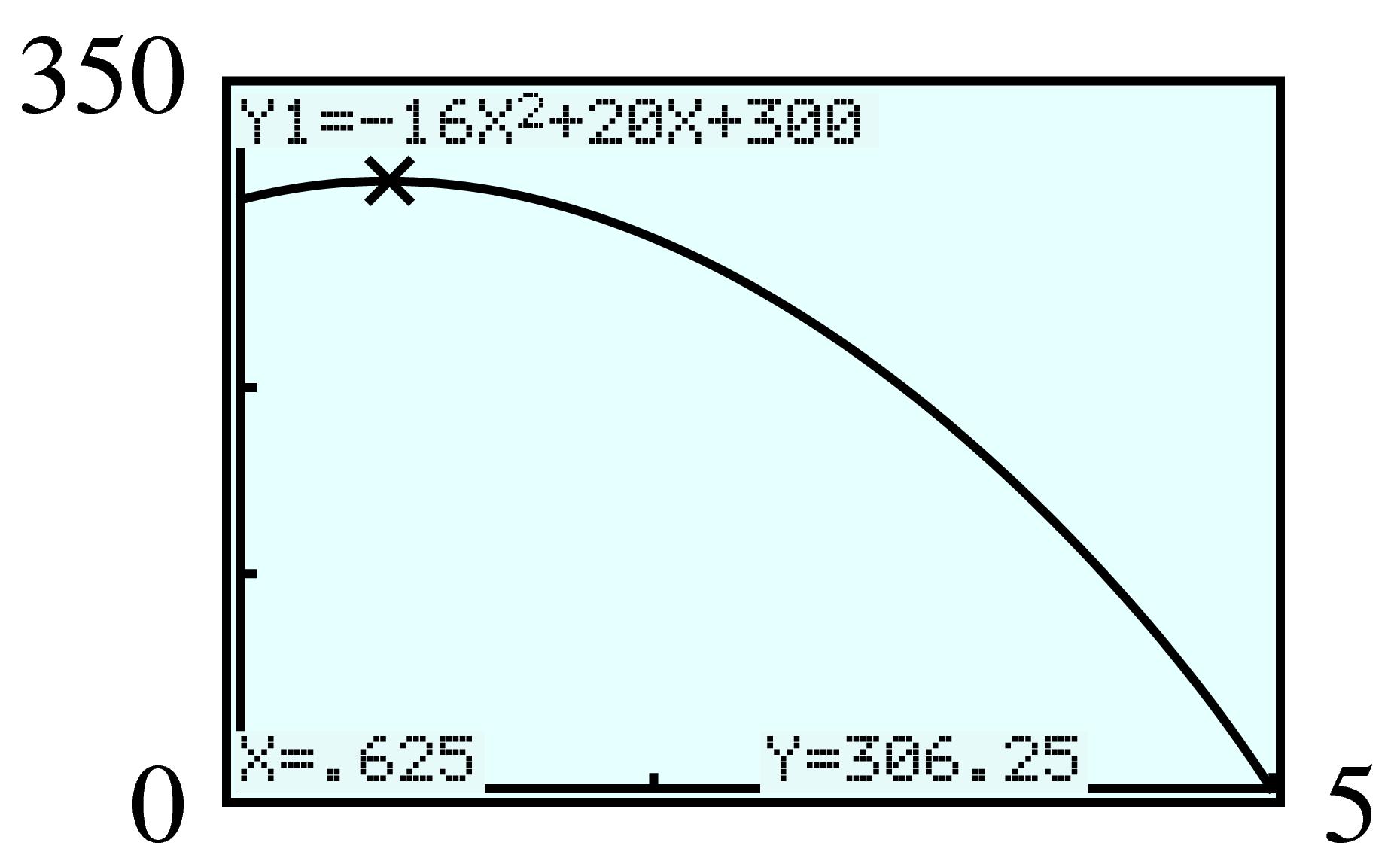
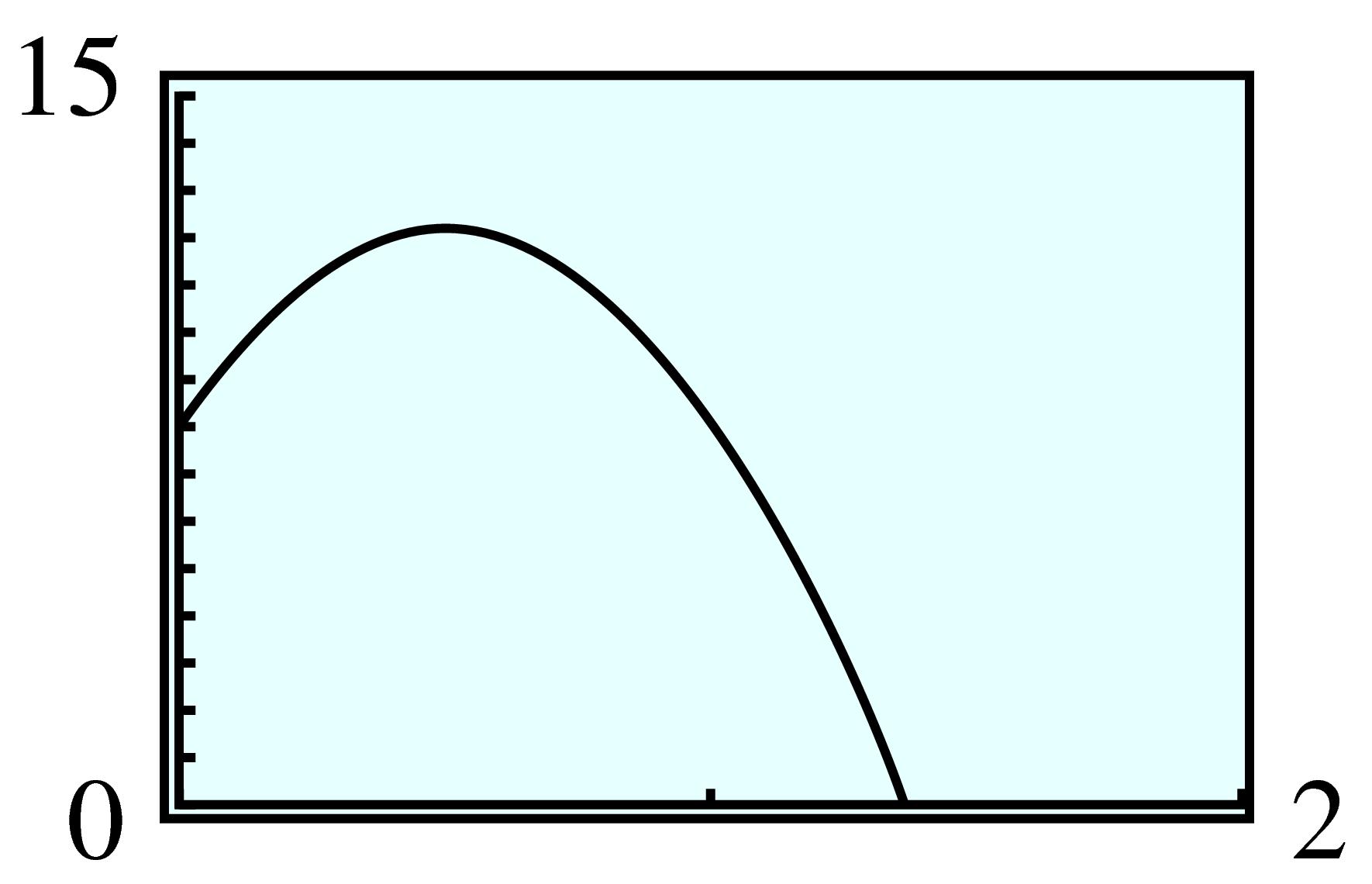
| Width | Length | Area |
| \(10\) | \(170\) | \(1700\) |
| \(20\) | \(160\) | \(3200\) |
| \(30\) | \(150\) | \(4500\) |
| \(40\) | \(140\) | \(5600\) |
| \(50\) | \(130\) | \(6500\) |
| \(60\) | \(120\) | \(7200\) |
| \(70\) | \(110\) | \(7700\) |
| \(80\) | \(100\) | \(8000\) |
| \(x\) | \(4\) | \(5\) | \(6\) | \(7\) | \(8\) | \(9\) | \(10\) |
| \(V\) | \(0\) | \(2\) | \(8\) | \(18\) | \(32\) | \(50\) | \(72\) |
| \(x\) | \(0\) | \(500\) | \(1000\) | \(1500\) | \(2000\) | \(2500\) | \(3000\) | \(3500\) |
| \(I\) | \(0\) | \(550\) | \(1000\) | \(1350\) | \(1600\) | \(1750\) | \(1800\) | \(1750\) |
| \(x\) | \(4000\) | \(4500\) | \(5000\) | \(5500\) | \(6000\) | \(6500\) | \(7000\) |
| \(I\) | \(1600\) | \(1350\) | \(1000\) | \(550\) | \(0\) | \(-650\) | \(-1400\) |
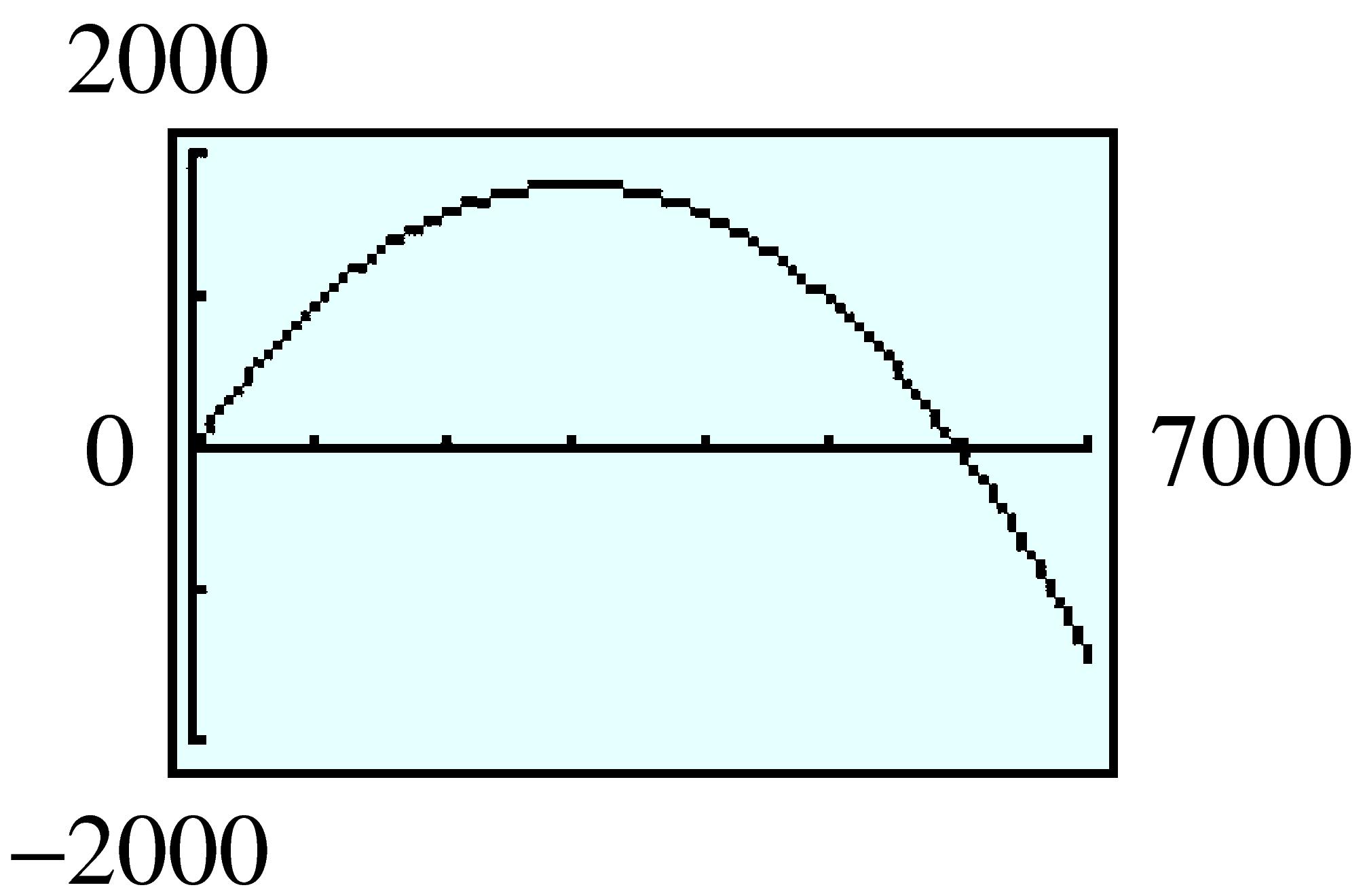

| \(s\) | \(10\) | \(20\) | \(30\) | \(40\) | \(50\) | \(60\) | \(70\) | \(80\) | \(90\) | \(100\) |
| \(d\) | \(9\) | \(27\) | \(53\) | \(87\) | \(129\) | \(180\) | \(239\) | \(307\) | \(383\) | \(467\) |
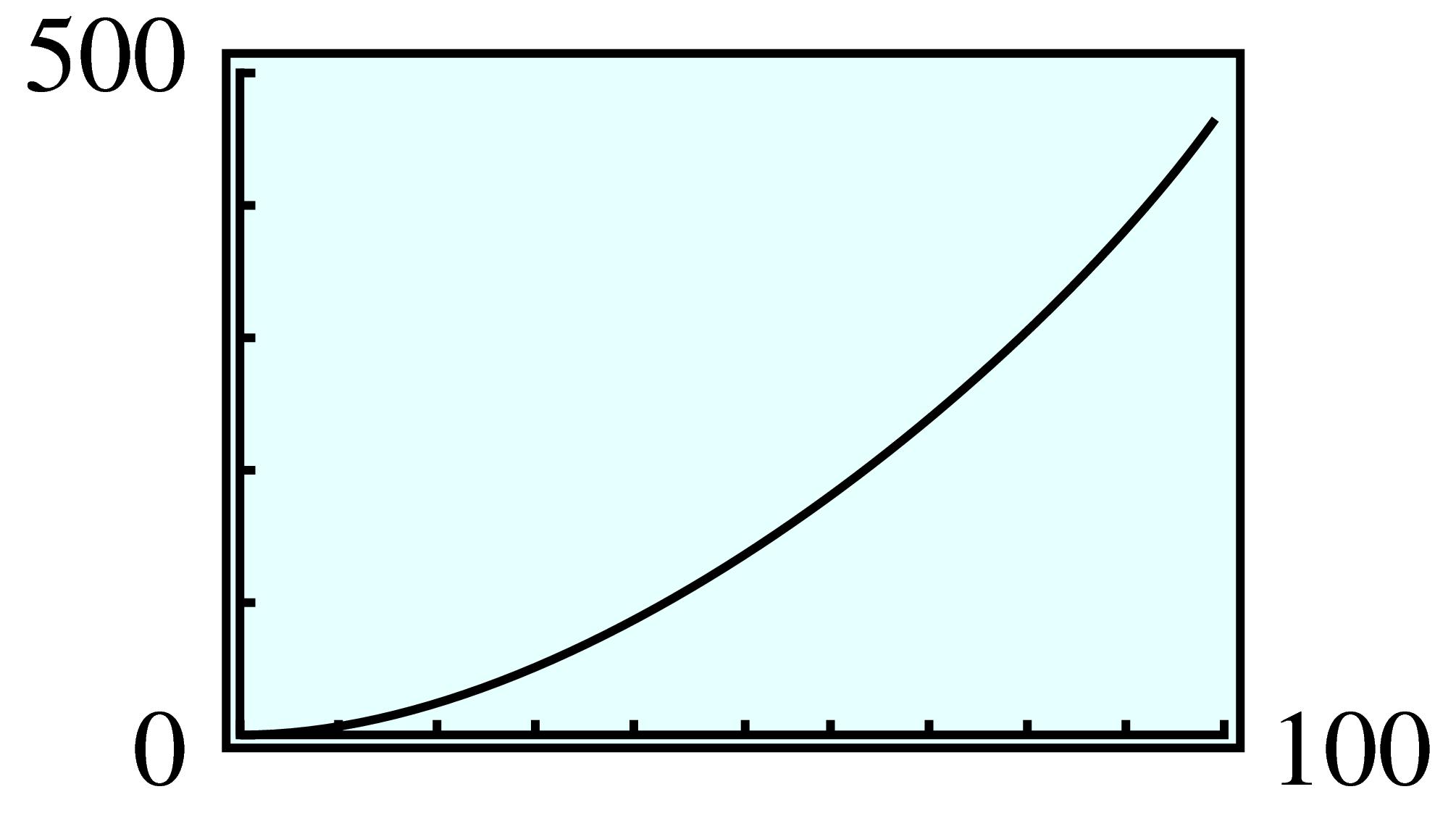
| \(t\) | \(0\) | \(5\) | \(10\) | \(15\) | \(20\) | \(25\) |
| \(h\) | \(11,000\) | \(10,520\) | \(9240\) | \(7160\) | \(4280\) | \(600\) |
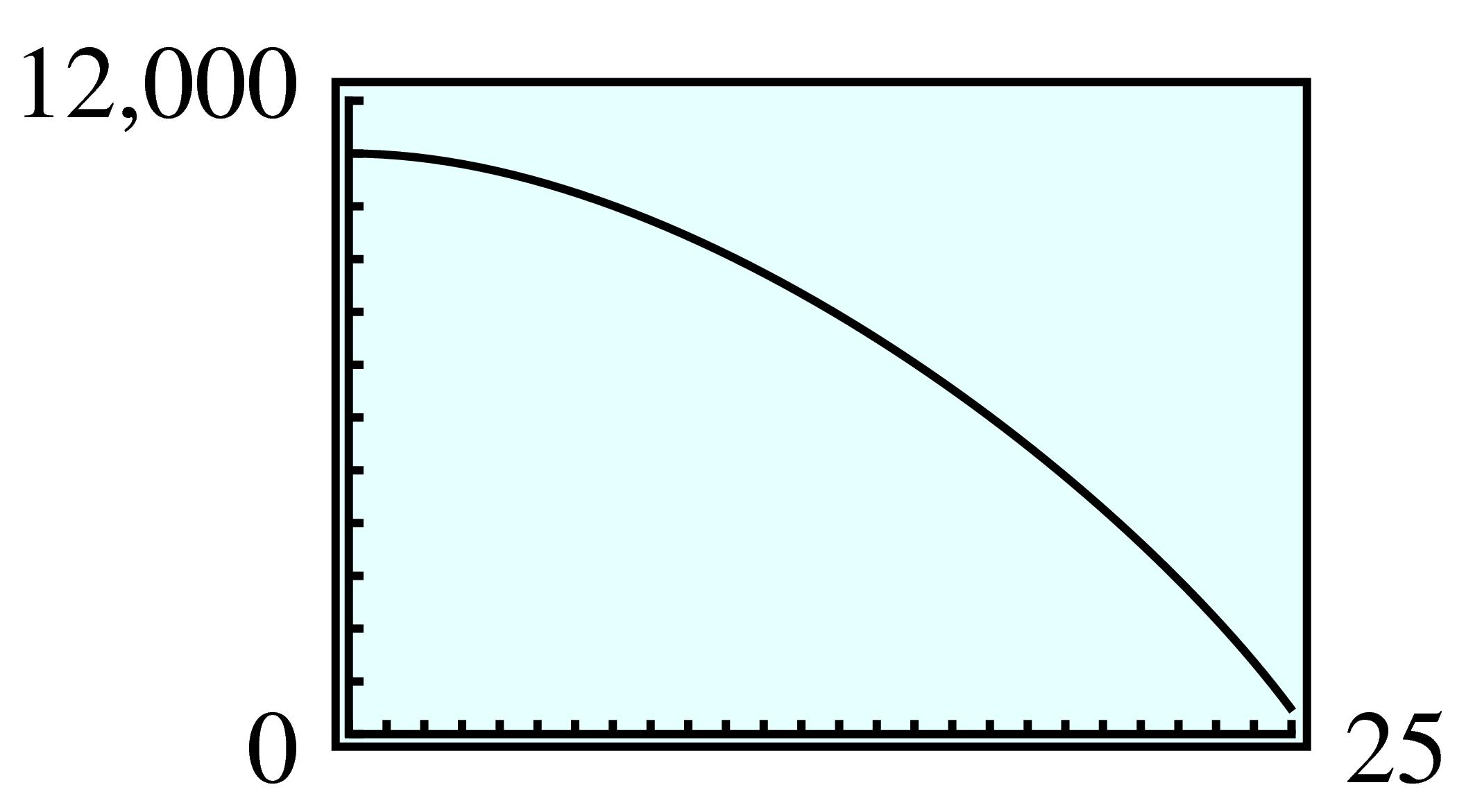












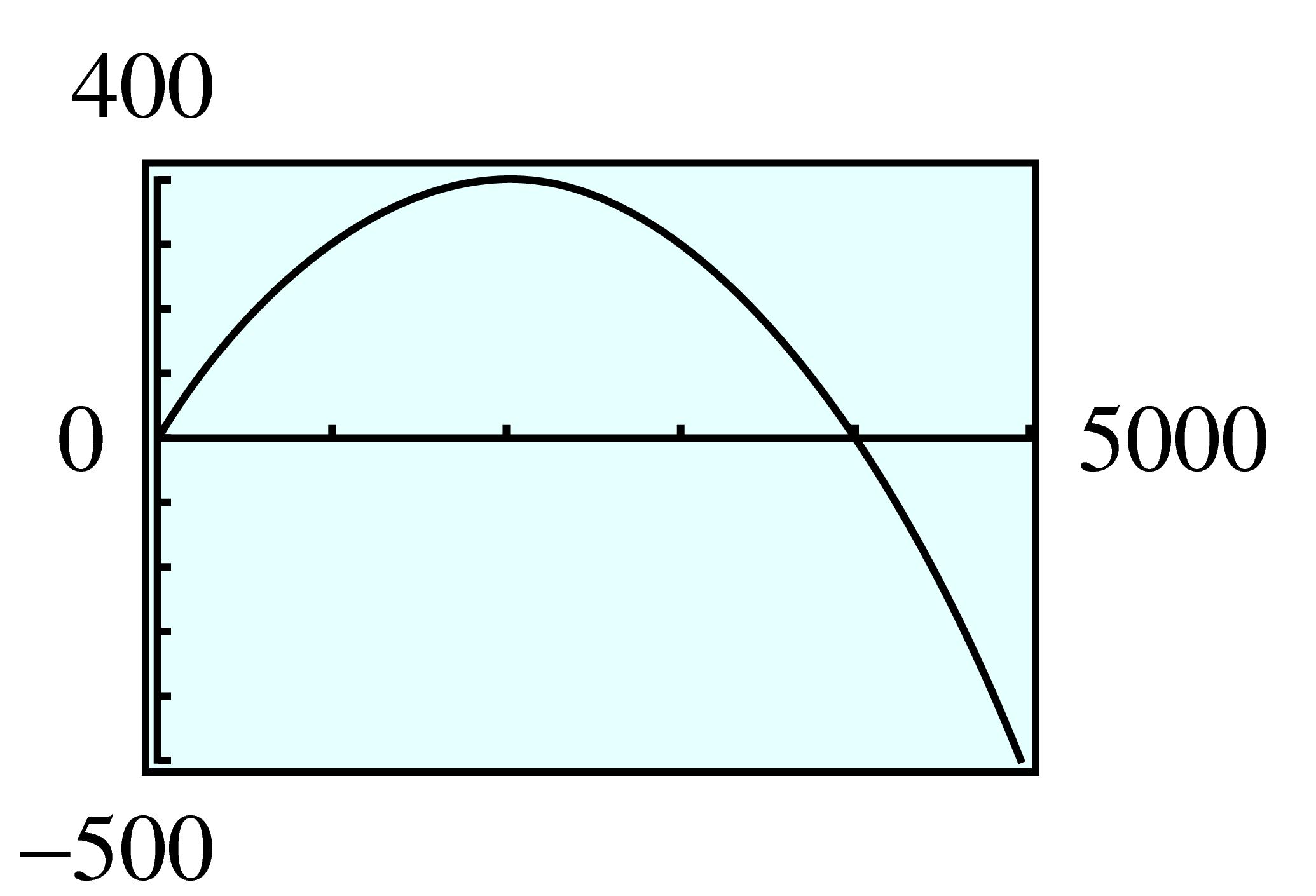
| \(x\) | \(~~1~~\) | \(~~2~~\) | \(~~3~~\) | \(~~4~~\) | \(~~5~~\) |
| \(y\) | \(1.6\) | \(1.2\) | \(0.8\) | \(0.4\) | \(0\) |
| \(A\) | \(1.6\) | \(2.4\) | \(2.4\) | \(1.6\) | \(0\) |







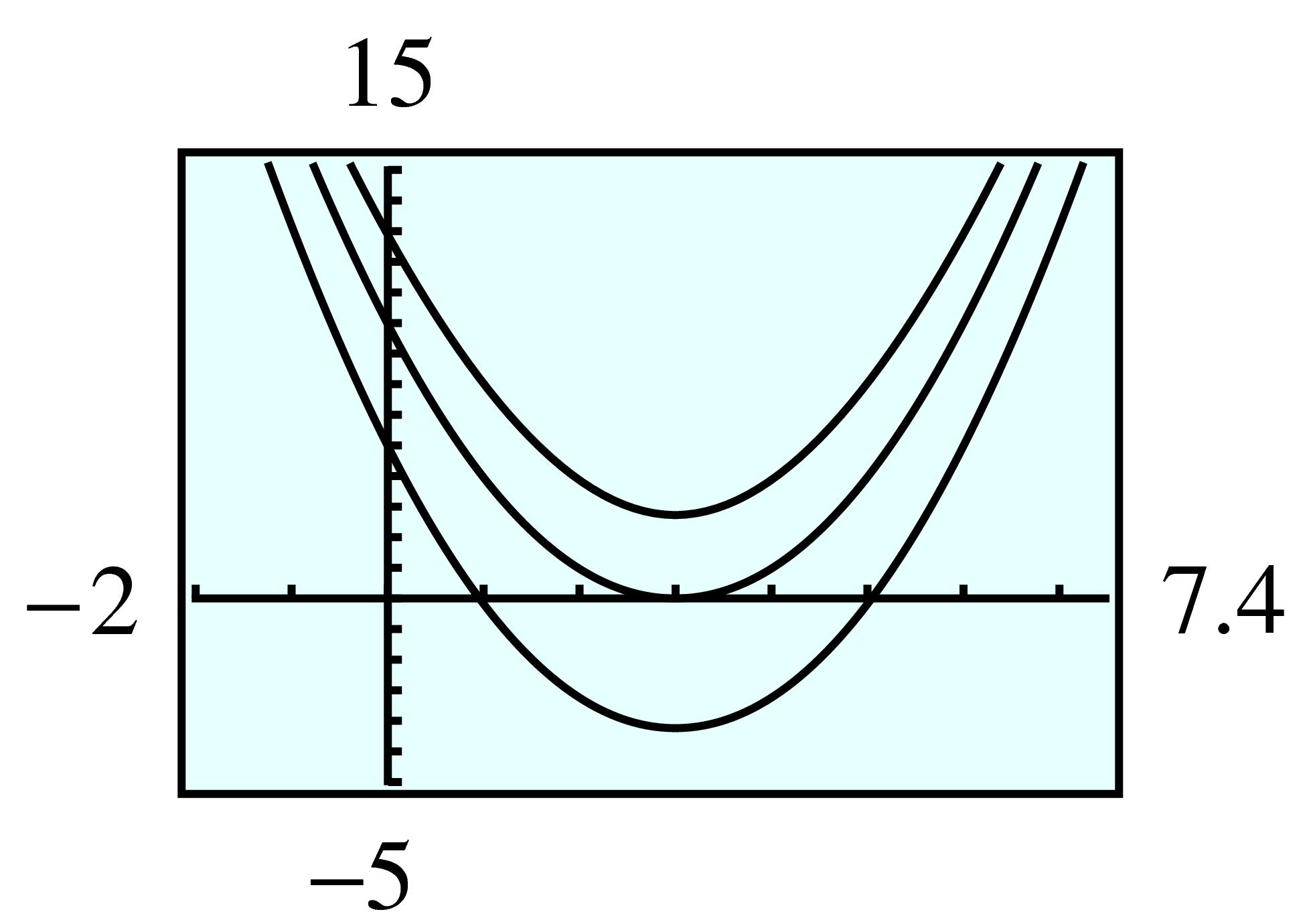
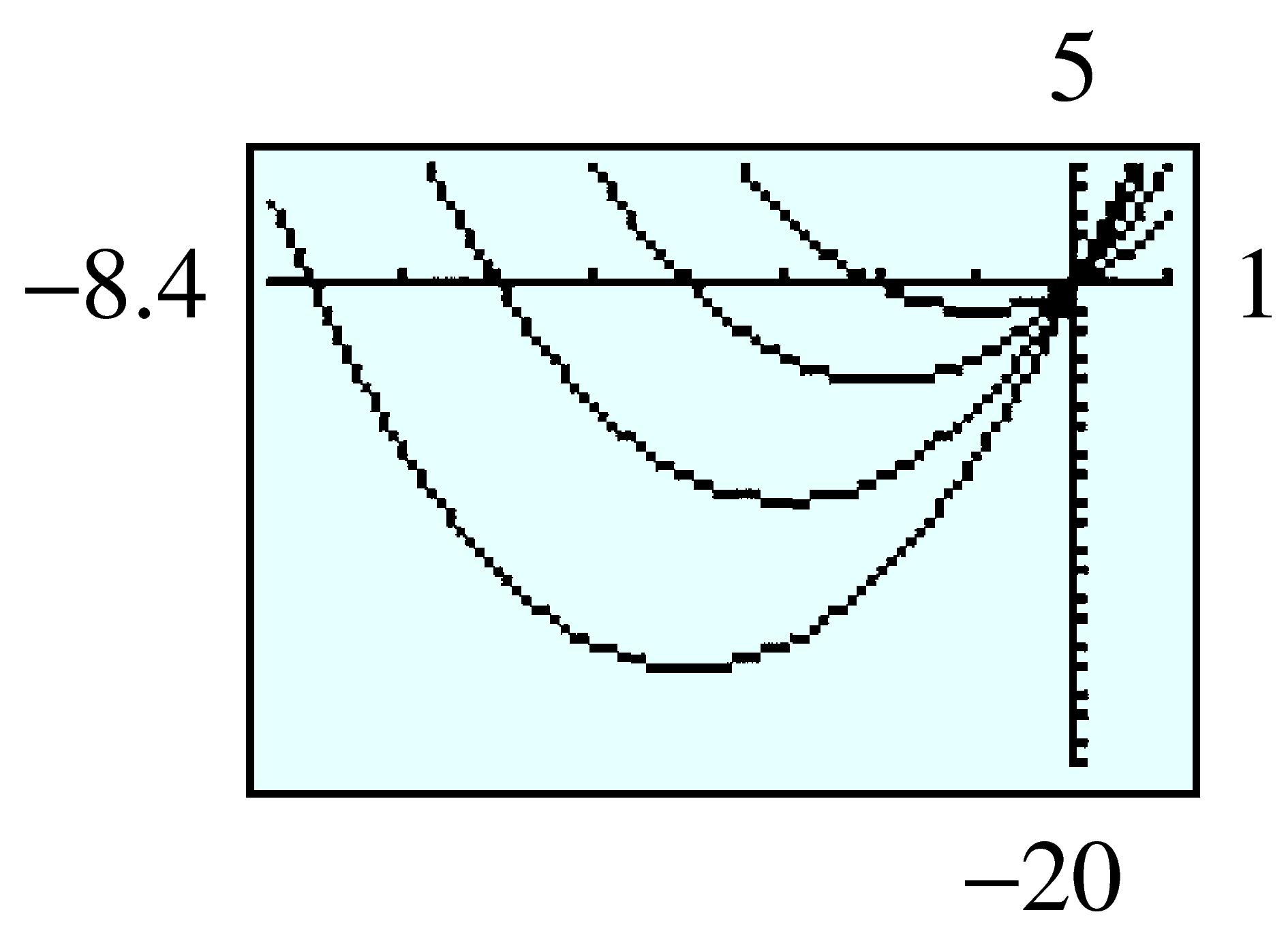

| \(t\) | \(0\) | \(0.5\) | \(1.0\) | \(1.5\) | \(2.0\) | \(2.5\) | \(3.0\) | \(3.5\) |
| \(x\) | \(0\) | \(6.075\) | \(11.5\) | \(16.275\) | \(20.4\) | \(23.875\) | \(26.7\) | \(28.875\) |
| \(y\) | \(0\) | \(7.44\) | \(12.48\) | \(15.12\) | \(15.36\) | \(13.2\) | \(8.64\) | \(1.68\) |

| No. of price increases |
Price of room |
No. of rooms rented |
Total revenue |
| \(0\) | \(20\) | \(60\) | \(1200\) |
| \(1\) | \(22\) | \(57\) | \(1254\) |
| \(2\) | \(24\) | \(54\) | \(1296\) |
| \(3\) | \(26\) | \(51\) | \(1326\) |
| \(4\) | \(28\) | \(48\) | \(1344\) |
| \(5\) | \(30\) | \(45\) | \(1350\) |
| \(6\) | \(32\) | \(42\) | \(1344\) |
| \(7\) | \(34\) | \(39\) | \(1326\) |
| \(8\) | \(36\) | \(36\) | \(1296\) |
| \(10\) | \(40\) | \(30\) | \(1200\) |
| \(12\) | \(44\) | \(24\) | \(1056\) |
| \(16\) | \(52\) | \(12\) | \(624\) |
| \(20\) | \(60\) | \(0\) | \(0\) |
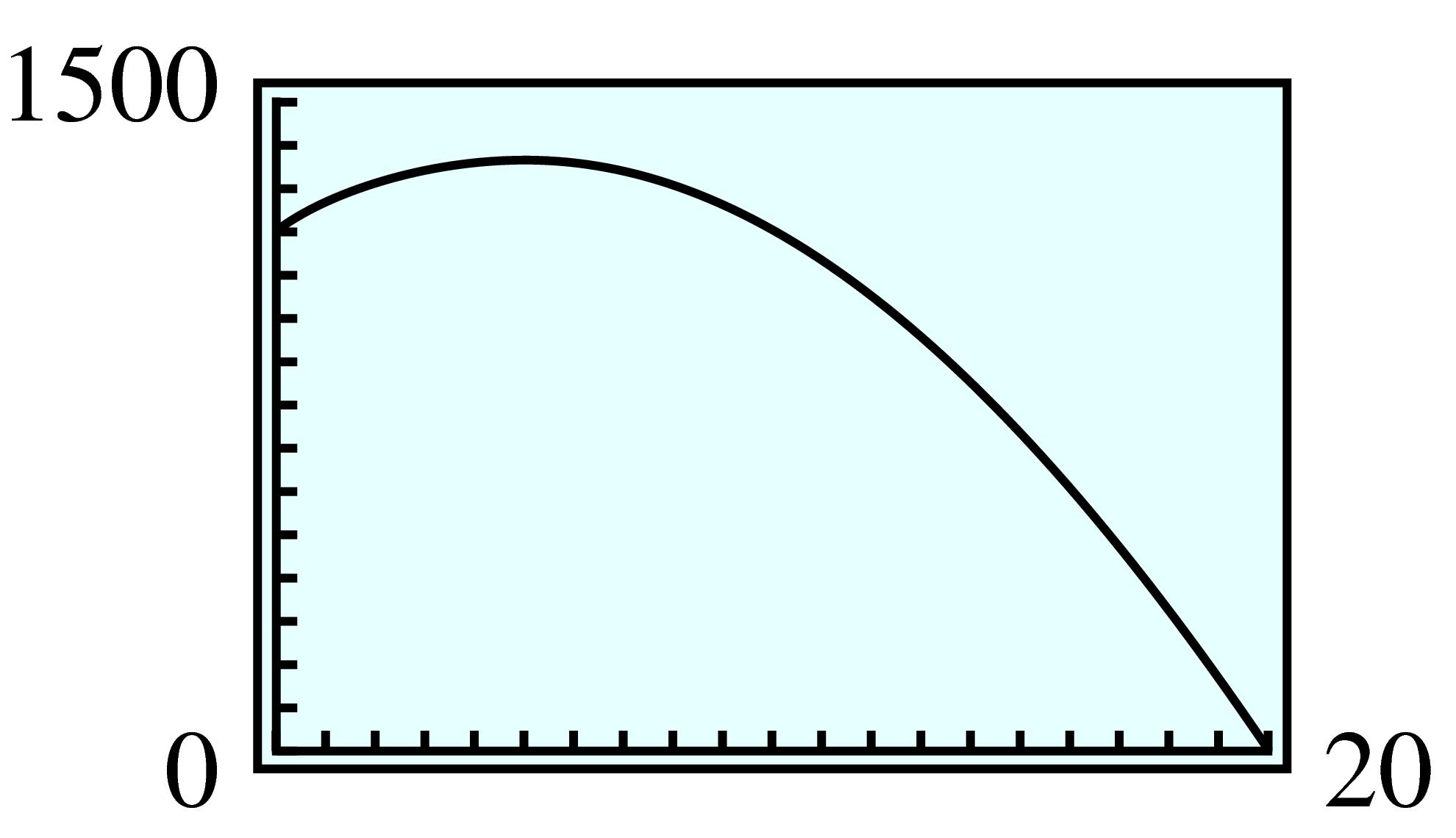












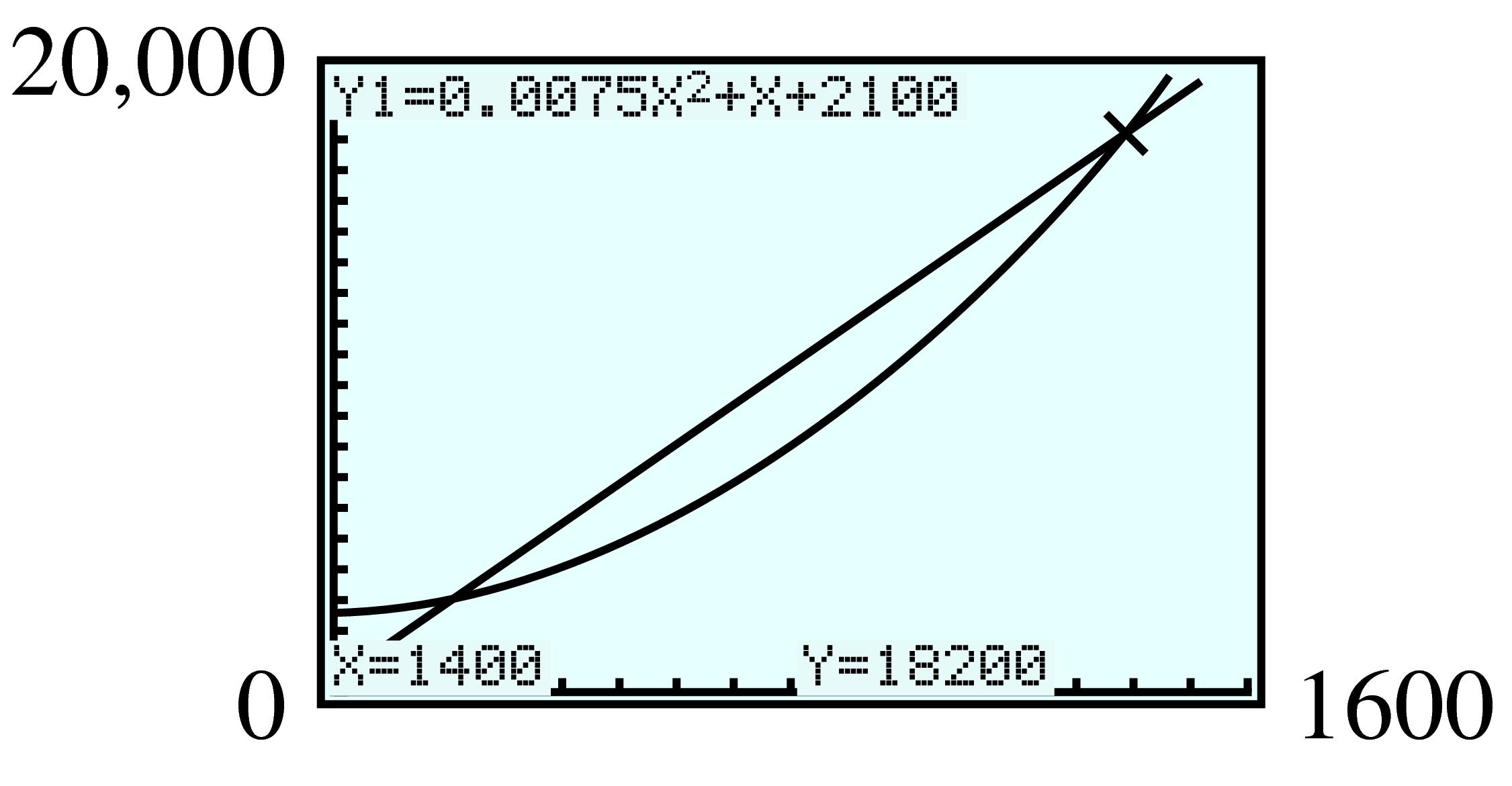
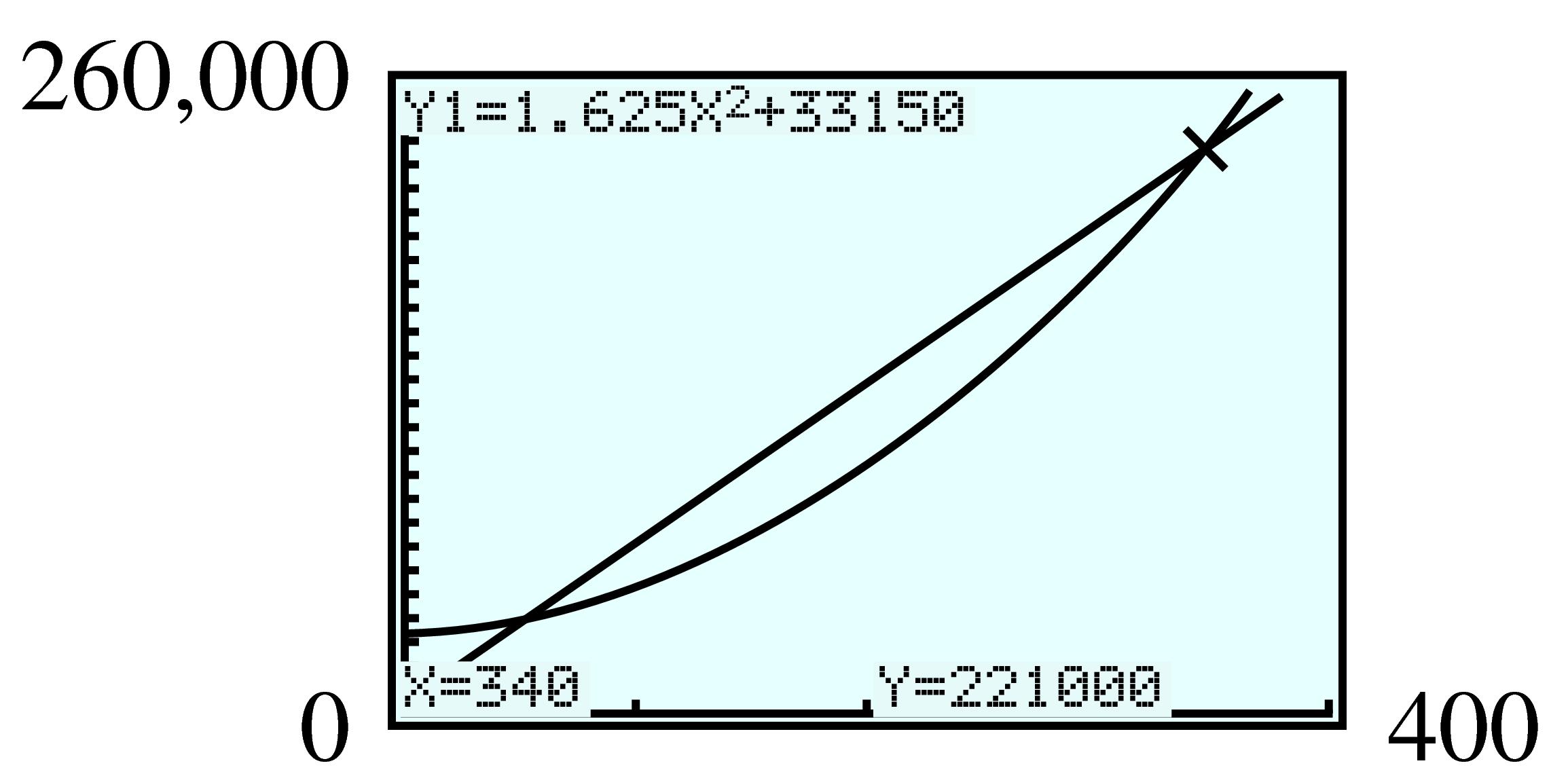










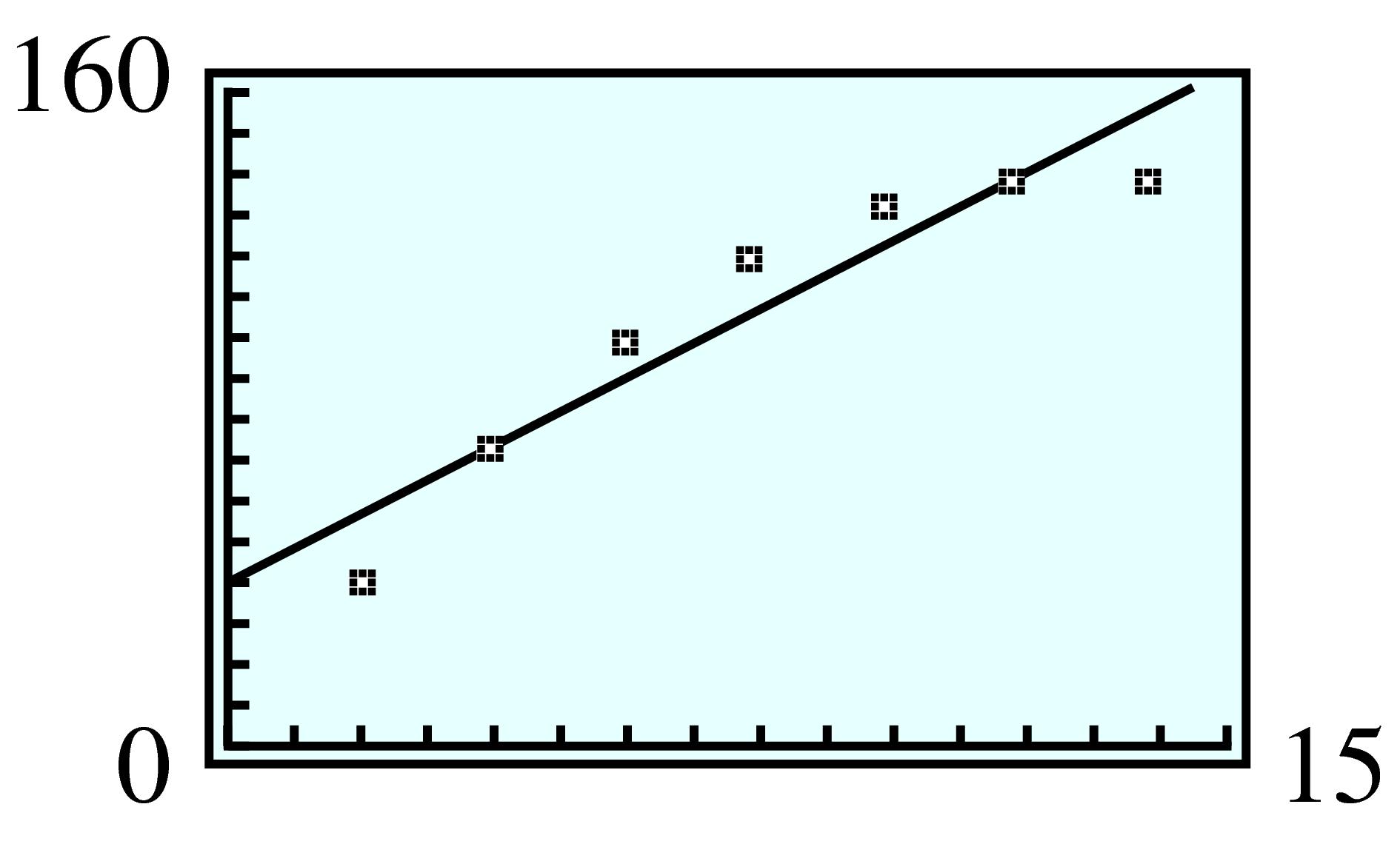
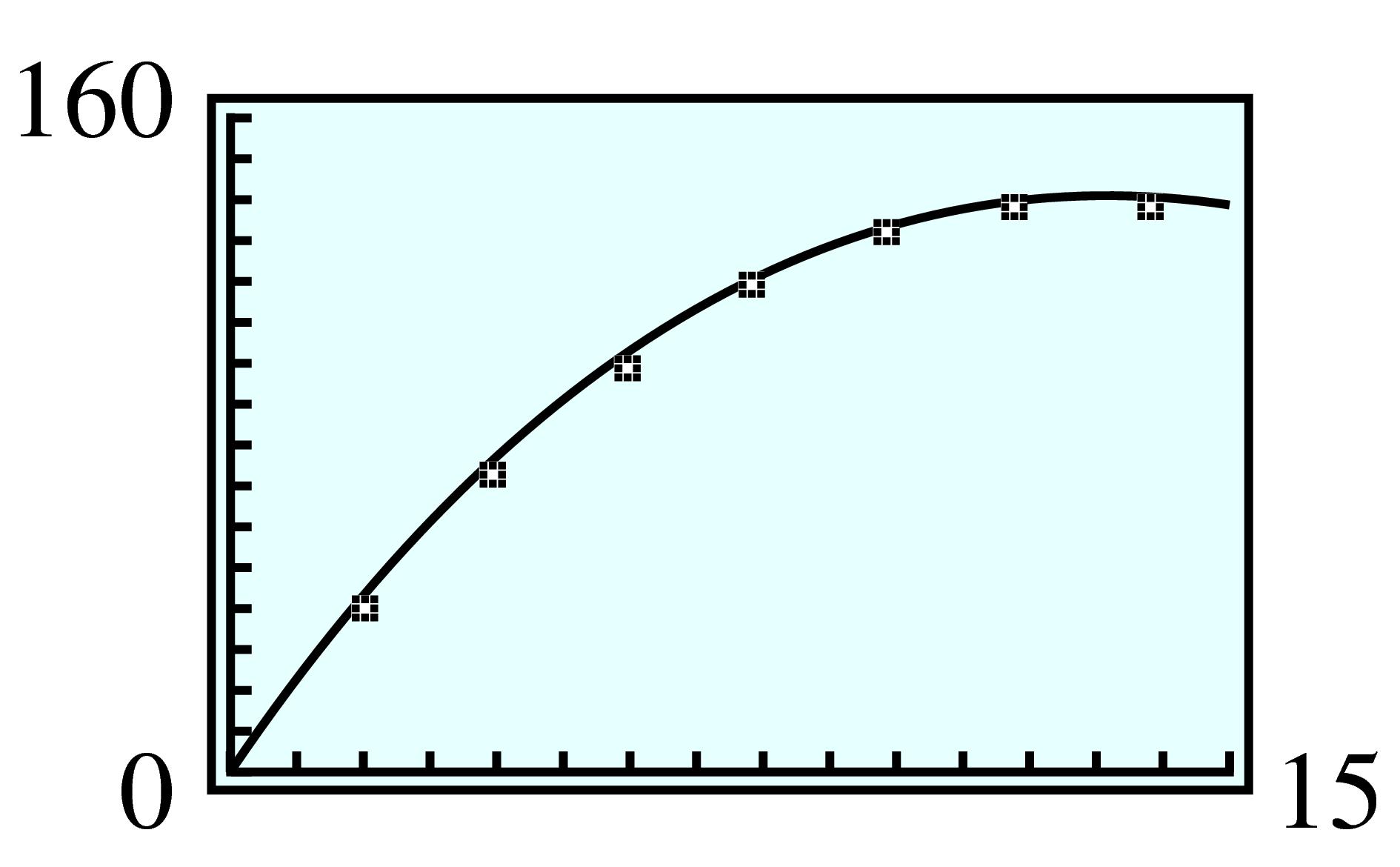
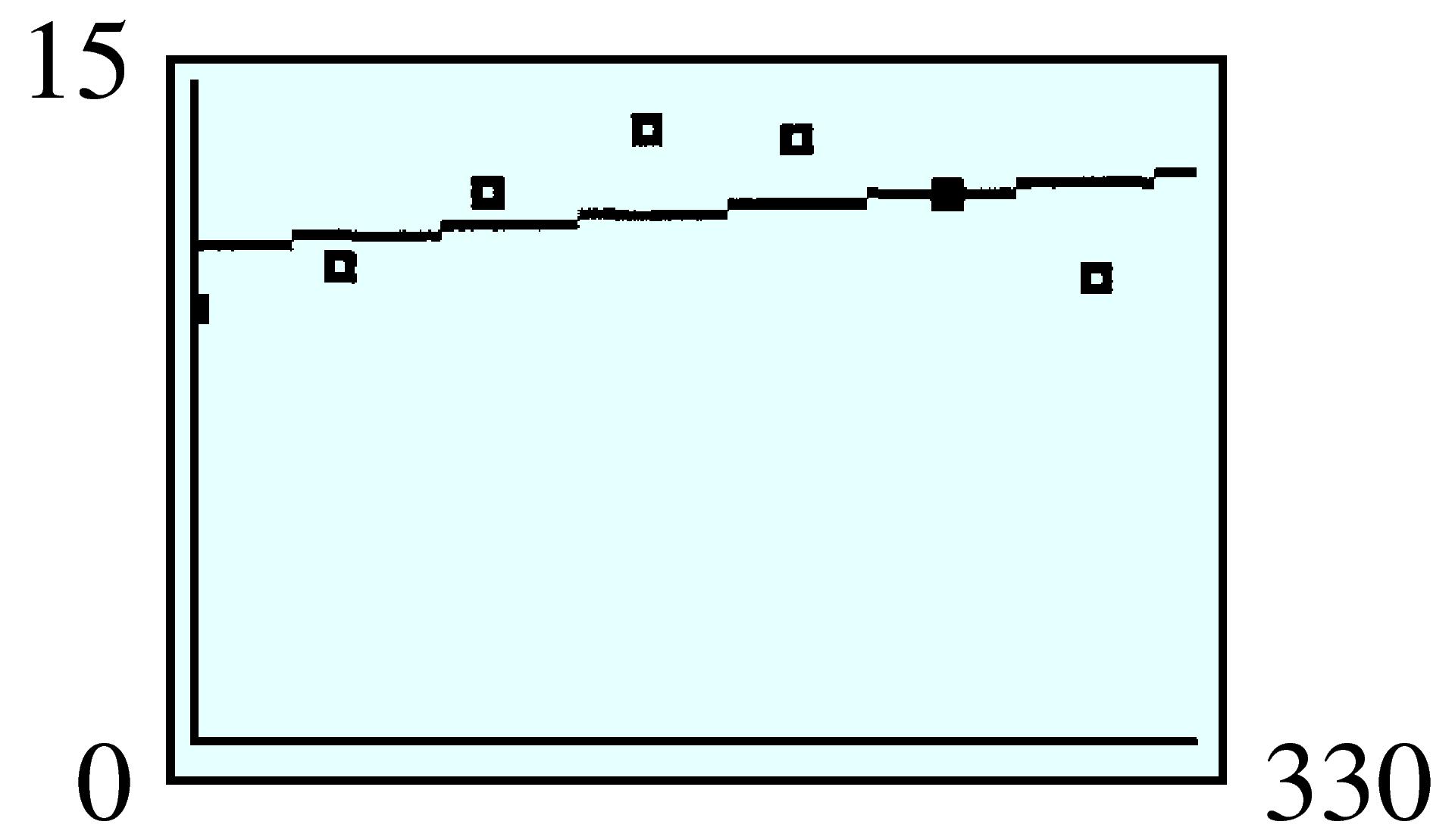
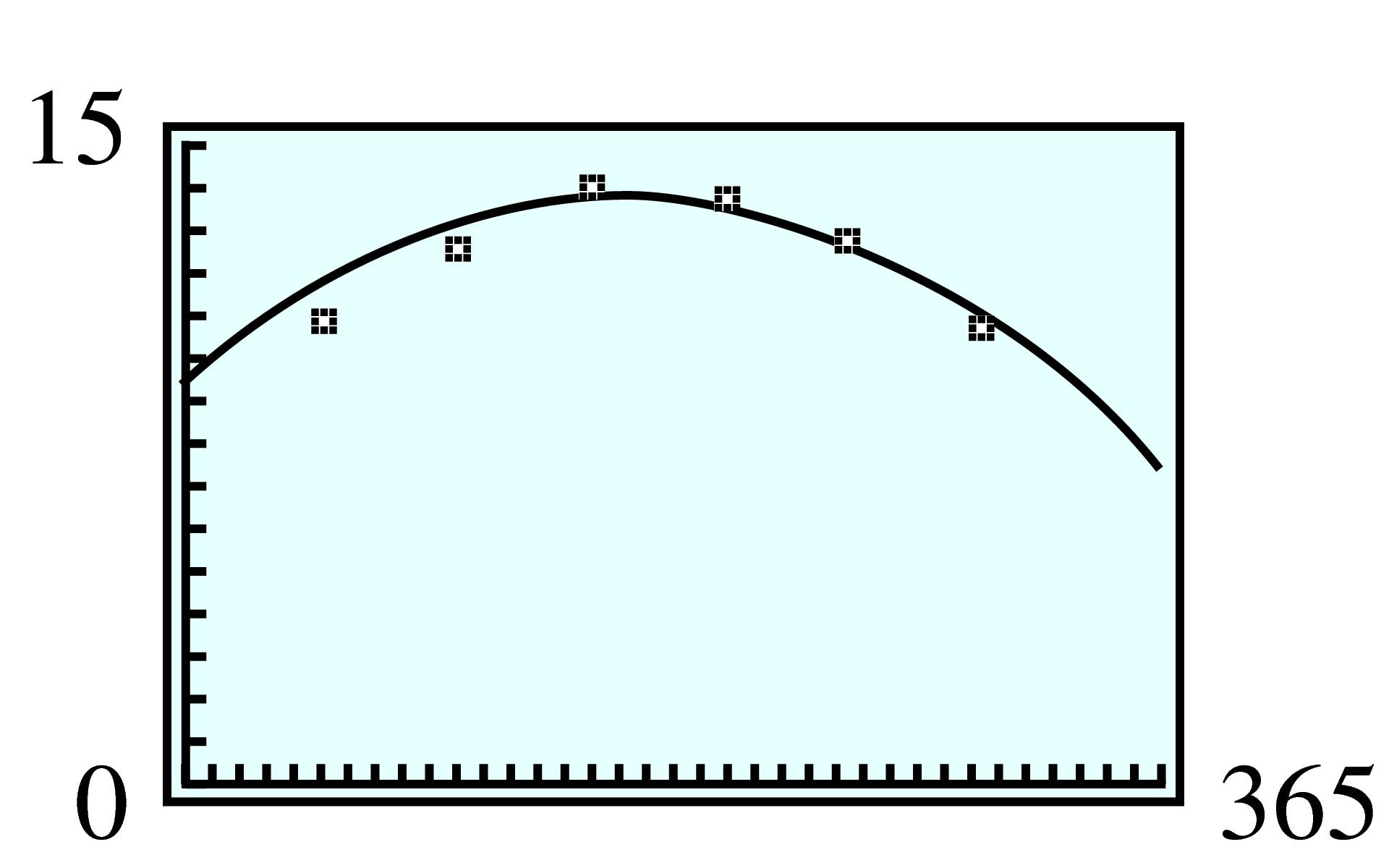
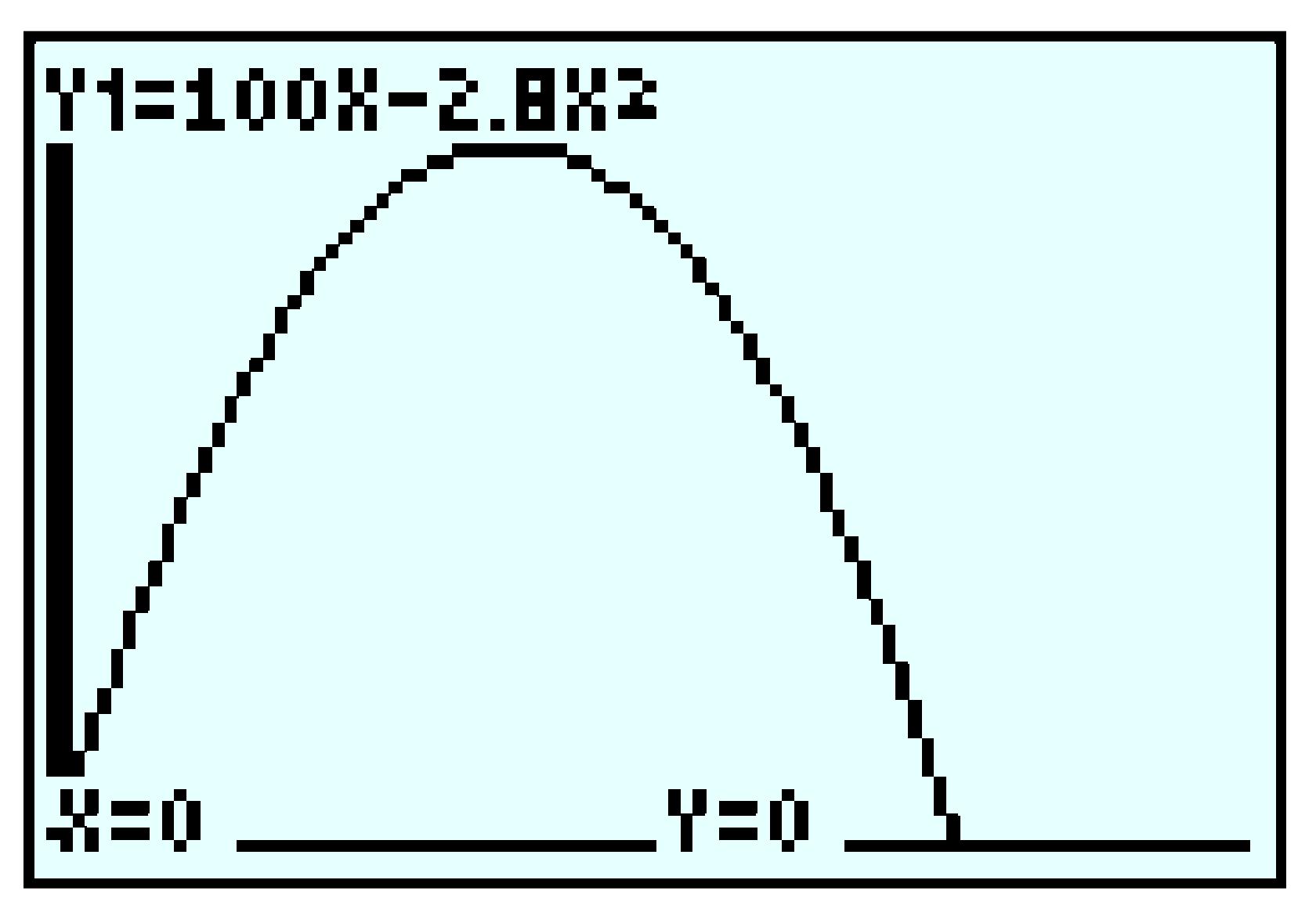





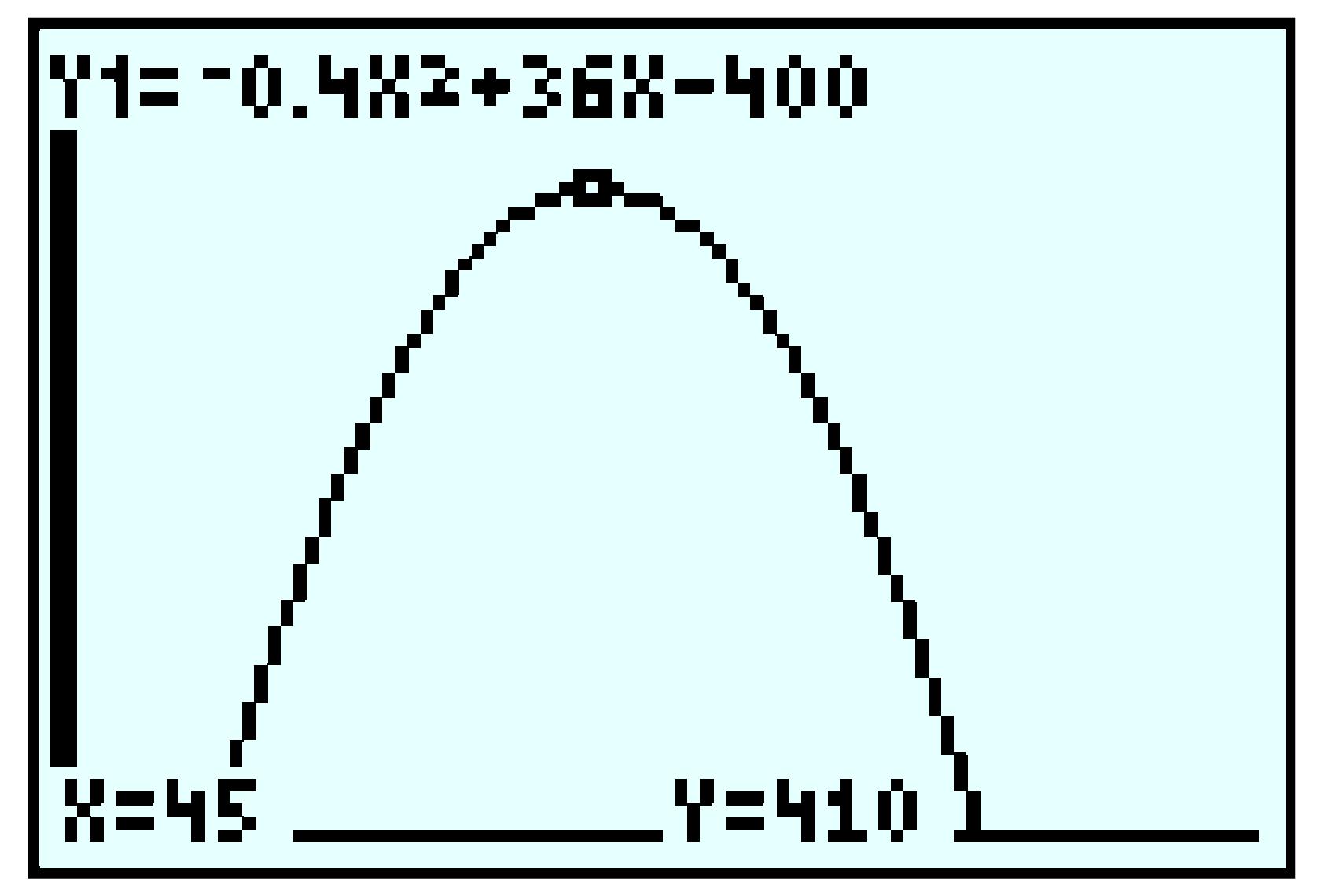











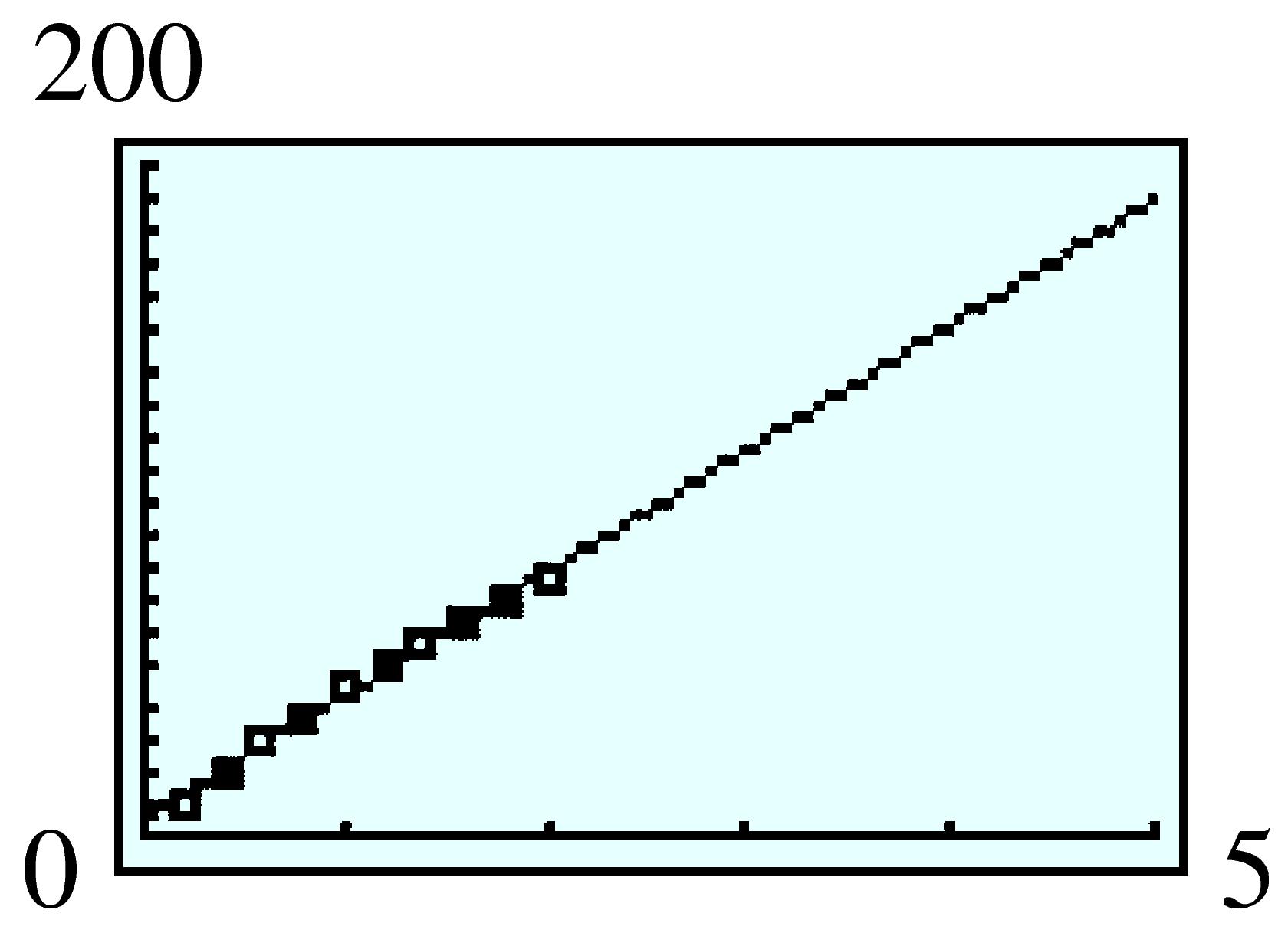
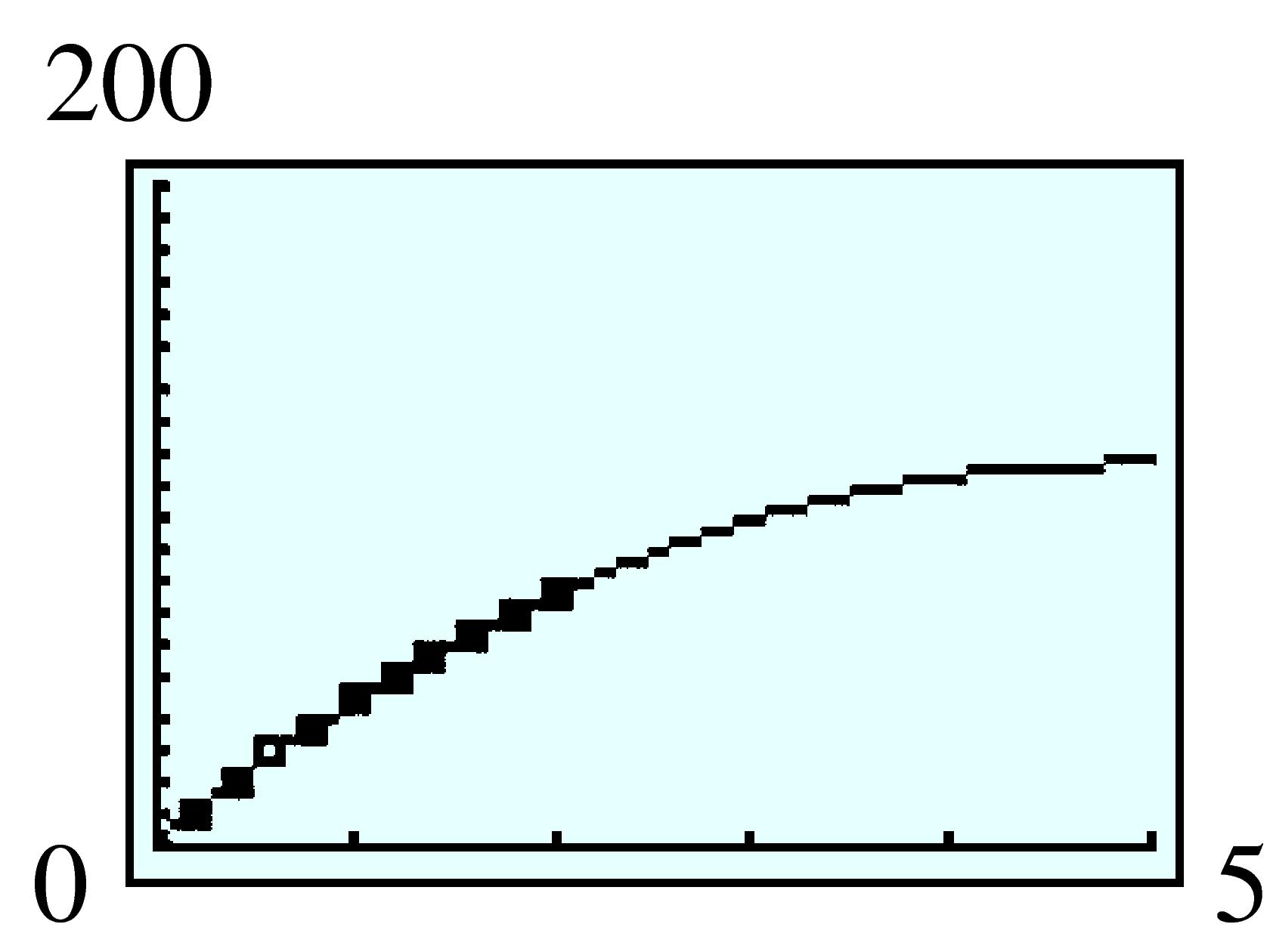
| \(x\) | \(1\) | \(2\) | \(3\) | \(4\) | \(5\) |
| \(V\) | \(140\) | \(192\) | \(180\) | \(128\) | \(60\) |
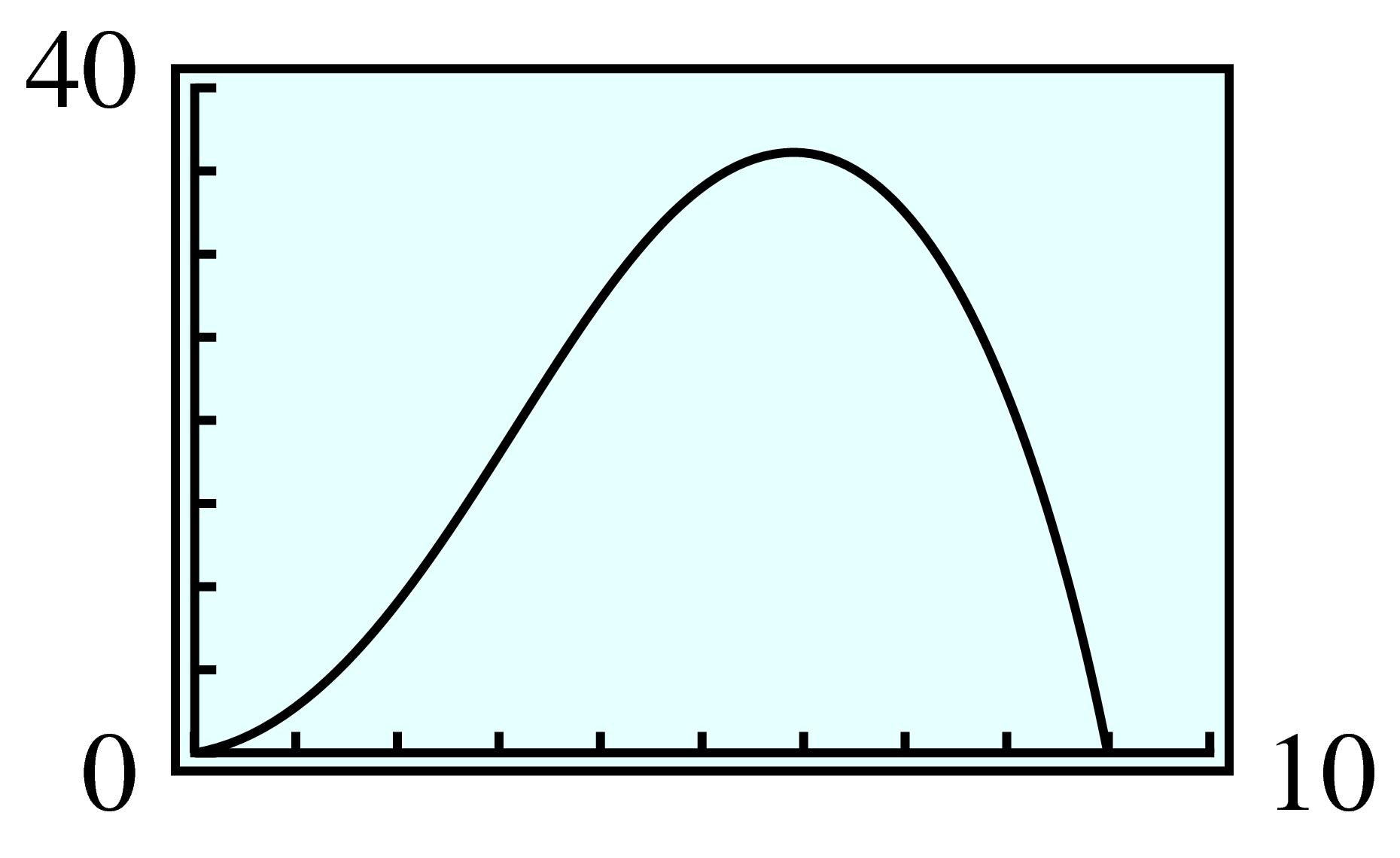
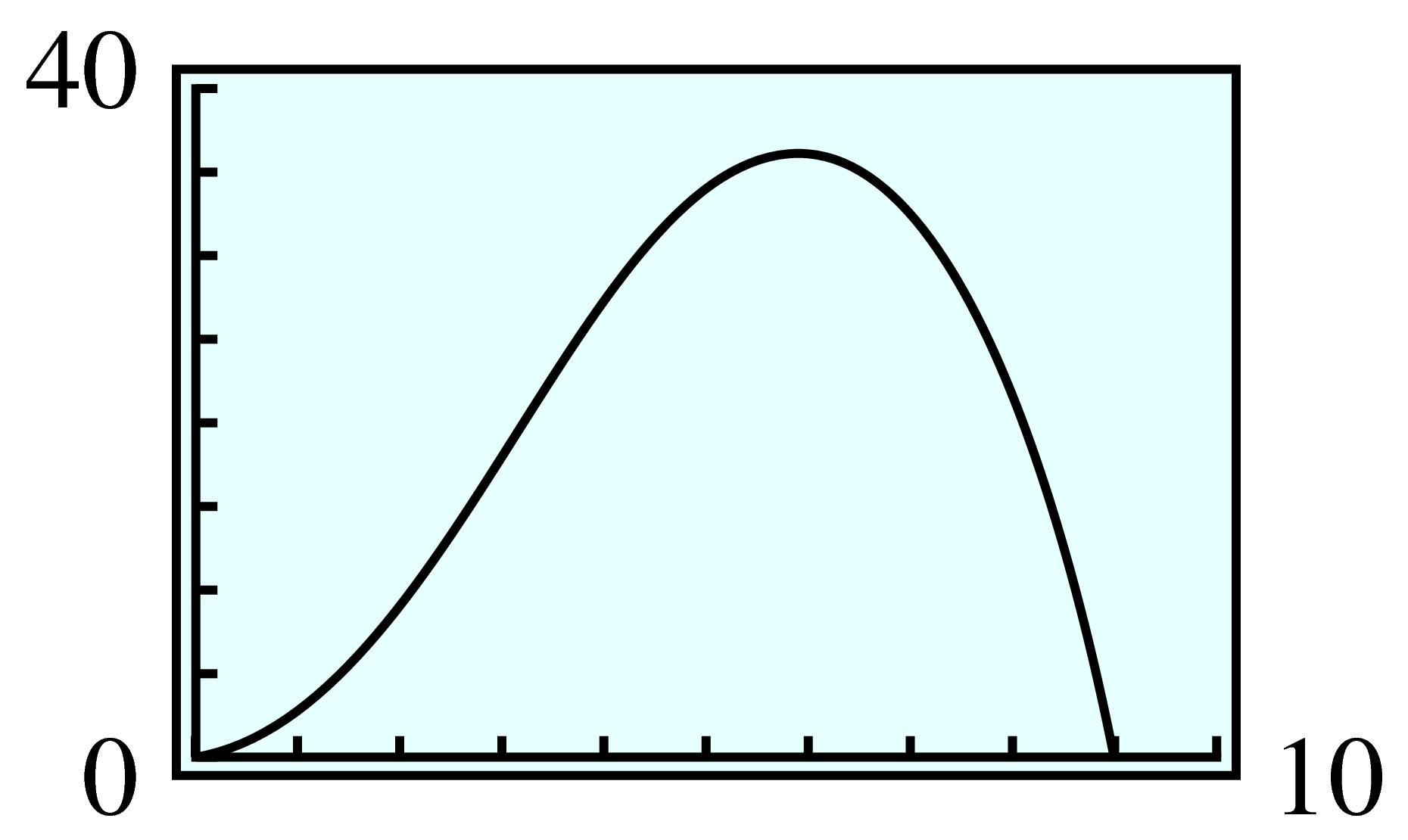
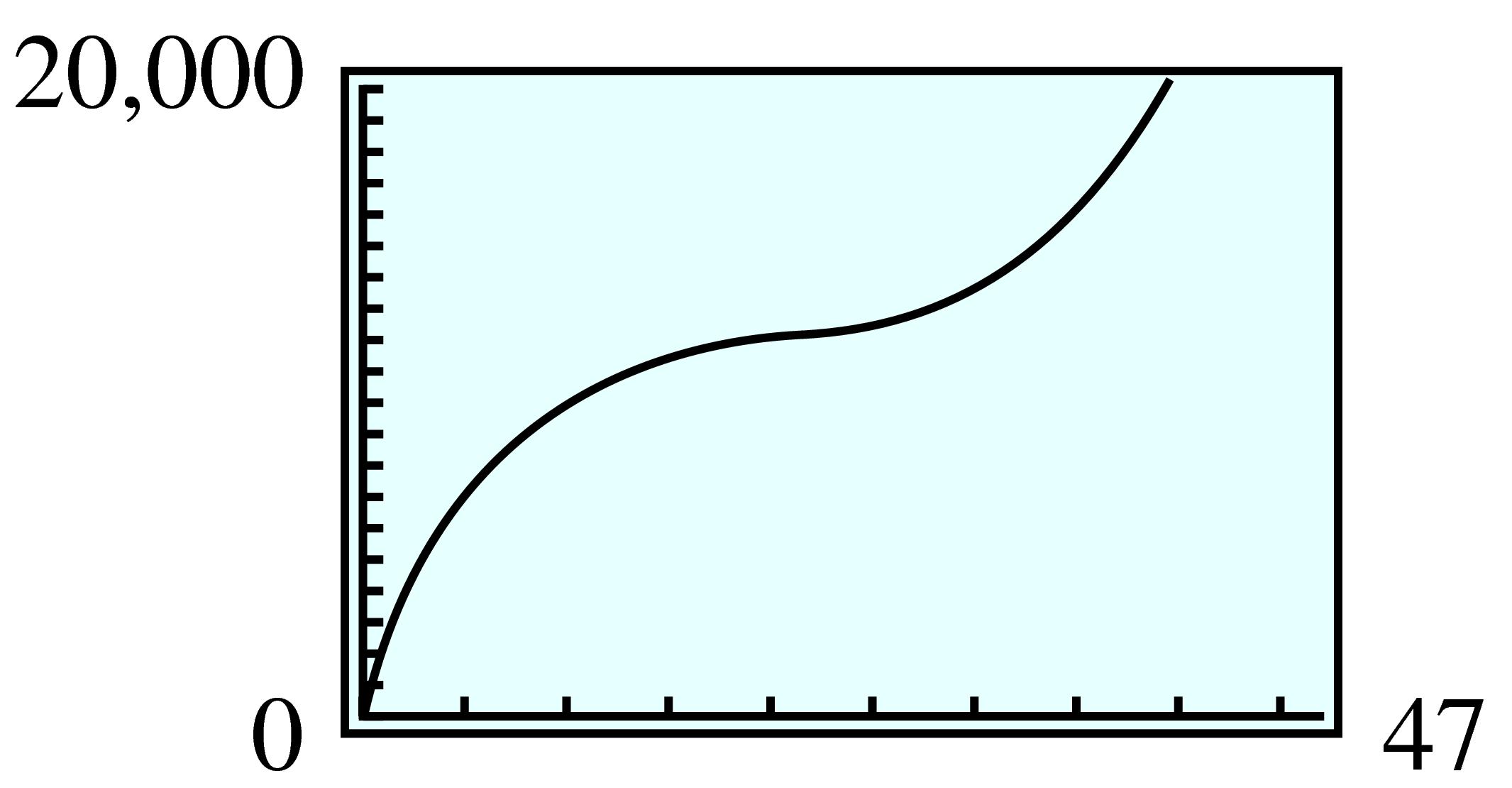
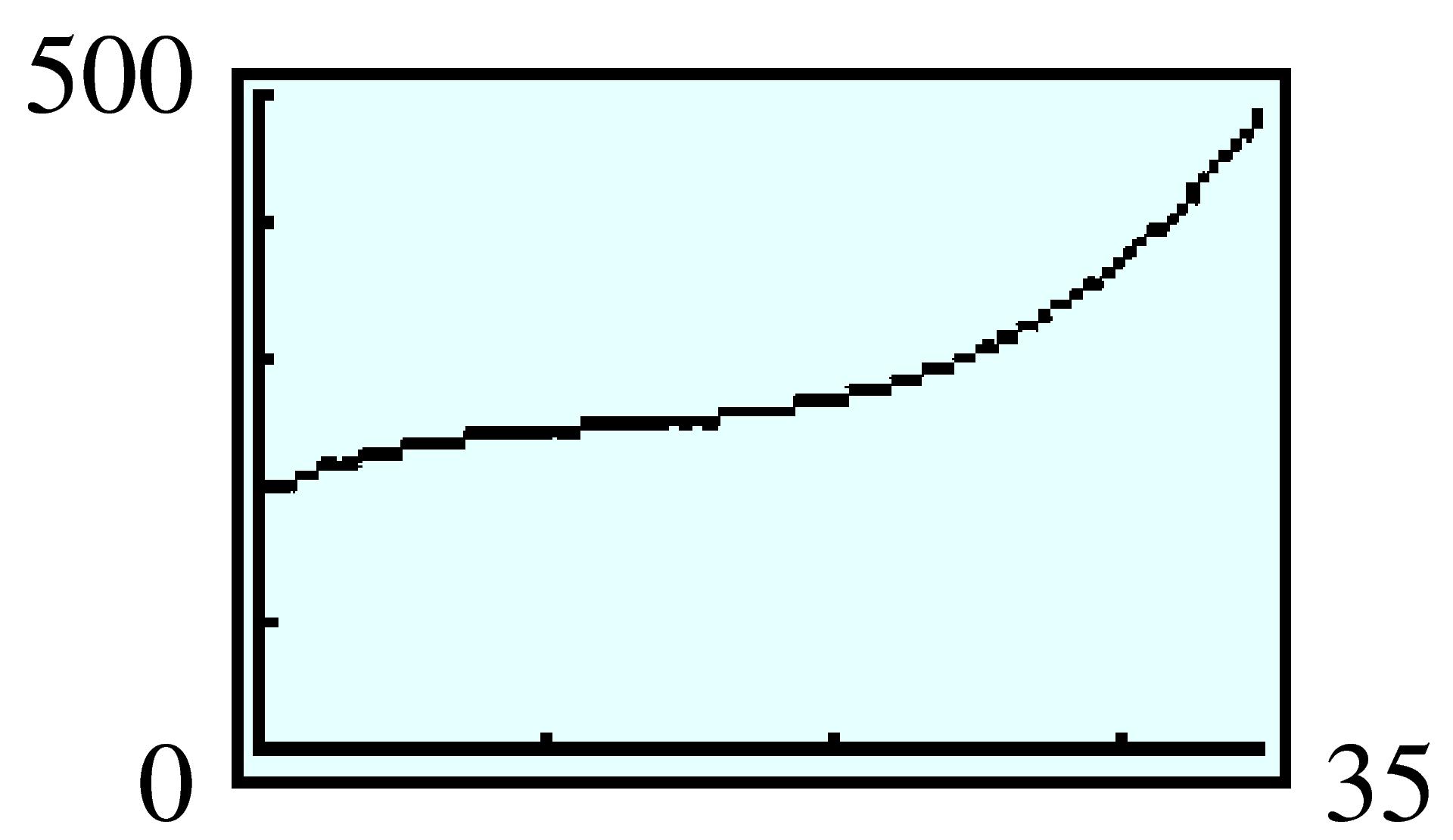
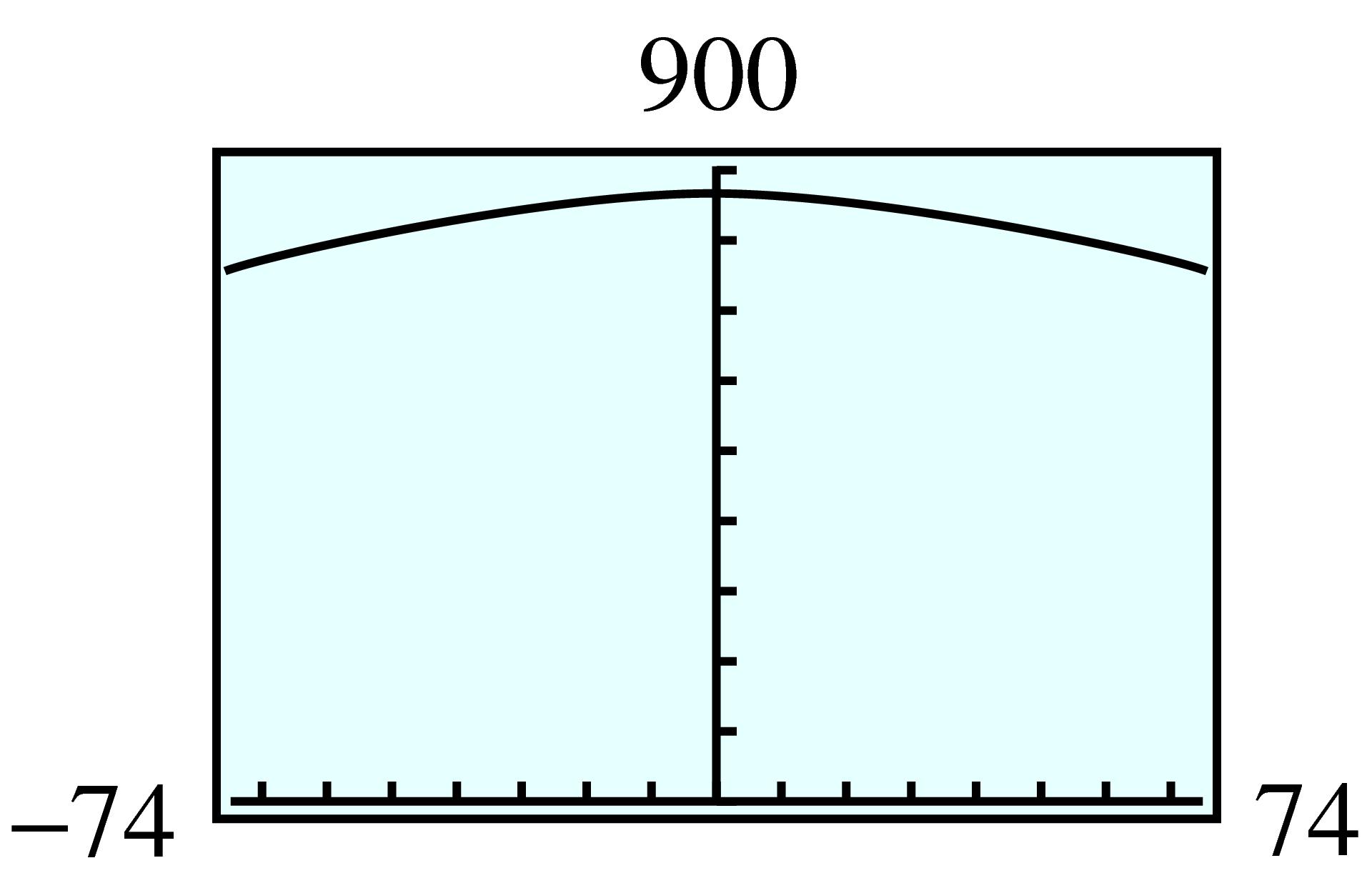
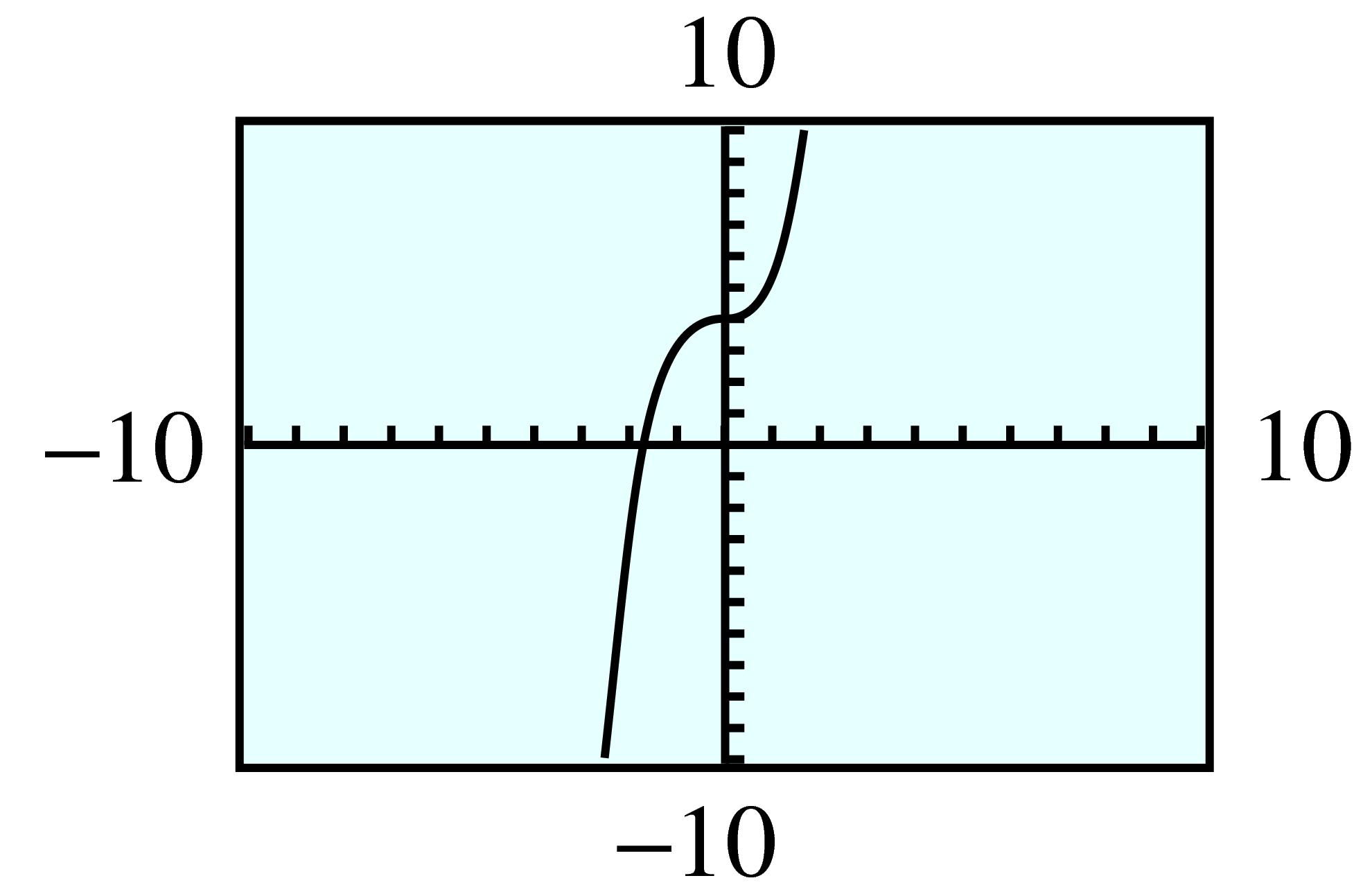
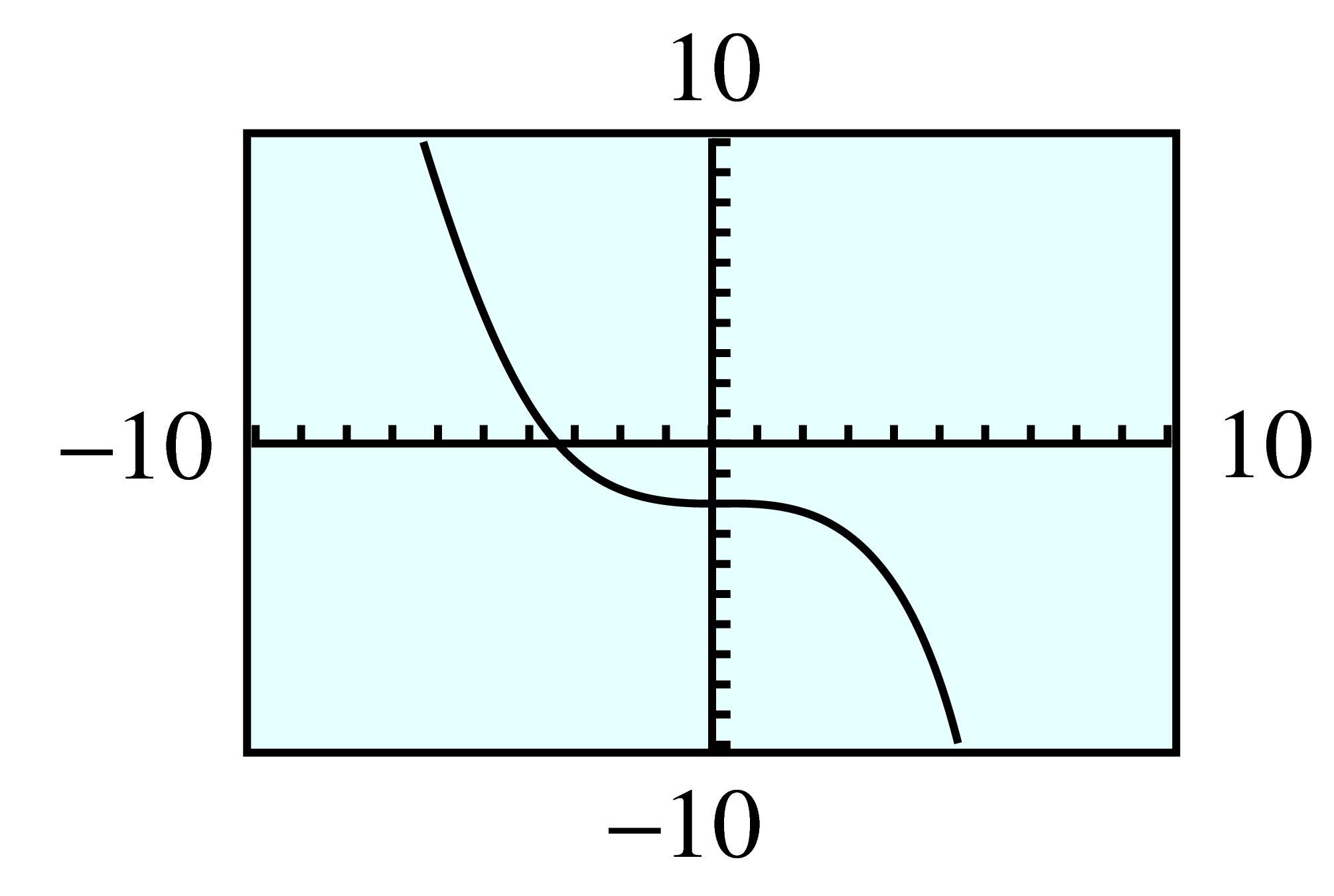
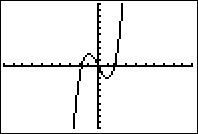
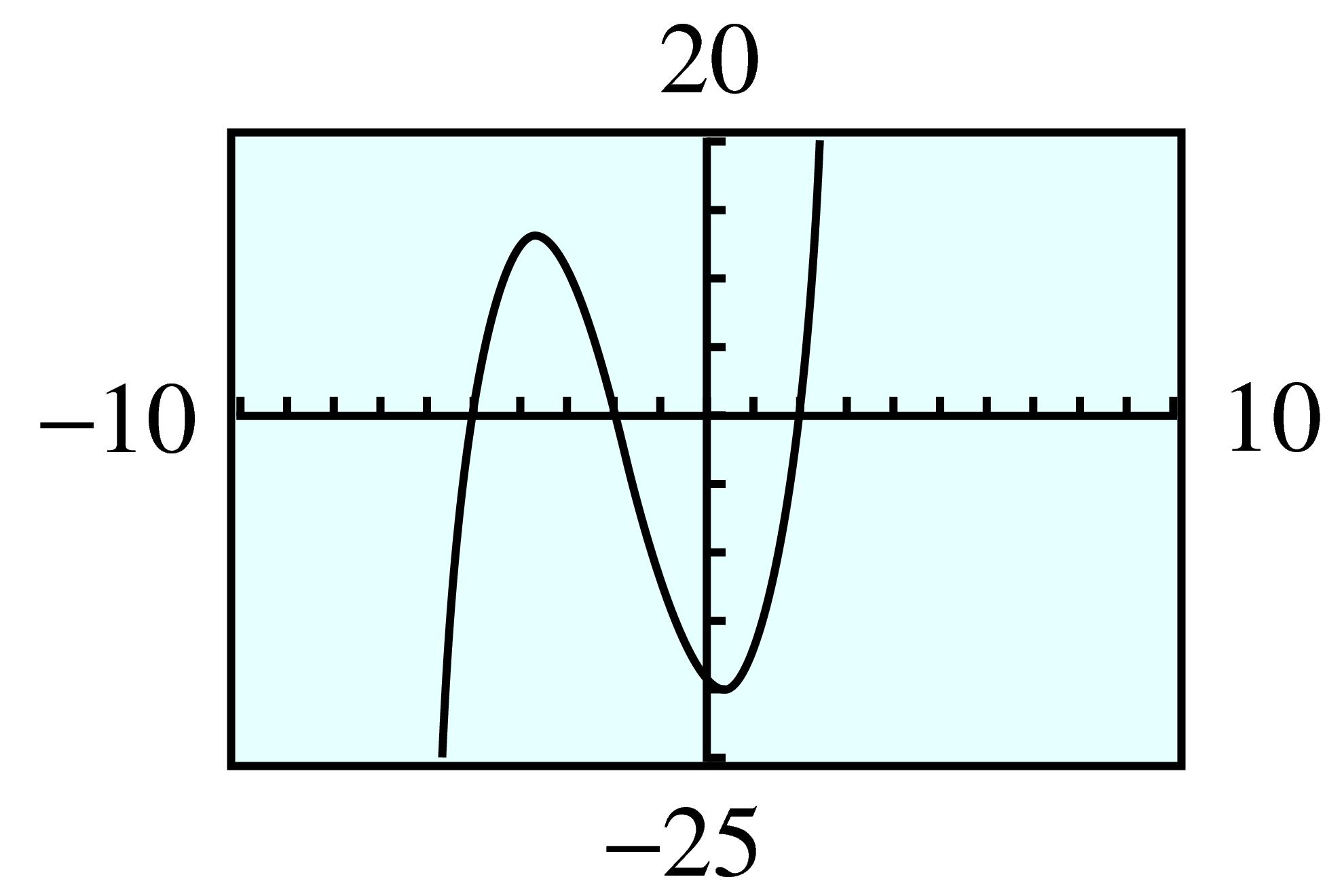
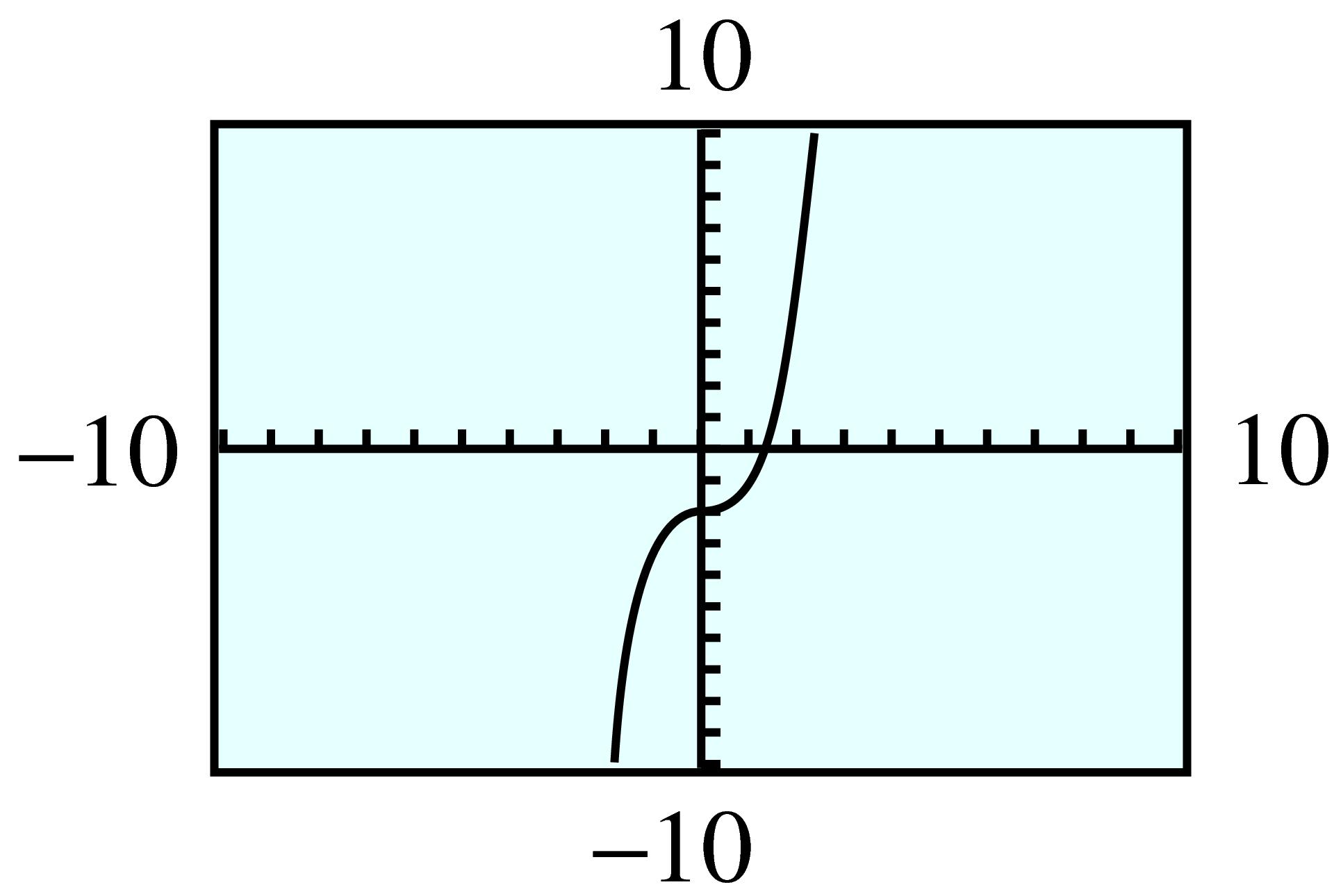
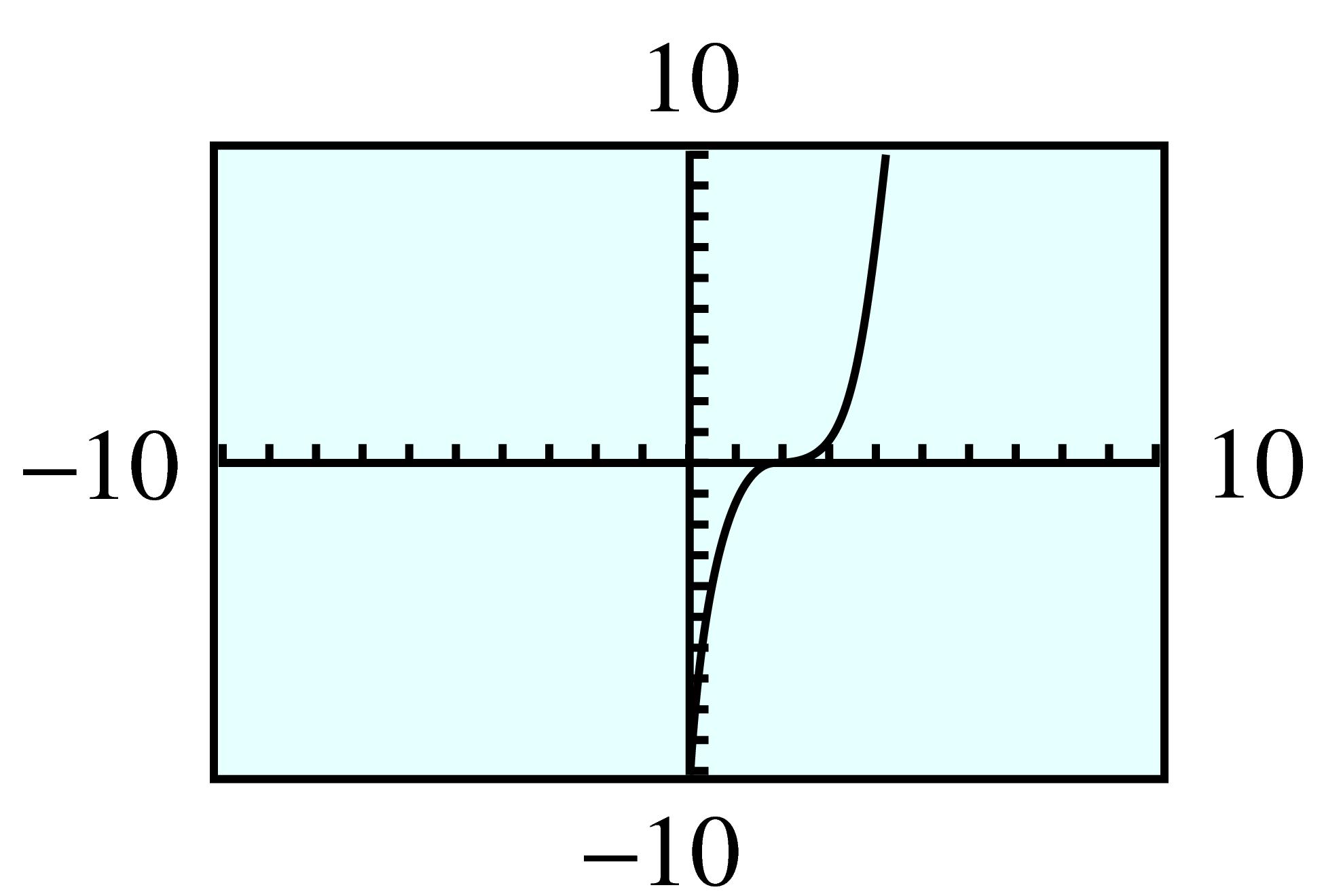
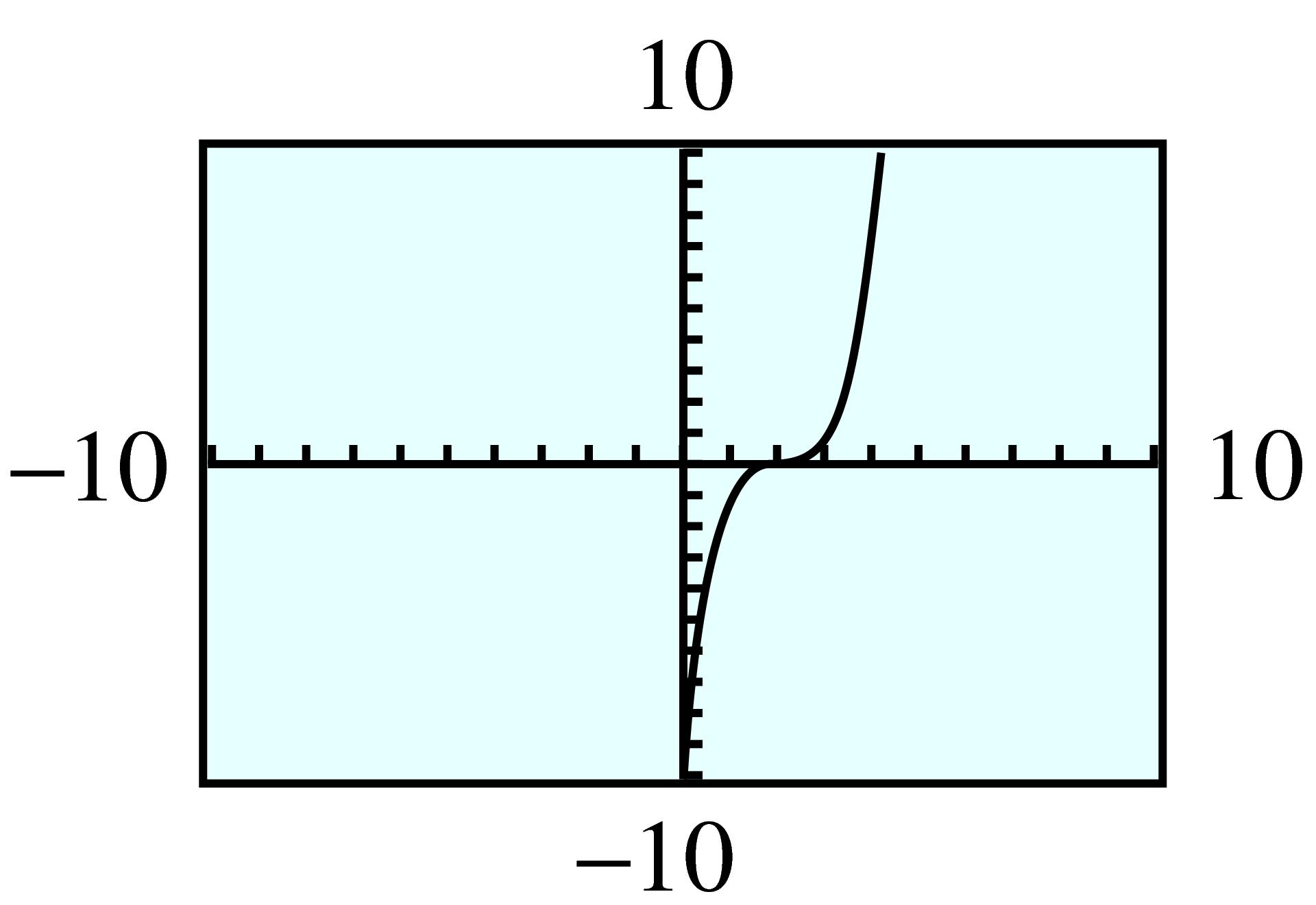
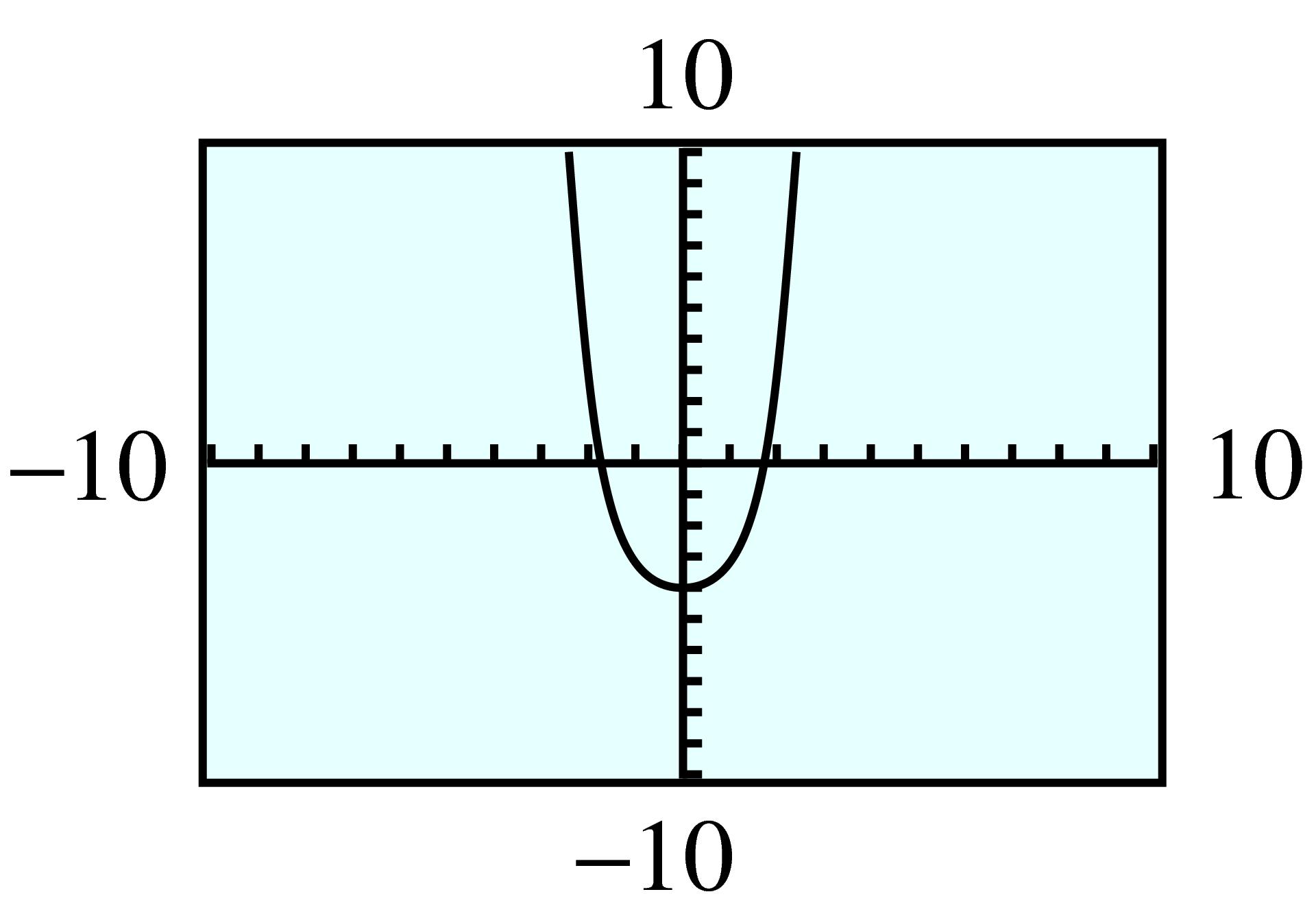
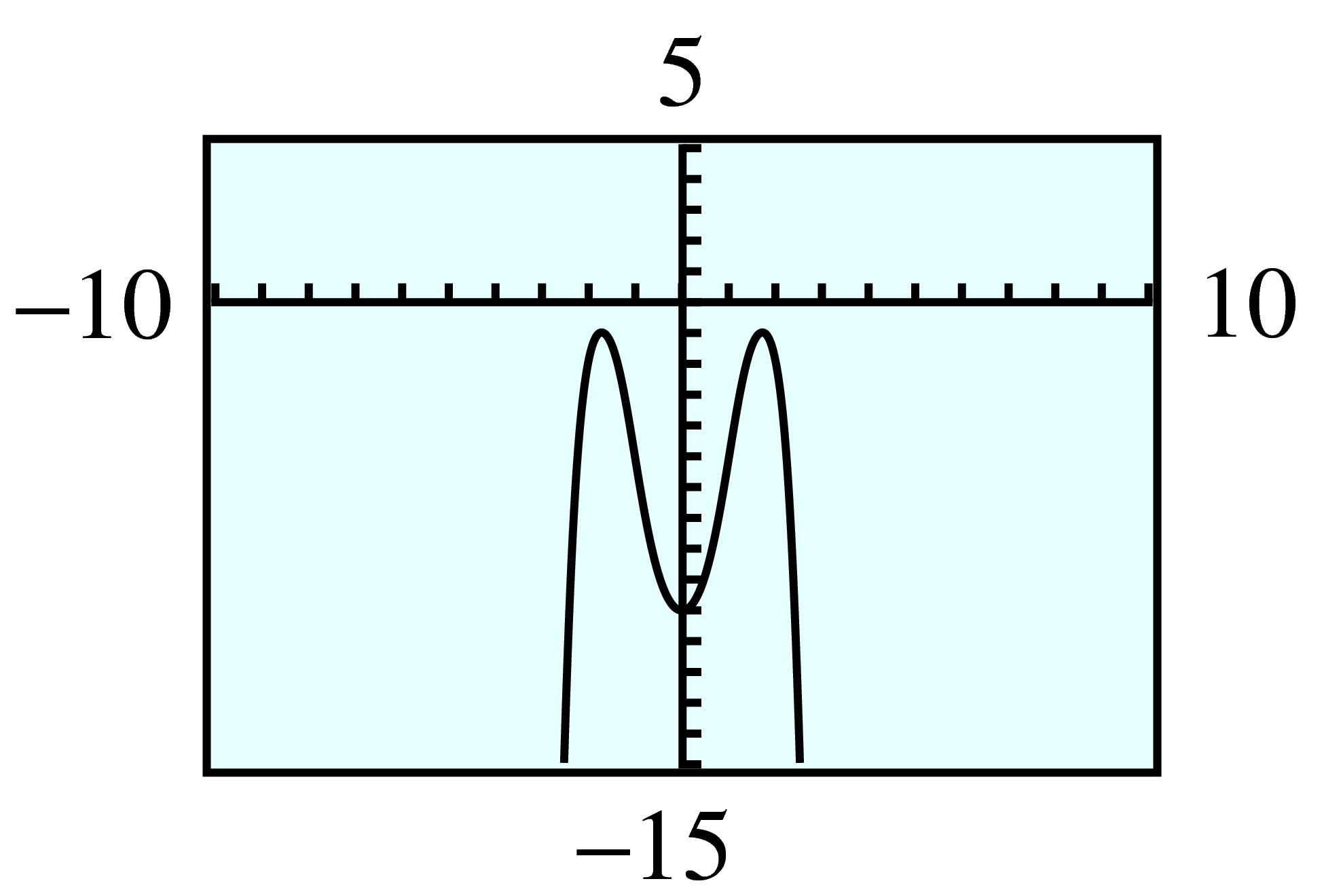
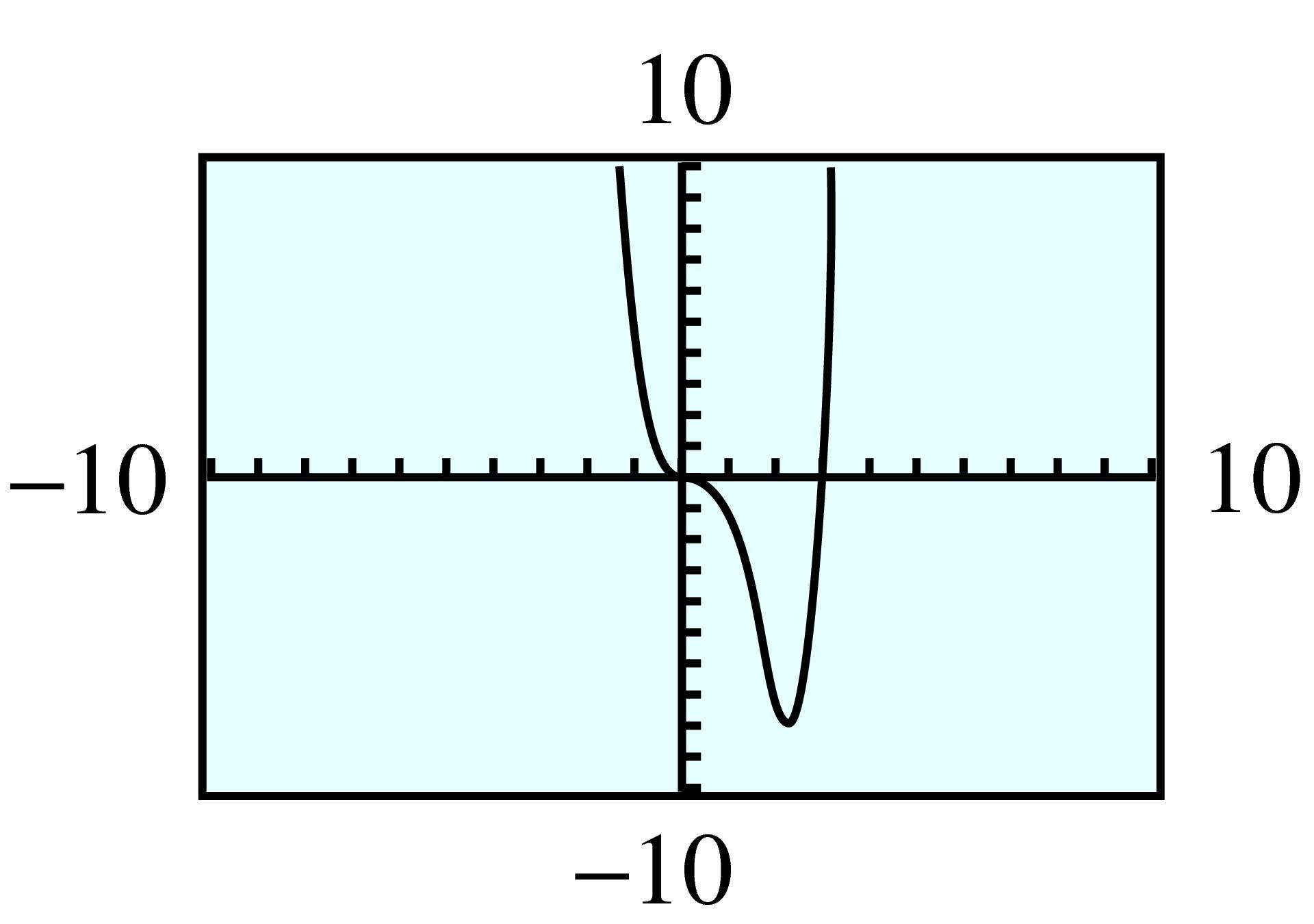
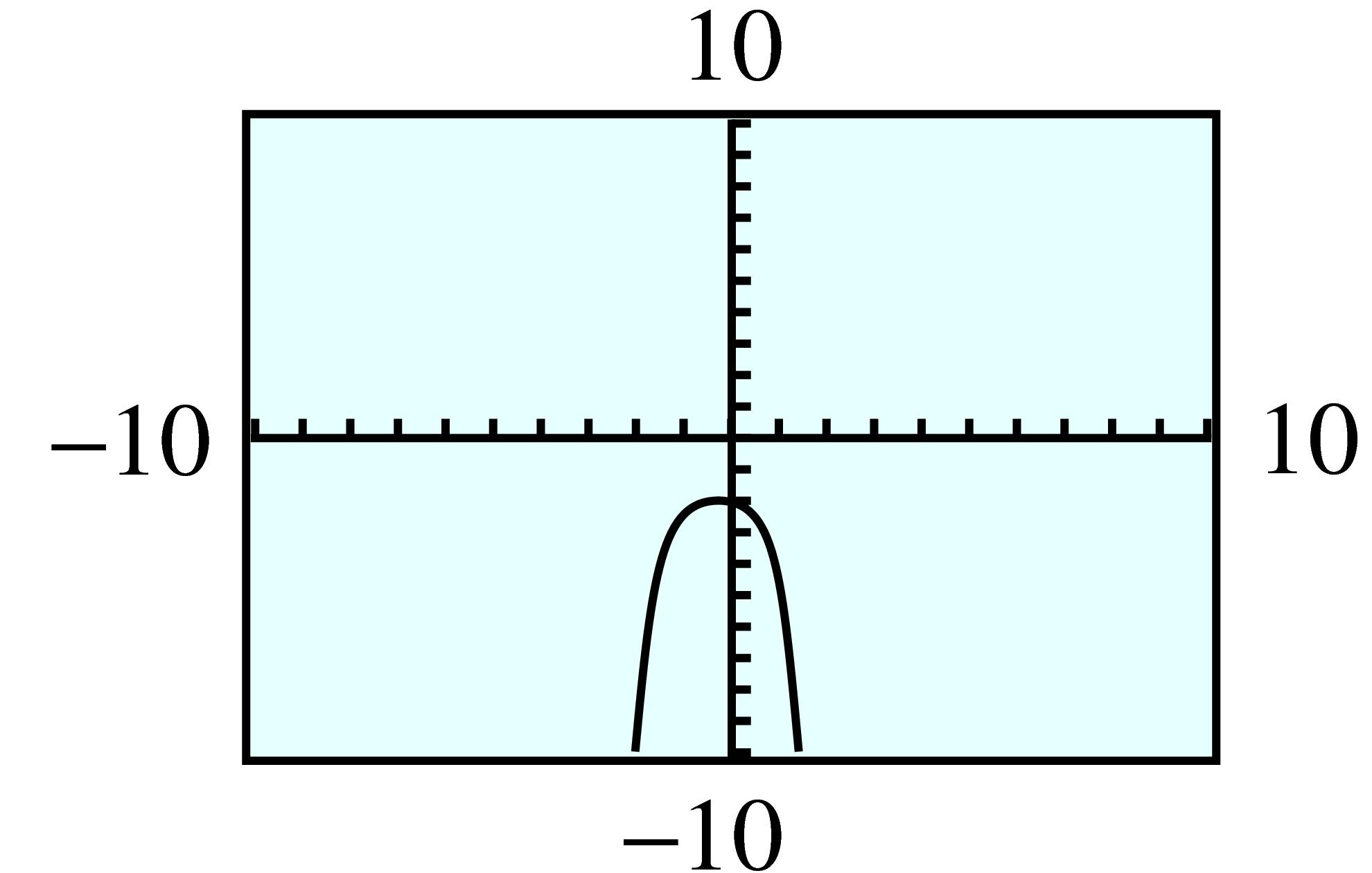
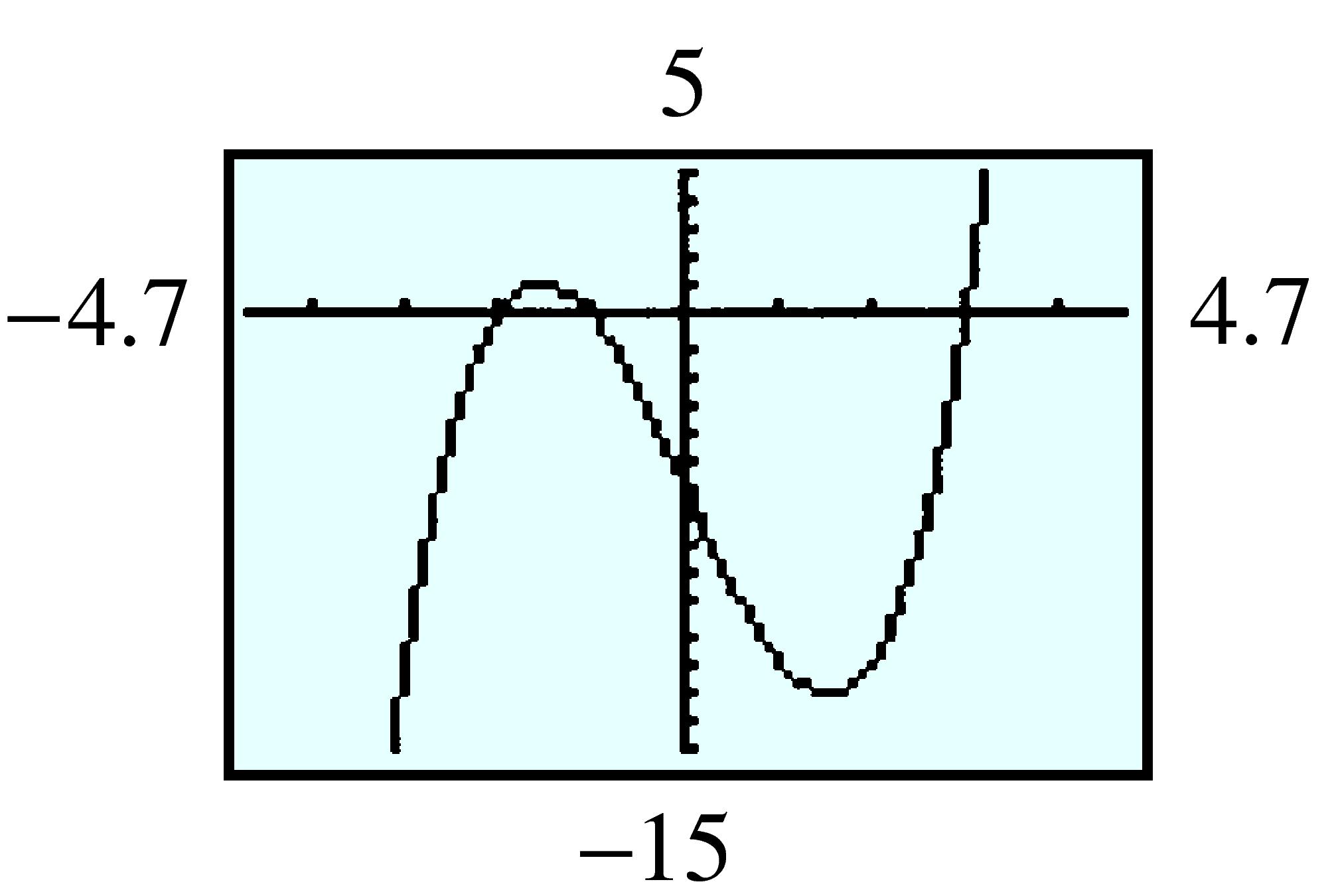
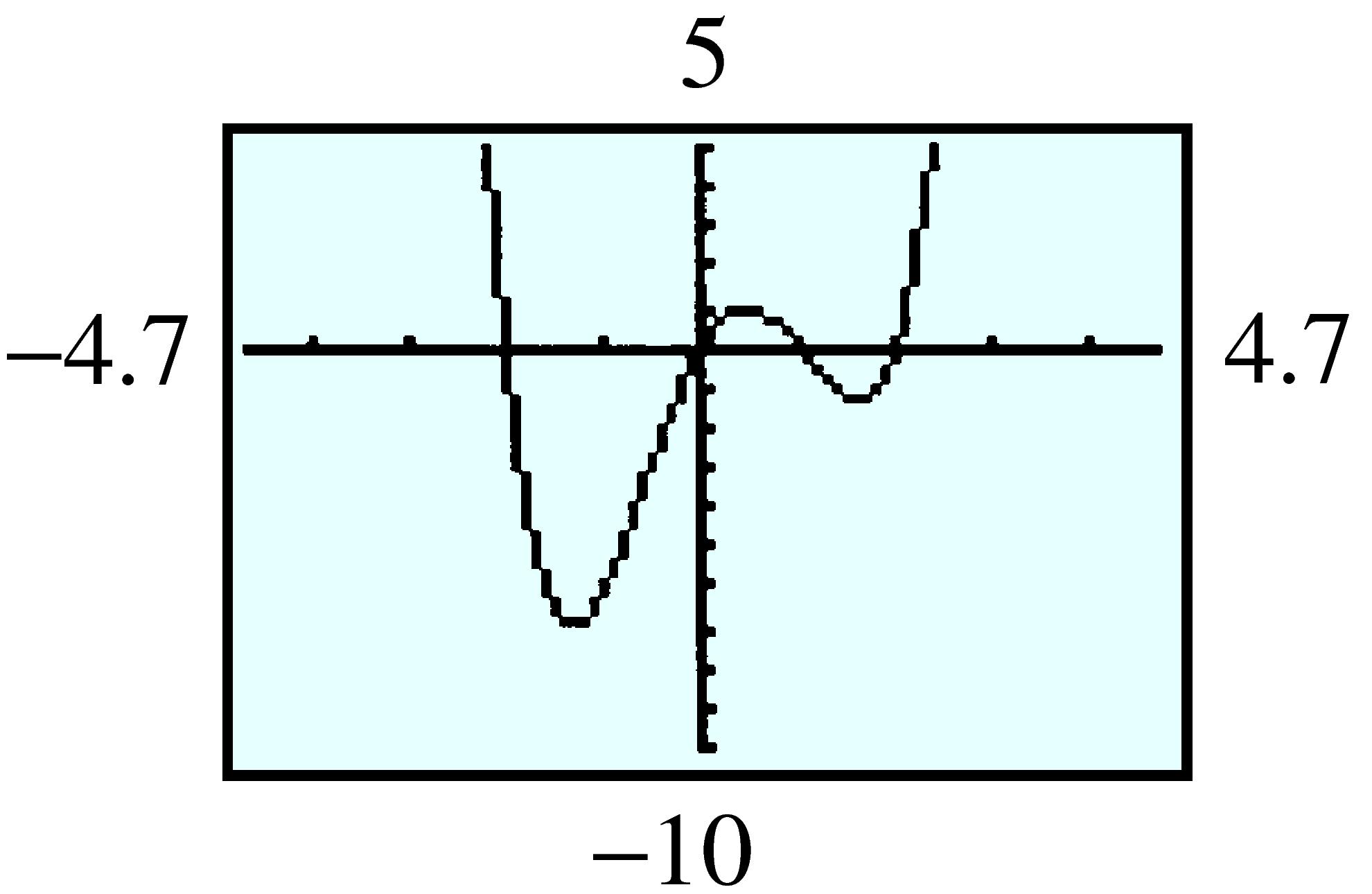
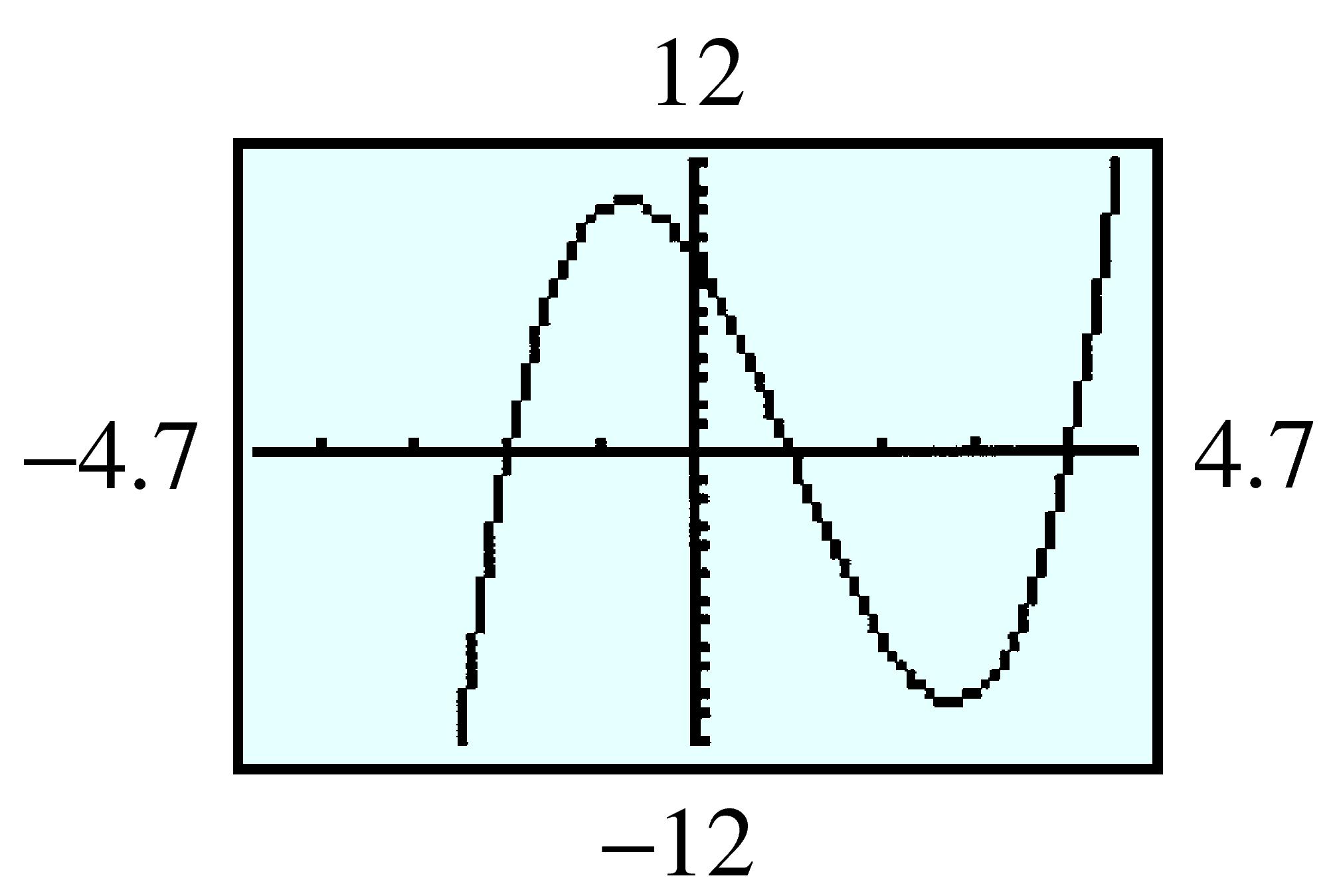
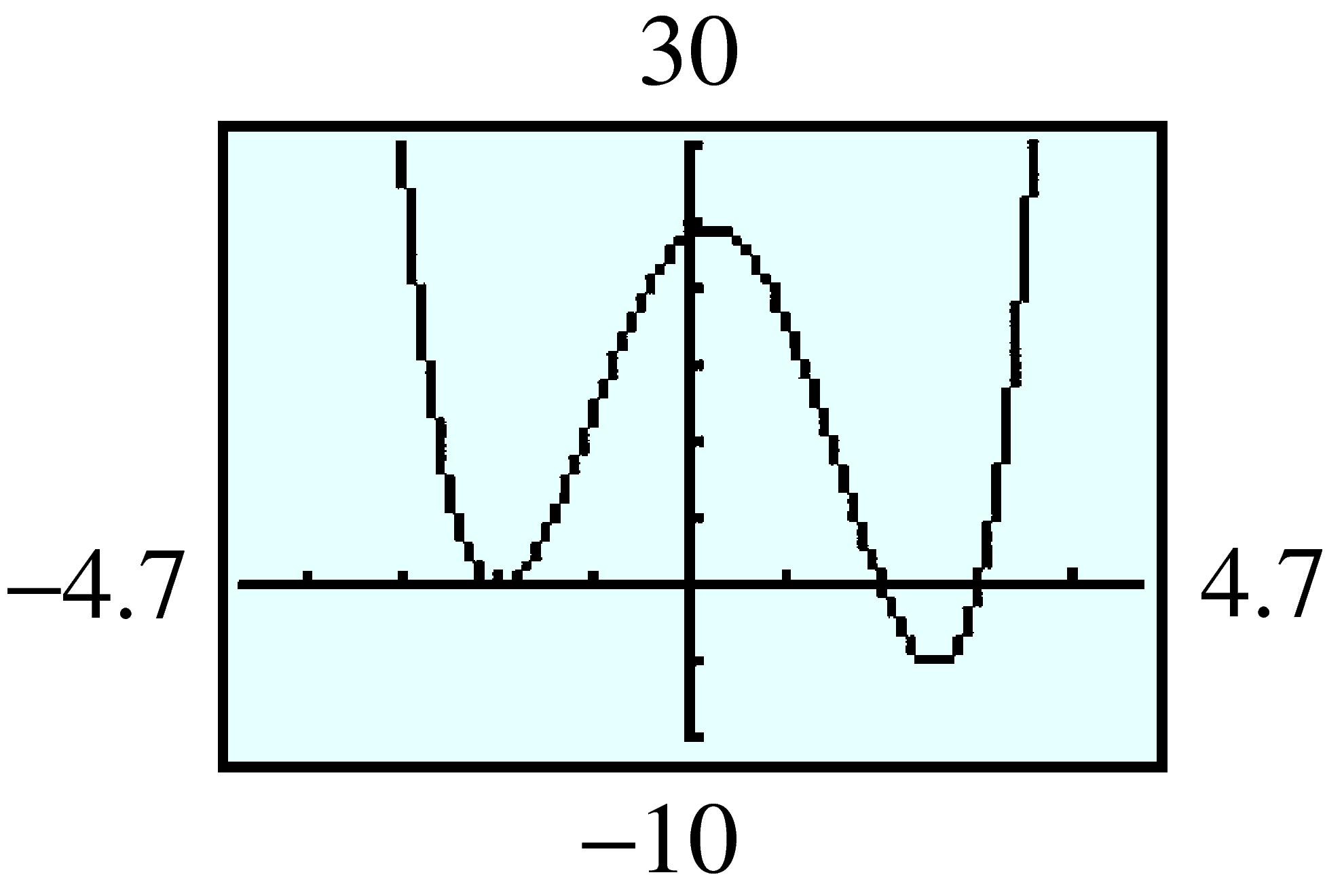









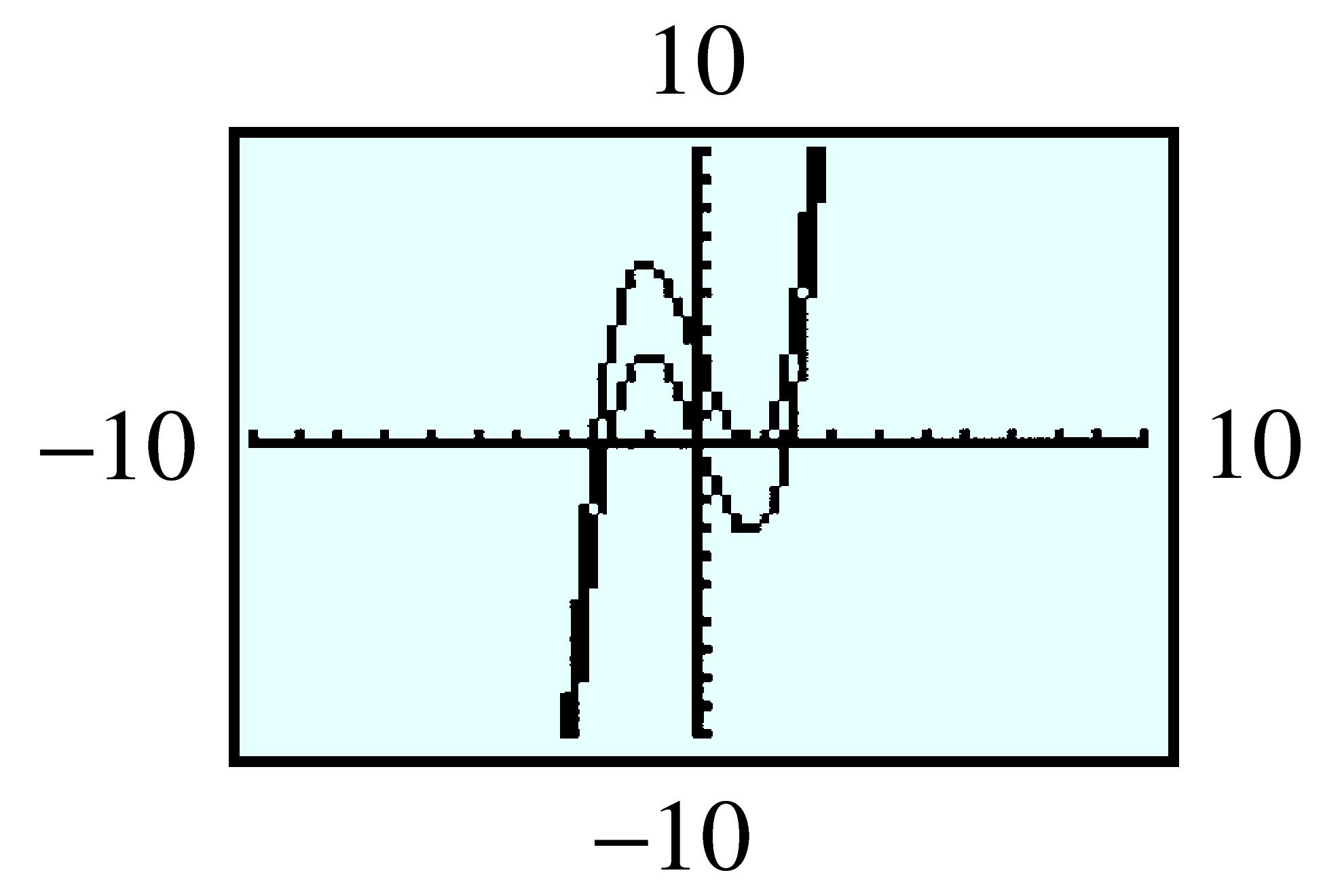
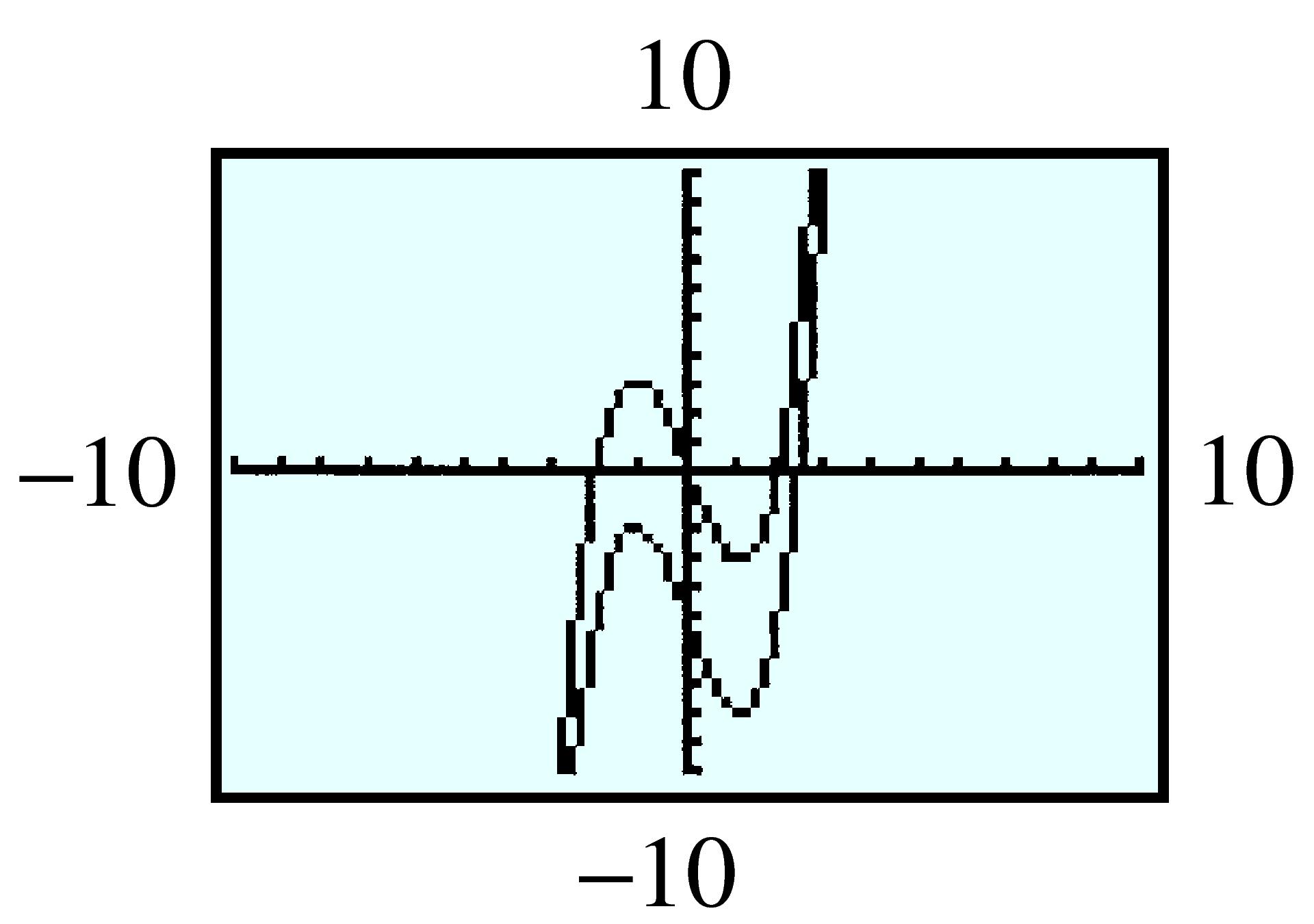
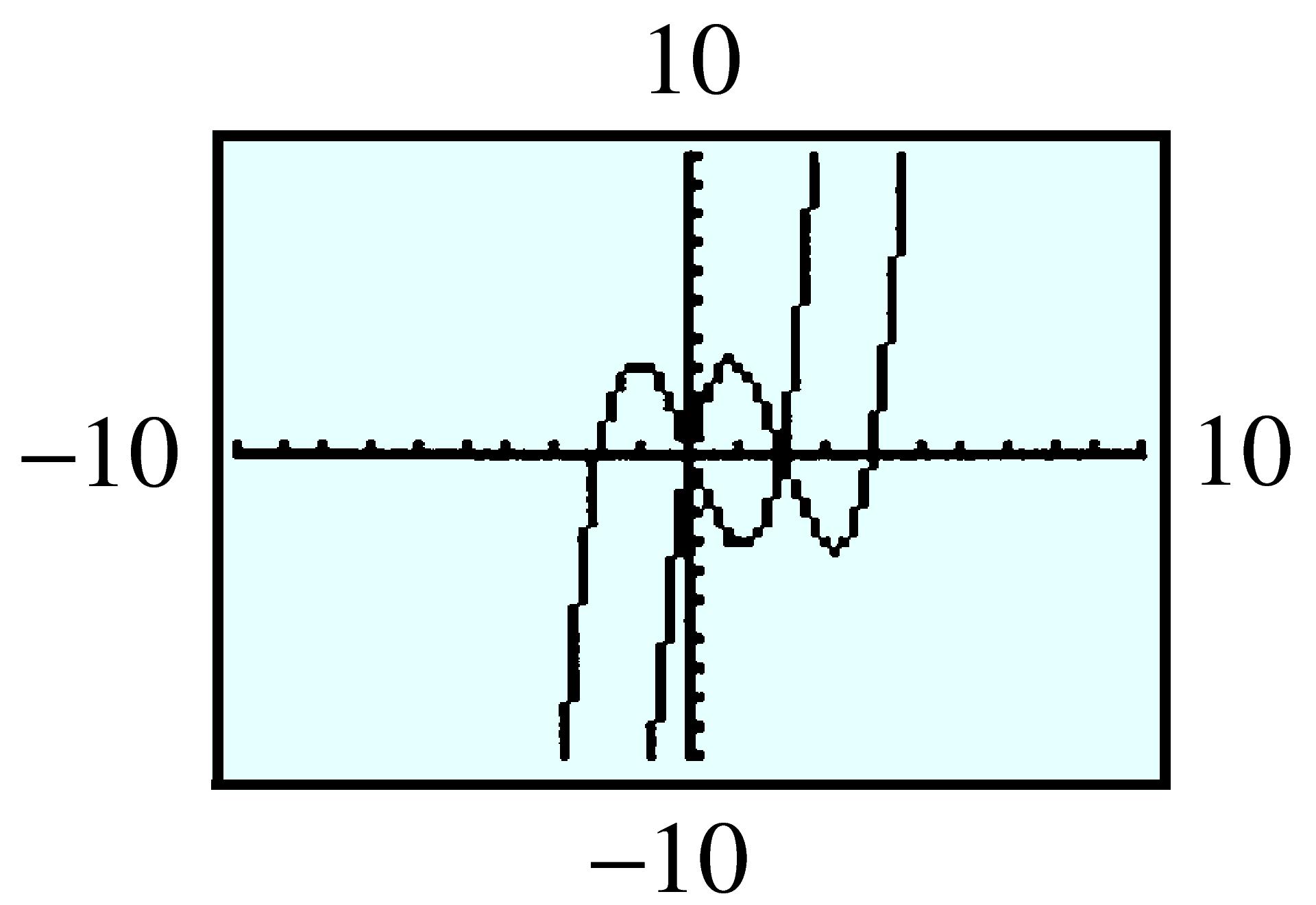
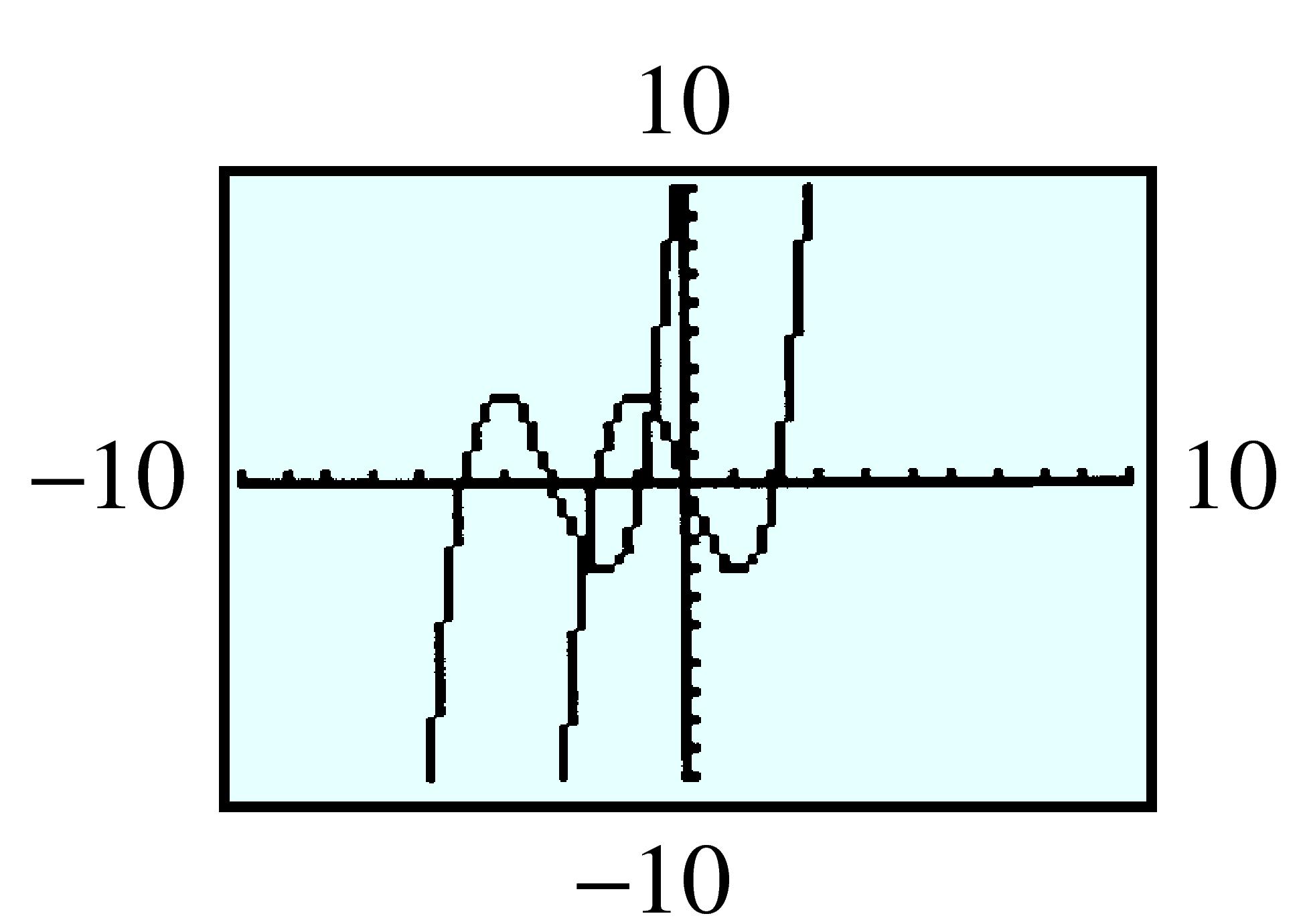
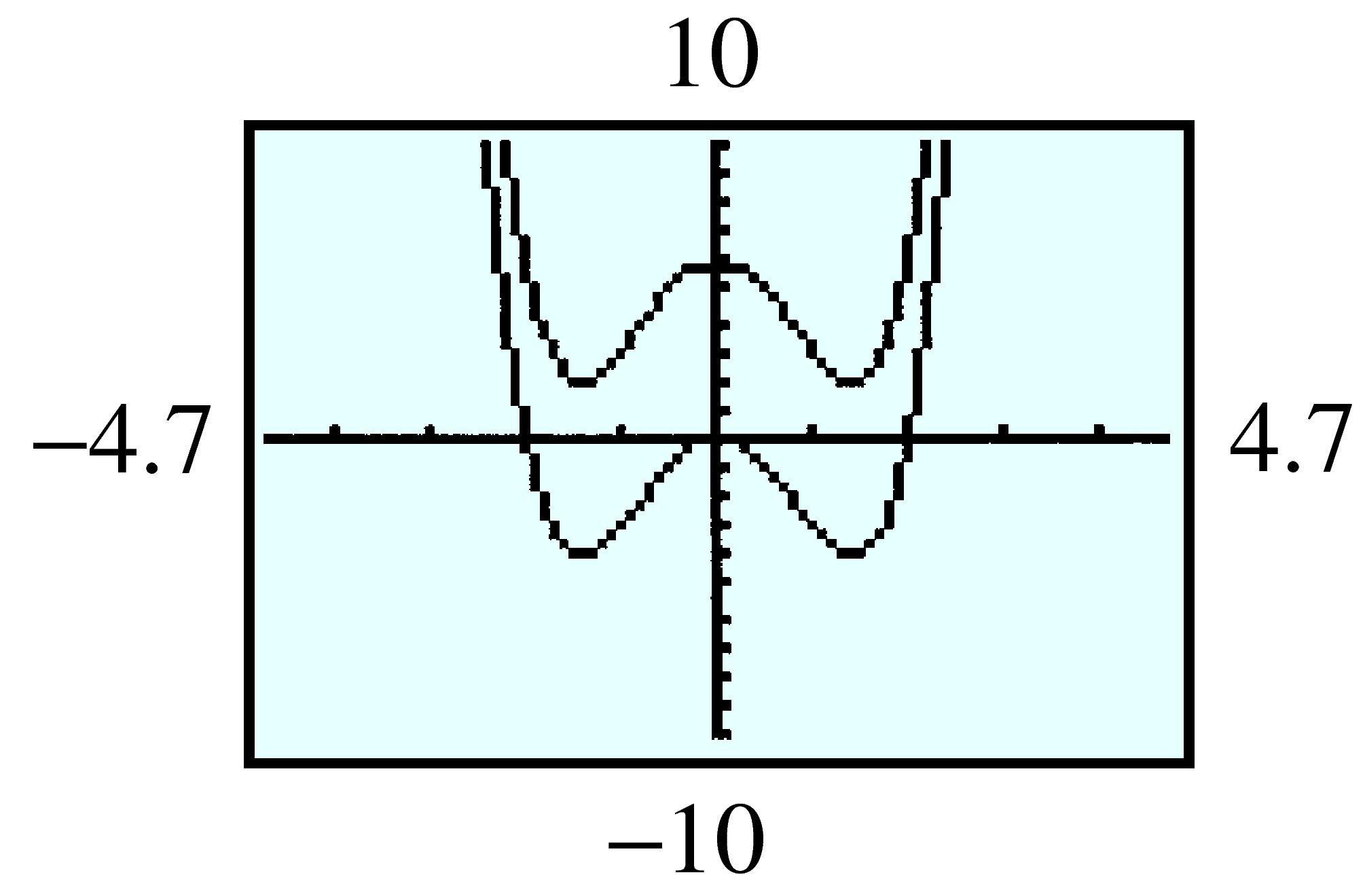
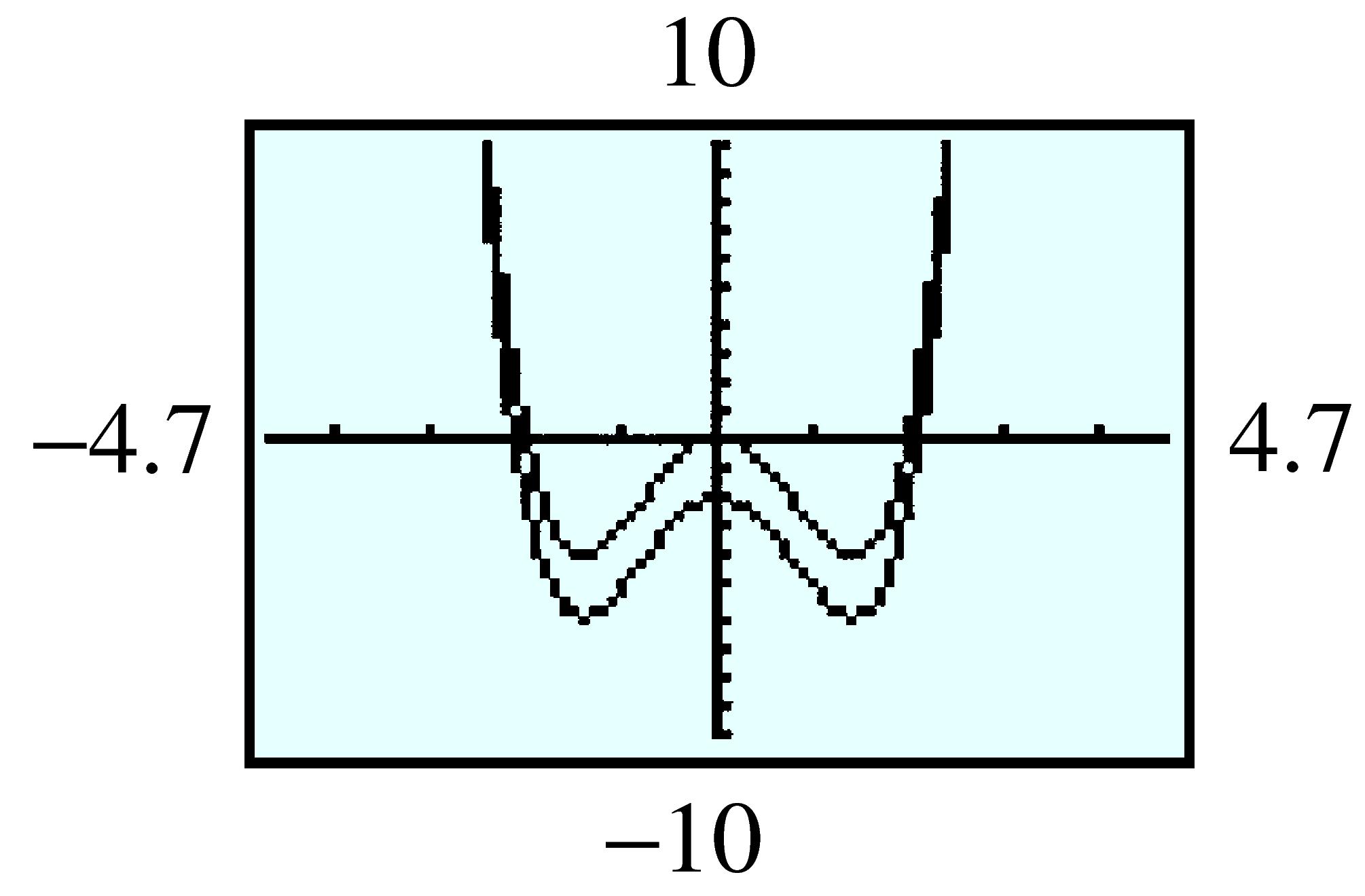
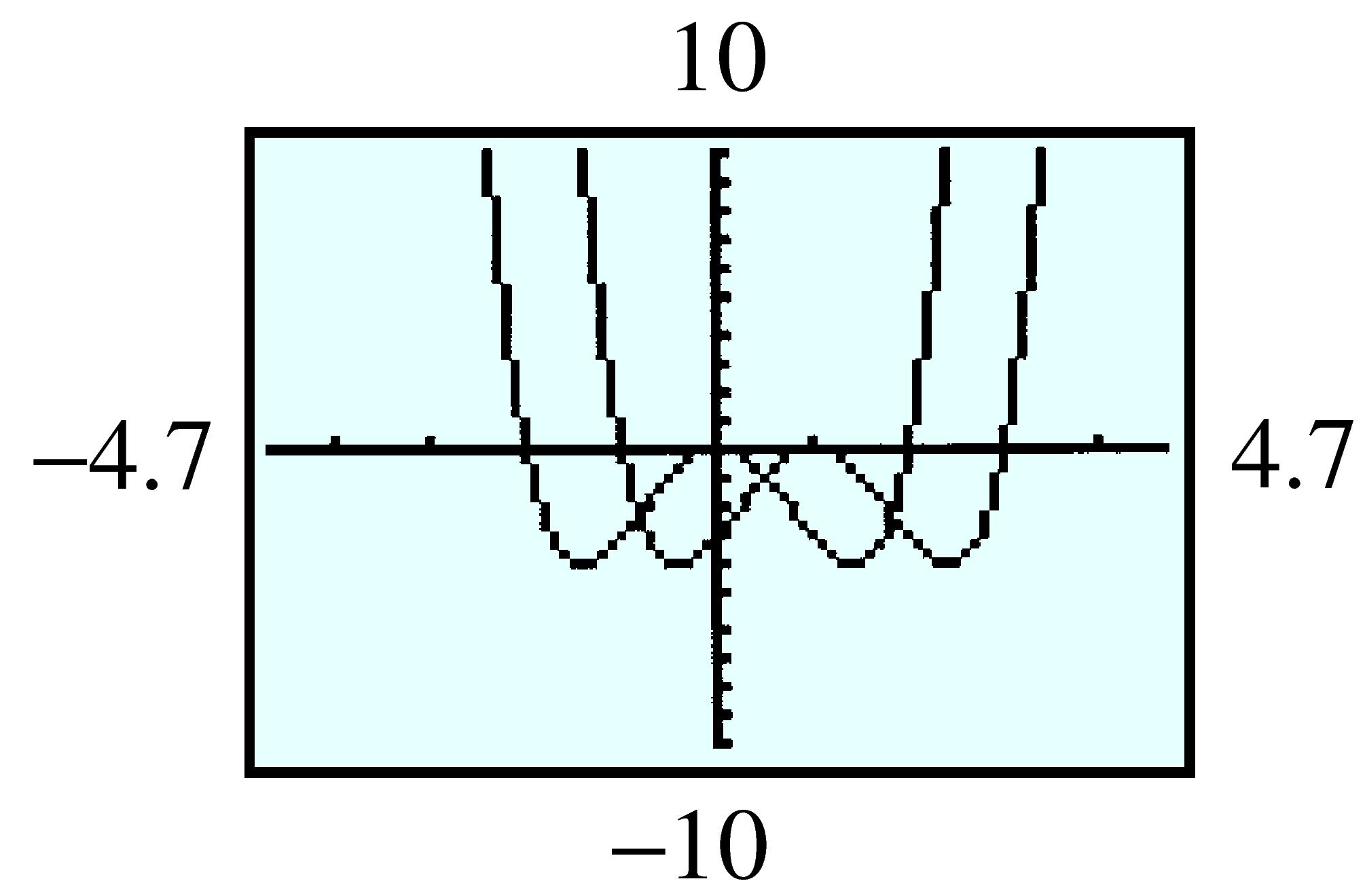
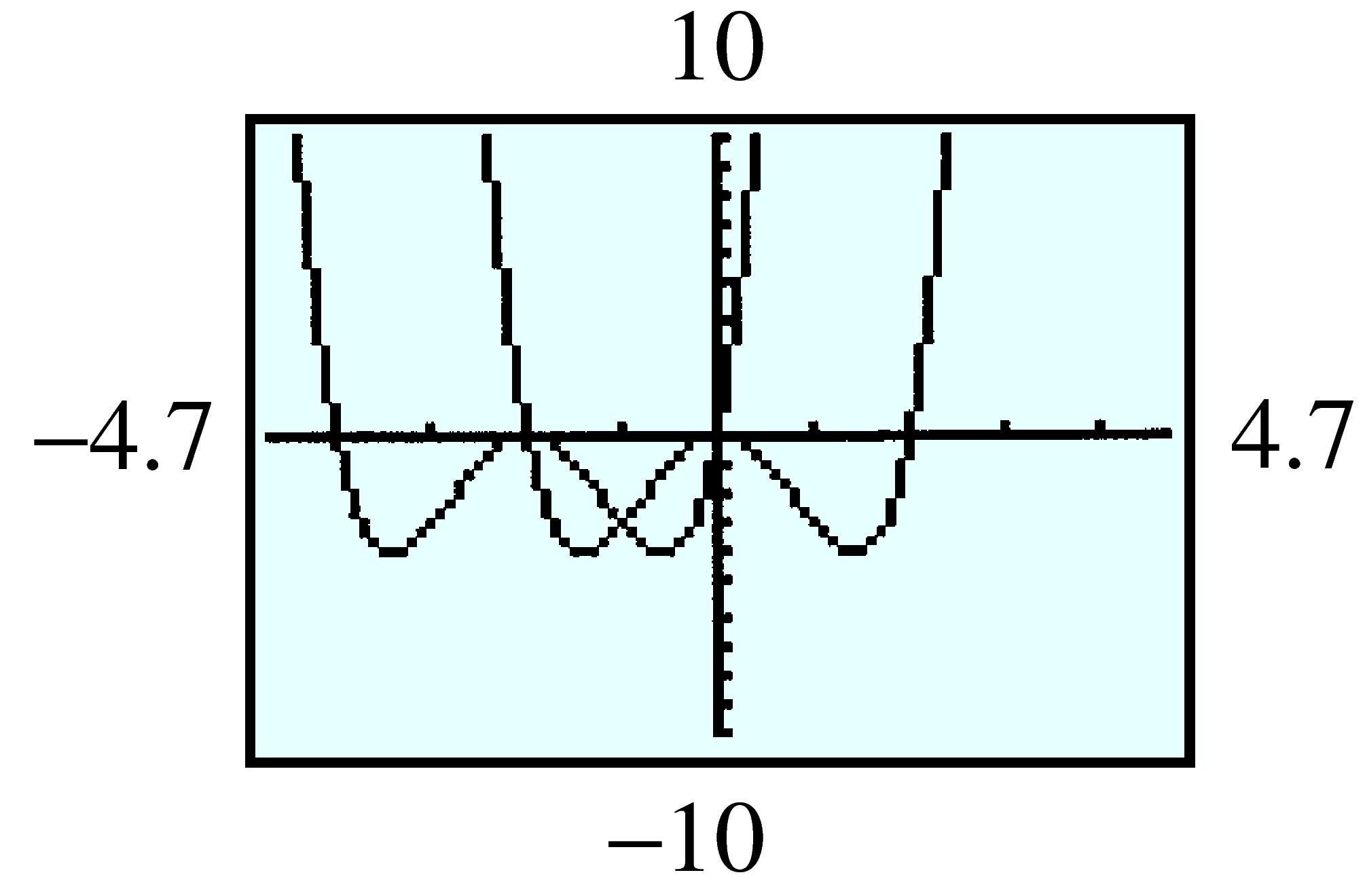
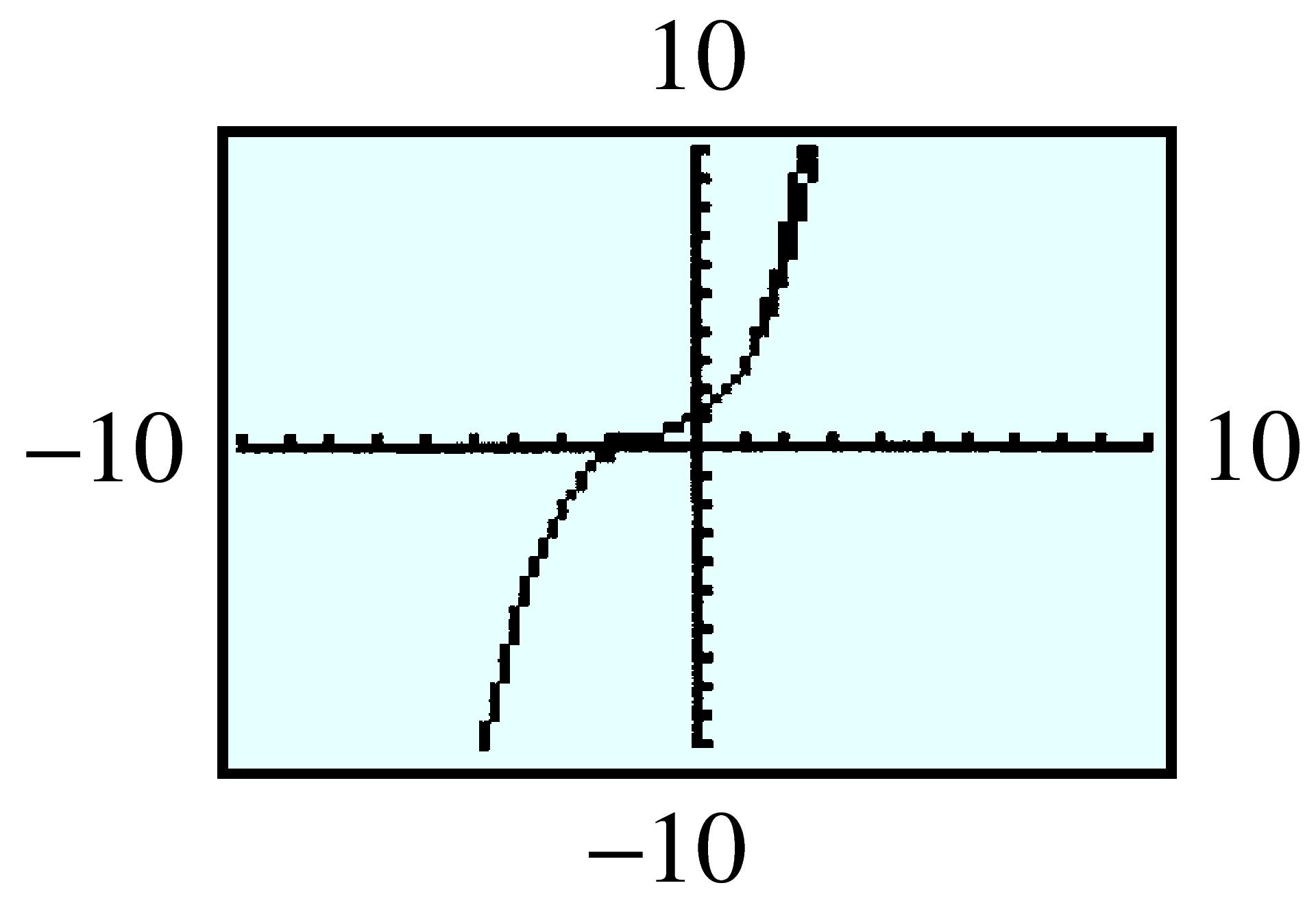
| \(x\) | \(-1\) | \(-0.5\) | \(0\) | \(0.5\) | \(1\) | \(1.5\) | \(2\) |
| \(f(x) \) | \(0.368 \) | \(0.607 \) | \(1 \) | \(1.649 \) | \(2.718 \) | \(4.482 \) | \(7.389 \) |
| \(p(x) \) | \(0.333\) | \(0.604\) | \(1\) | \(1.646\) | \(2.667\) | \(4.188\) | \(6.333\) |
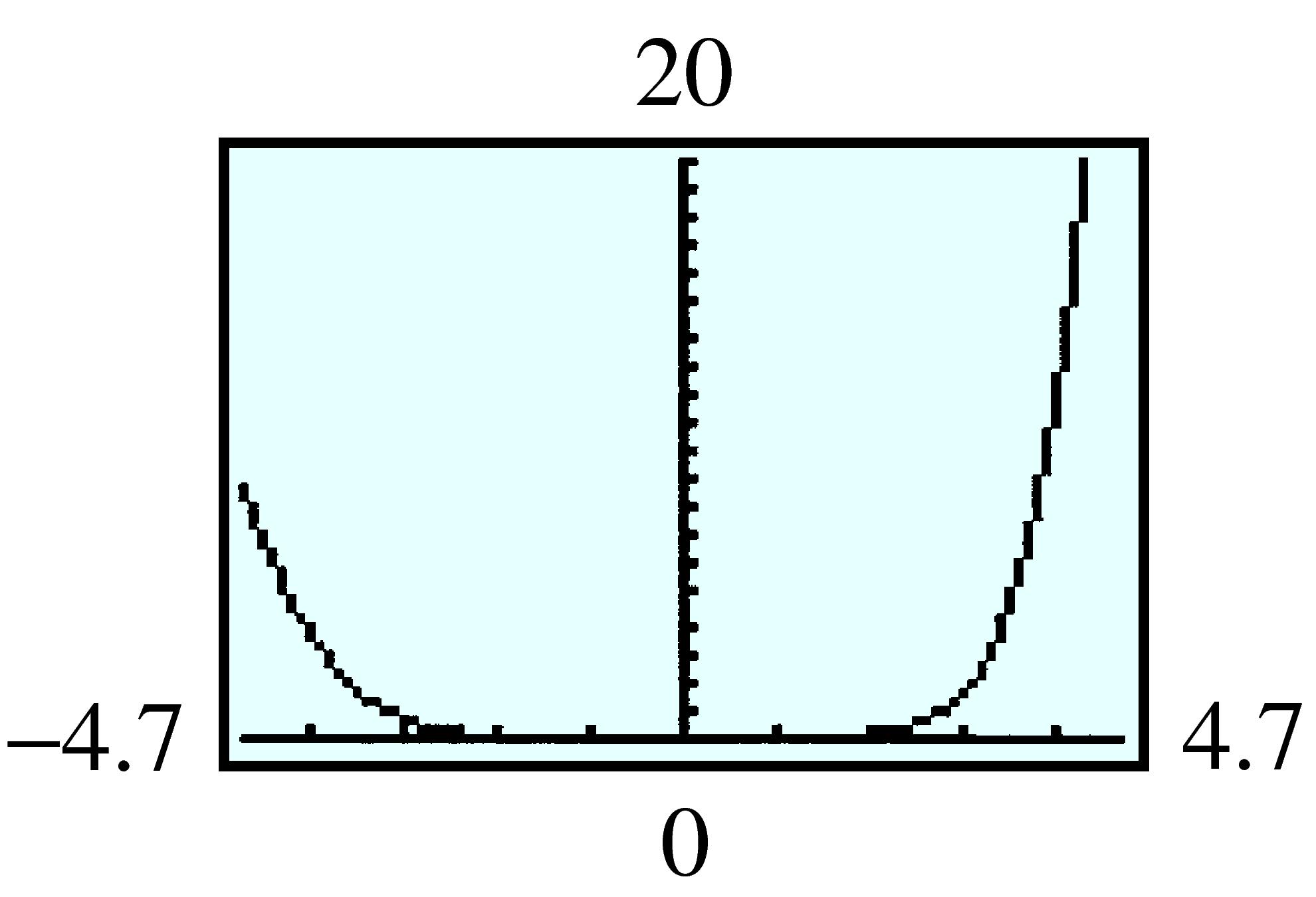




| \(v\) | \(0\) | \(5\) | \(10\) | \(15\) | \(20\) | \(25\) | \(30\) | \(35\) | \(40\) | \(45\) | \(50\) |
| \(t\) | \(3\) | \(3.33\) | \(3.75 \) | \(4.29 \) | \(5 \) | \(6 \) | \(7.5 \) | \(10 \) | \(15 \) | \(30 \) | — |
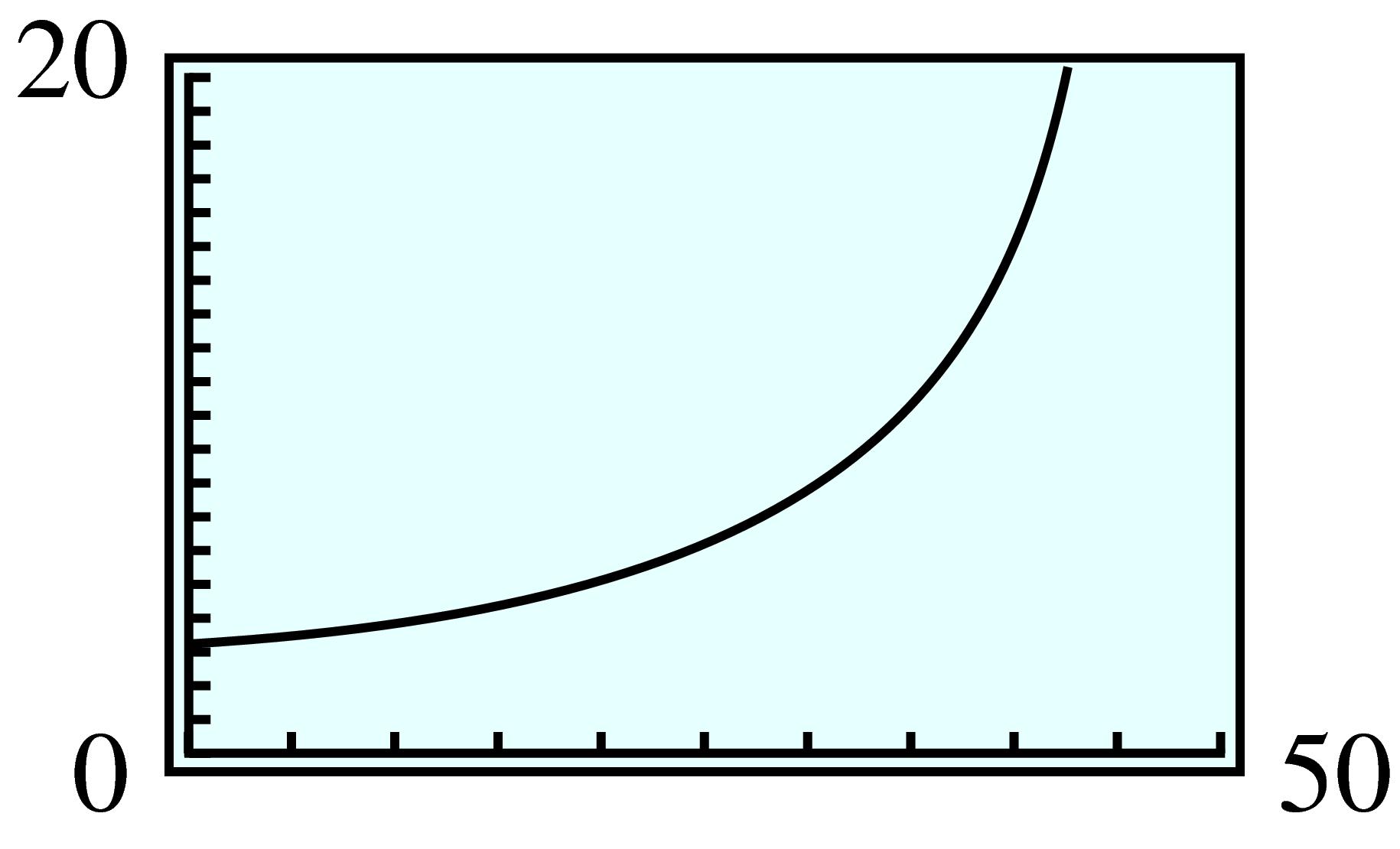
| \(p\) | \(0\) | \(15\) | \(25\) | \(40\) | \(50\) | \(75\) | \(80\) | \(90\) | \(100\) |
| \(C\) | \(0\) | \(12.7\) | \(24 \) | \(48 \) | \(72 \) | \(216 \) | \(288 \) | \(648 \) | — |
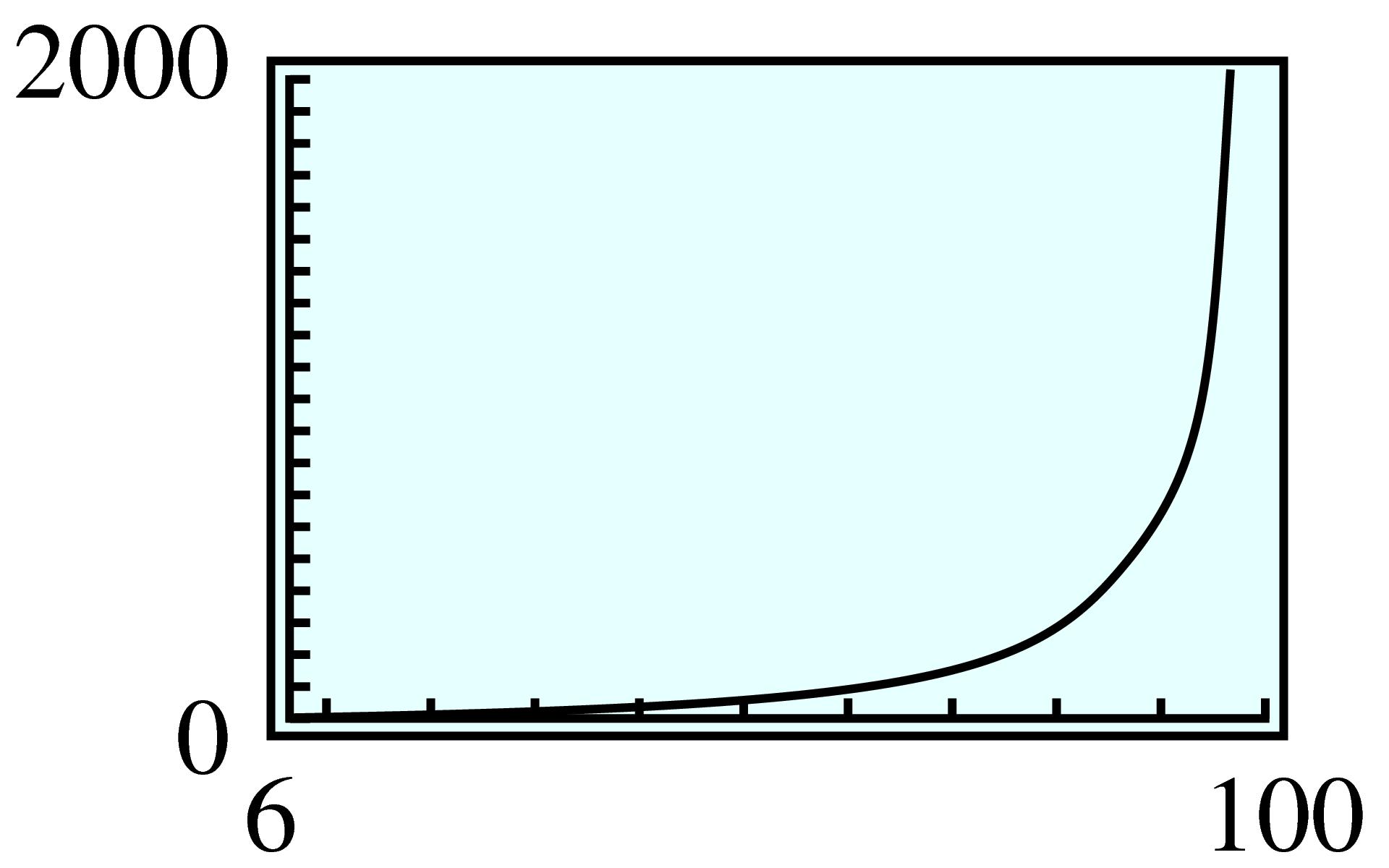
| \(n\) | \(100\) | \(200\) | \(400\) | \(500\) | \(1000\) | \(2000\) | \(4000\) | \(5000\) | \(8000\) |
| \(C\) | \(208 \) | \(108 \) | \(58 \) | \(48 \) | \(28 \) | \(18 \) | \(13 \) | \(12 \) | \(10.5 \) |
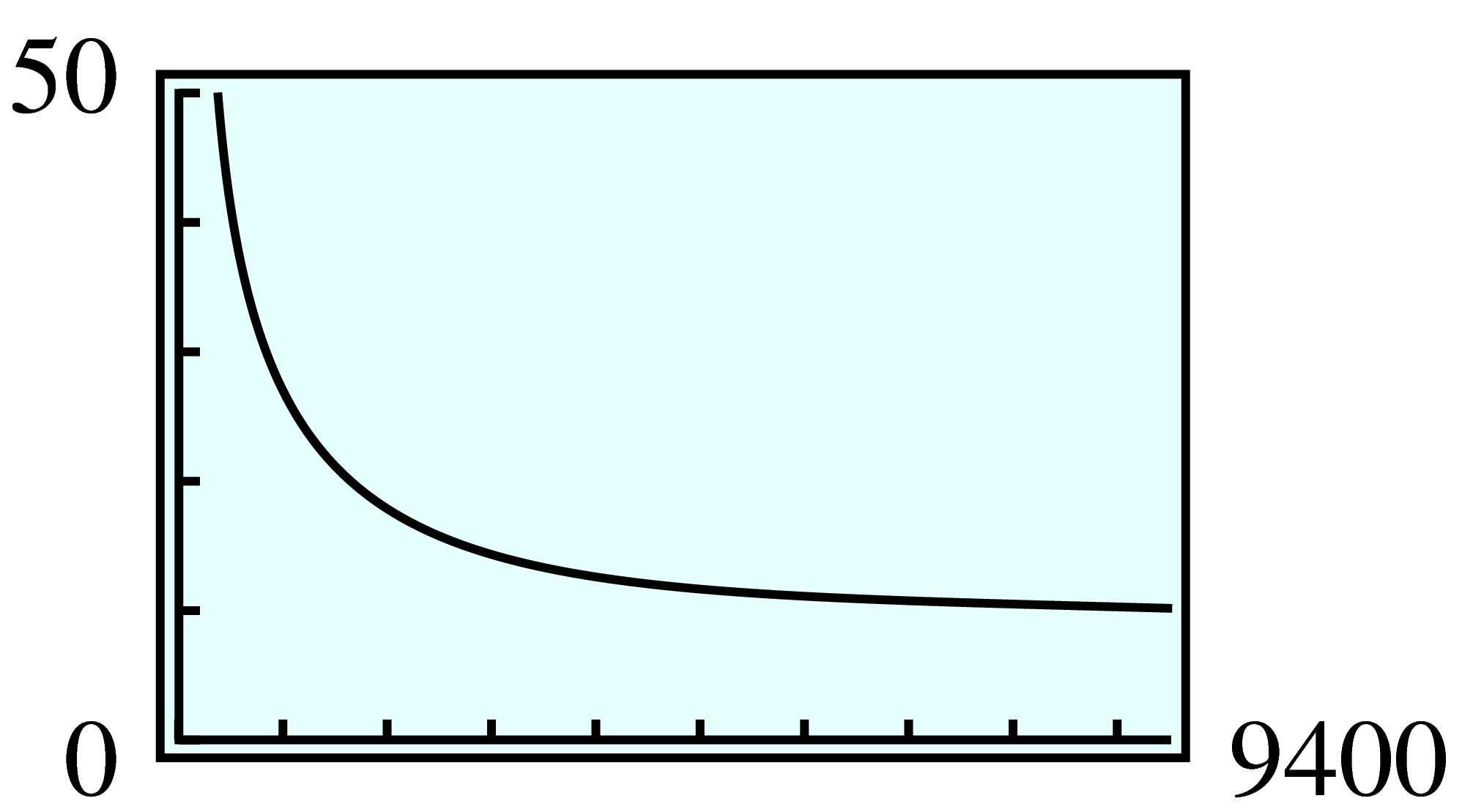
| \(x\) | \(10\) | \(20\) | \(30\) | \(40\) | \(50\) | \(60\) | \(70\) | \(80\) | \(90\) | \(100\) |
| \(C\) | \(4860 \) | \(4770 \) | \(4780 \) | \(4815 \) | \(4860 \) | \(4910 \) | \(5018 \) | \(5073 \) | \(5130 \) |
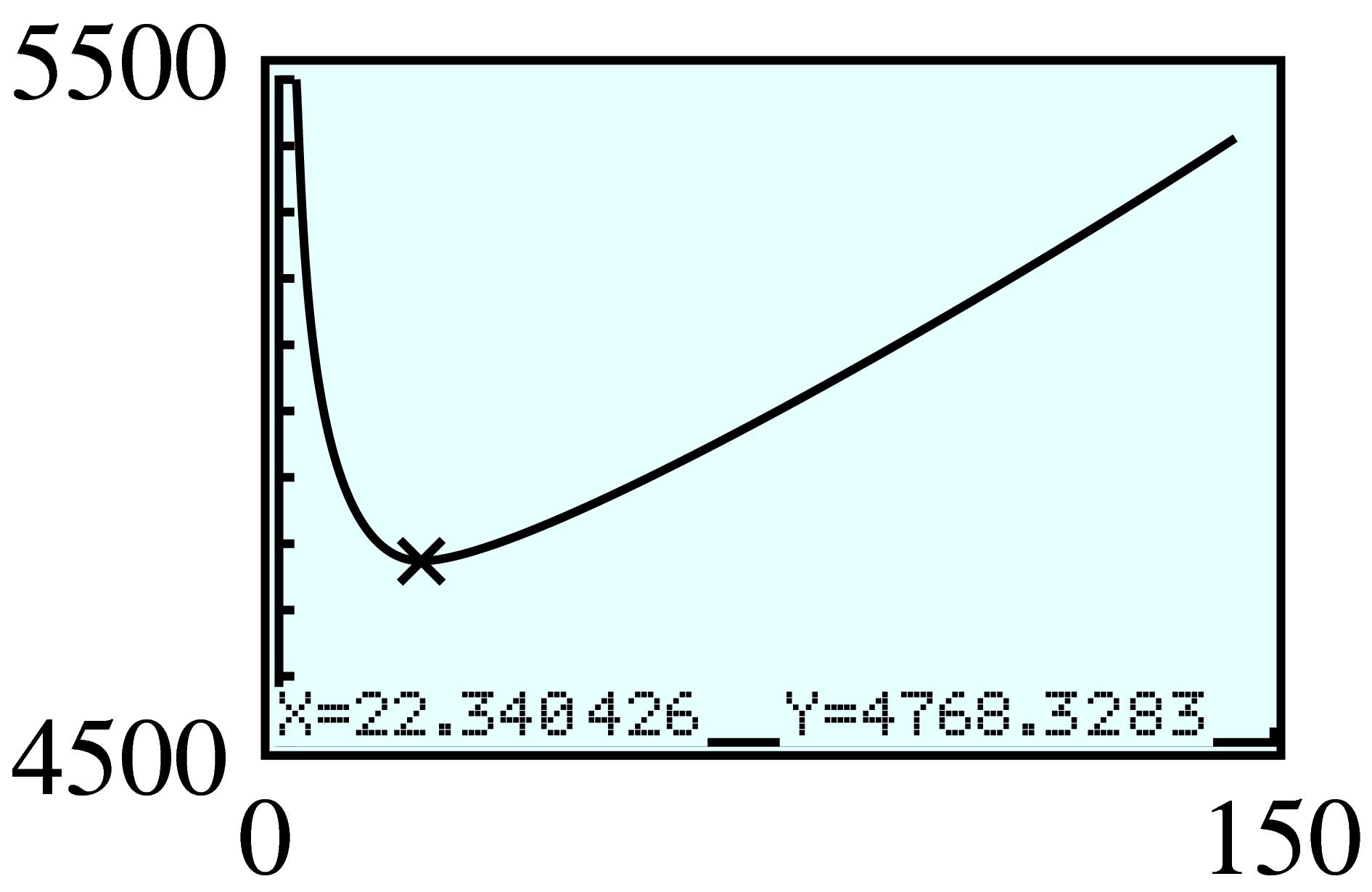
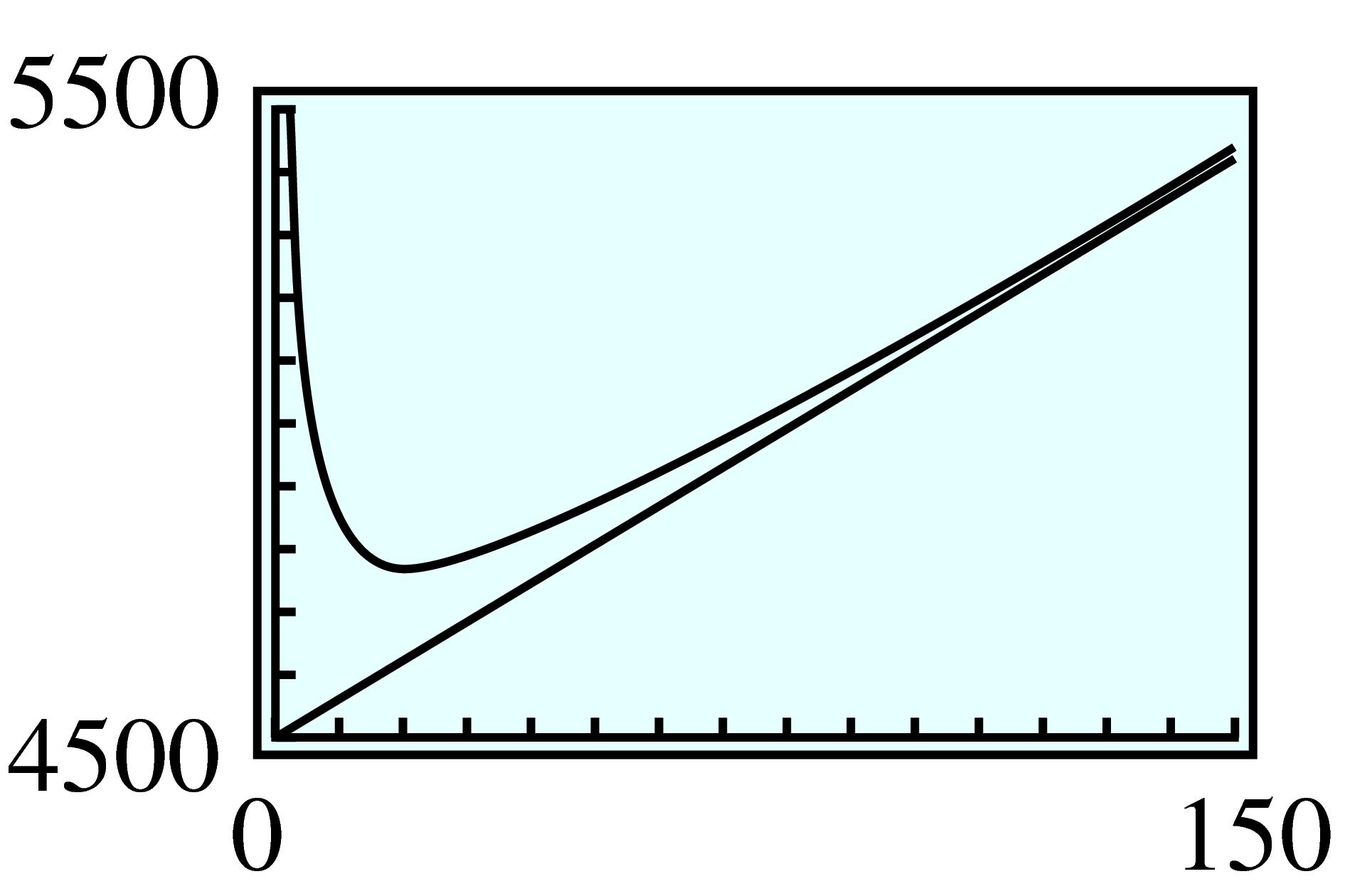
| \(x\) | \(1\) | \(2\) | \(3\) | \(4\) | \(5\) | \(6\) | \(7\) |
| \(h\) | \(23.5 \) | \(11 \) | \(6.5 \) | \(4\) | \(2.3 \) | \(1 \) | \(-0.07 \) |
| \(V\) | \(23.5 \) | \(44 \) | \(58.5 \) | \(64 \) | \(57.5 \) | \(36\) | \(-3.5 \) |
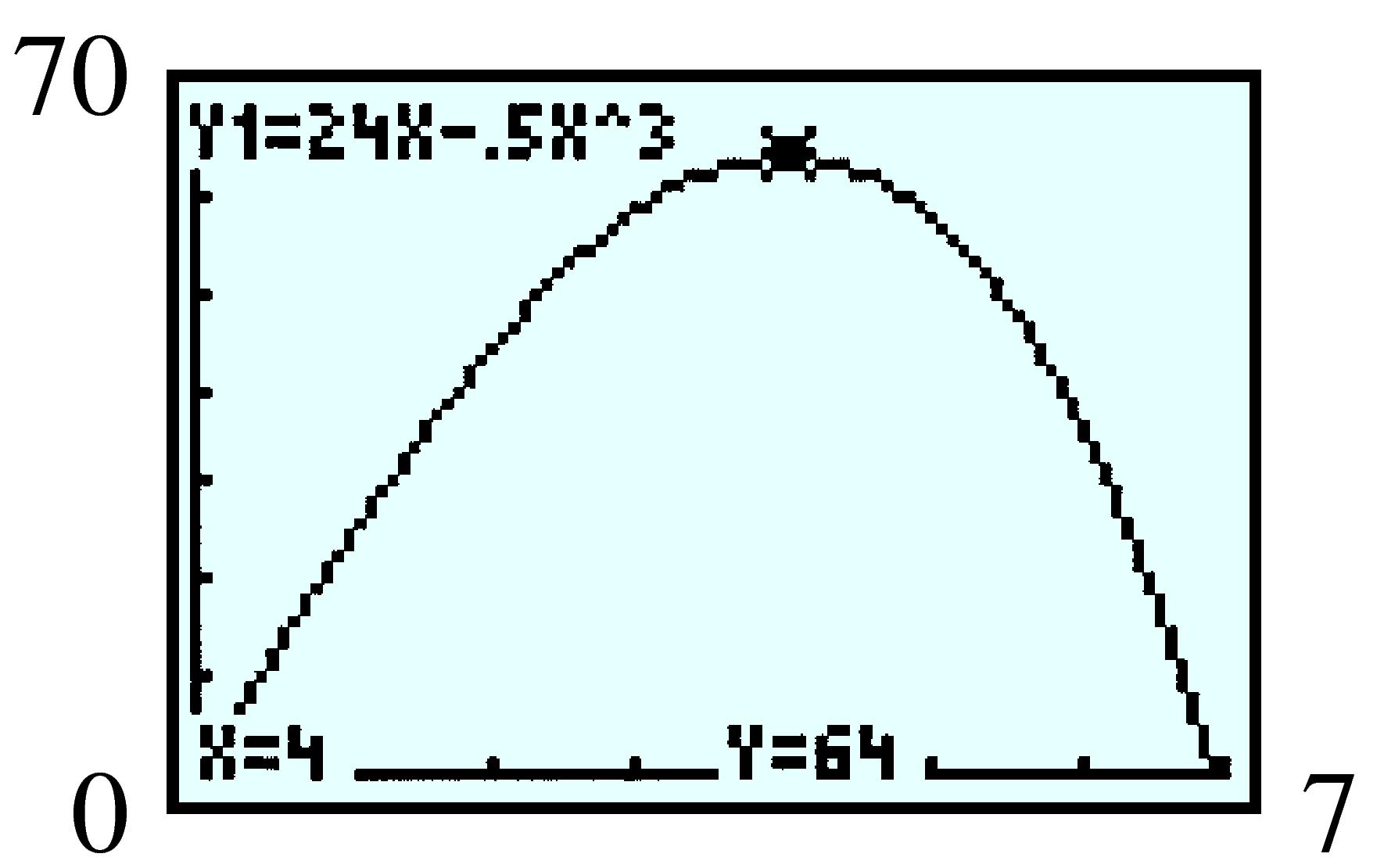
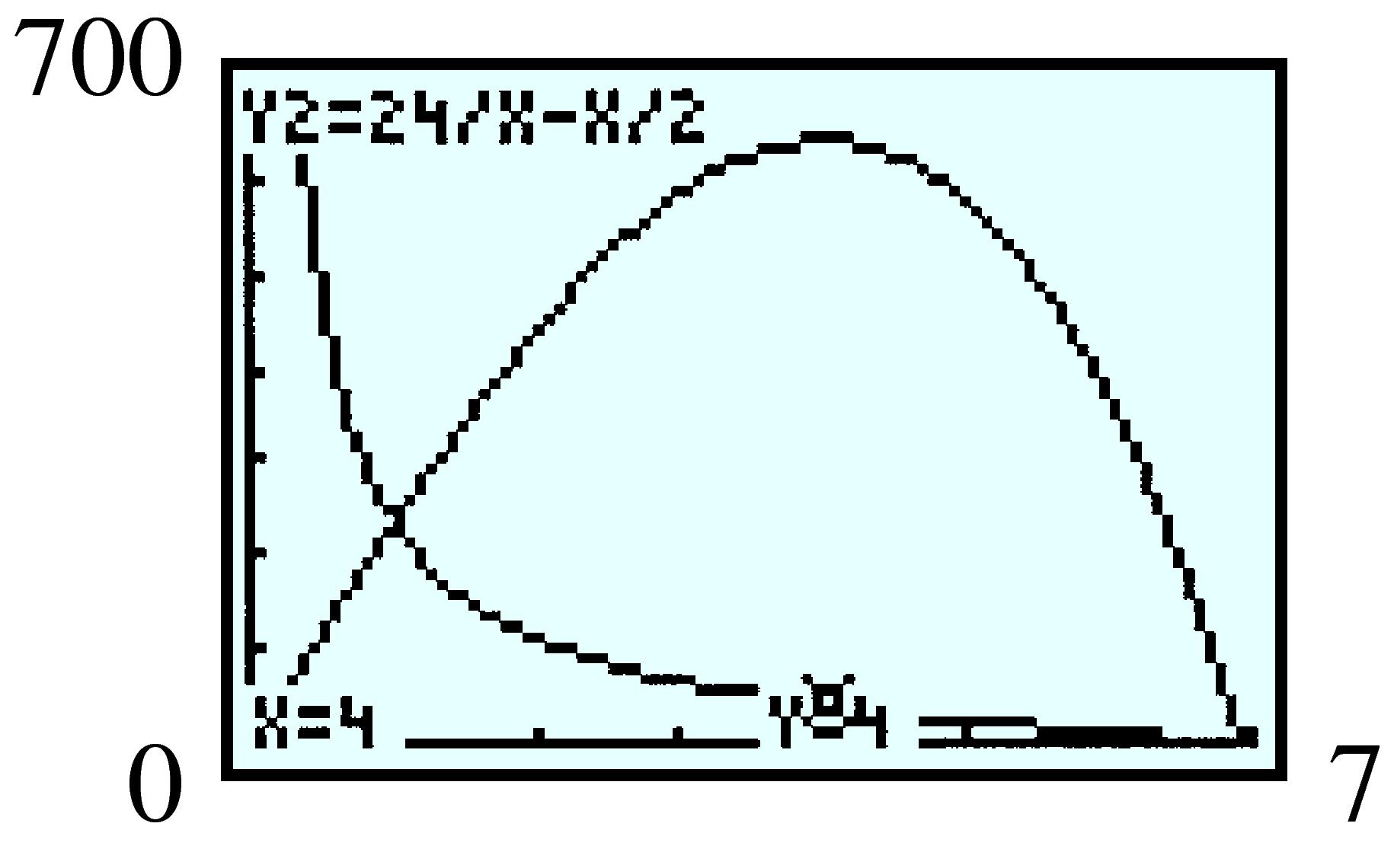
| \(v\) | \(-100\) | \(-75\) | \(-50\) | \(-25\) | \(0\) | \(25\) | \(50\) | \(75\) | \(100\) |
| \(P\) | \(338.15 \) | \(358.92 \) | \(382.41 \) | \(409.19 \) | \(440 \) | \(475.83 \) | \(518.01 \) | \(568.4 \) | \(629.66 \) |
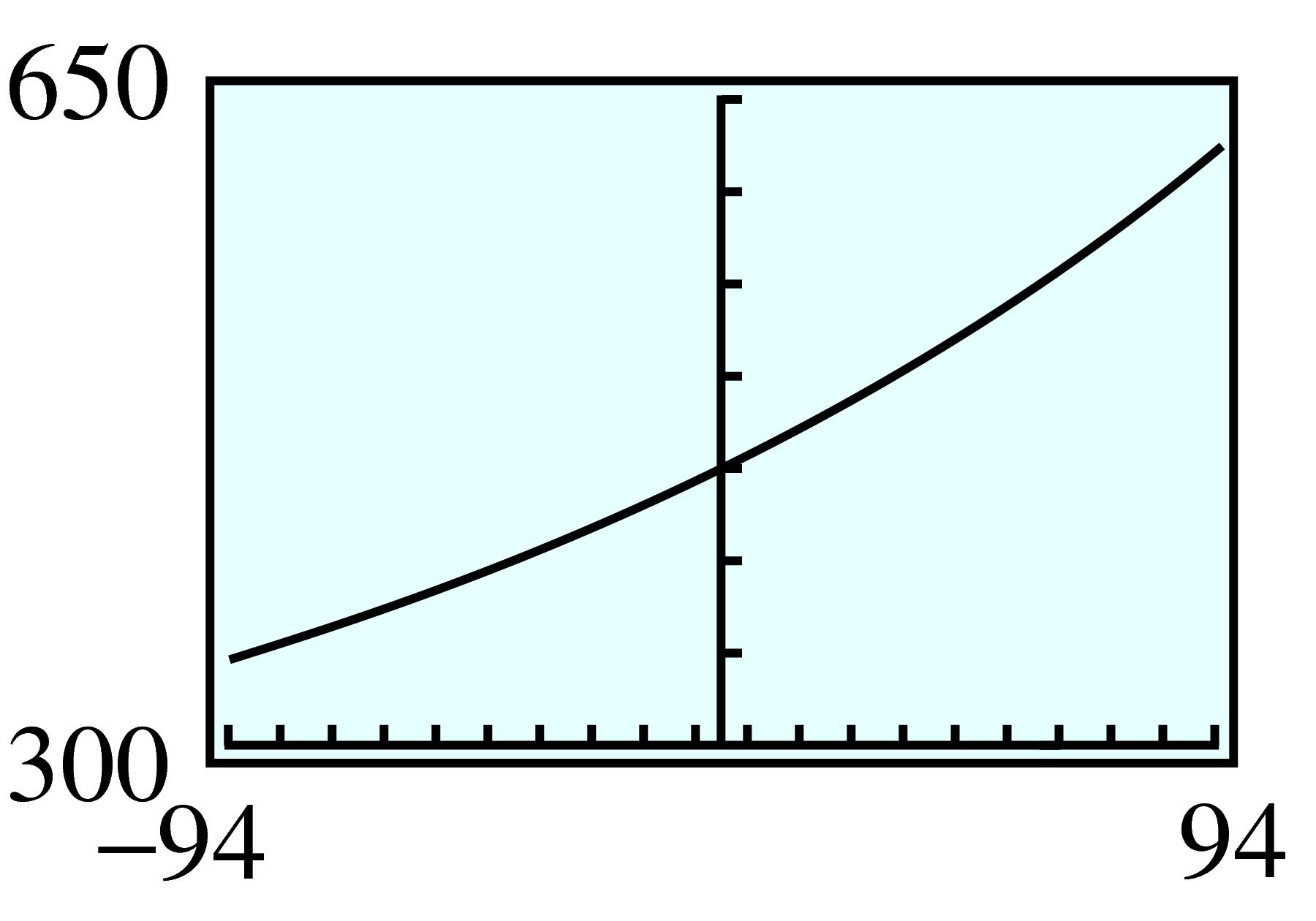













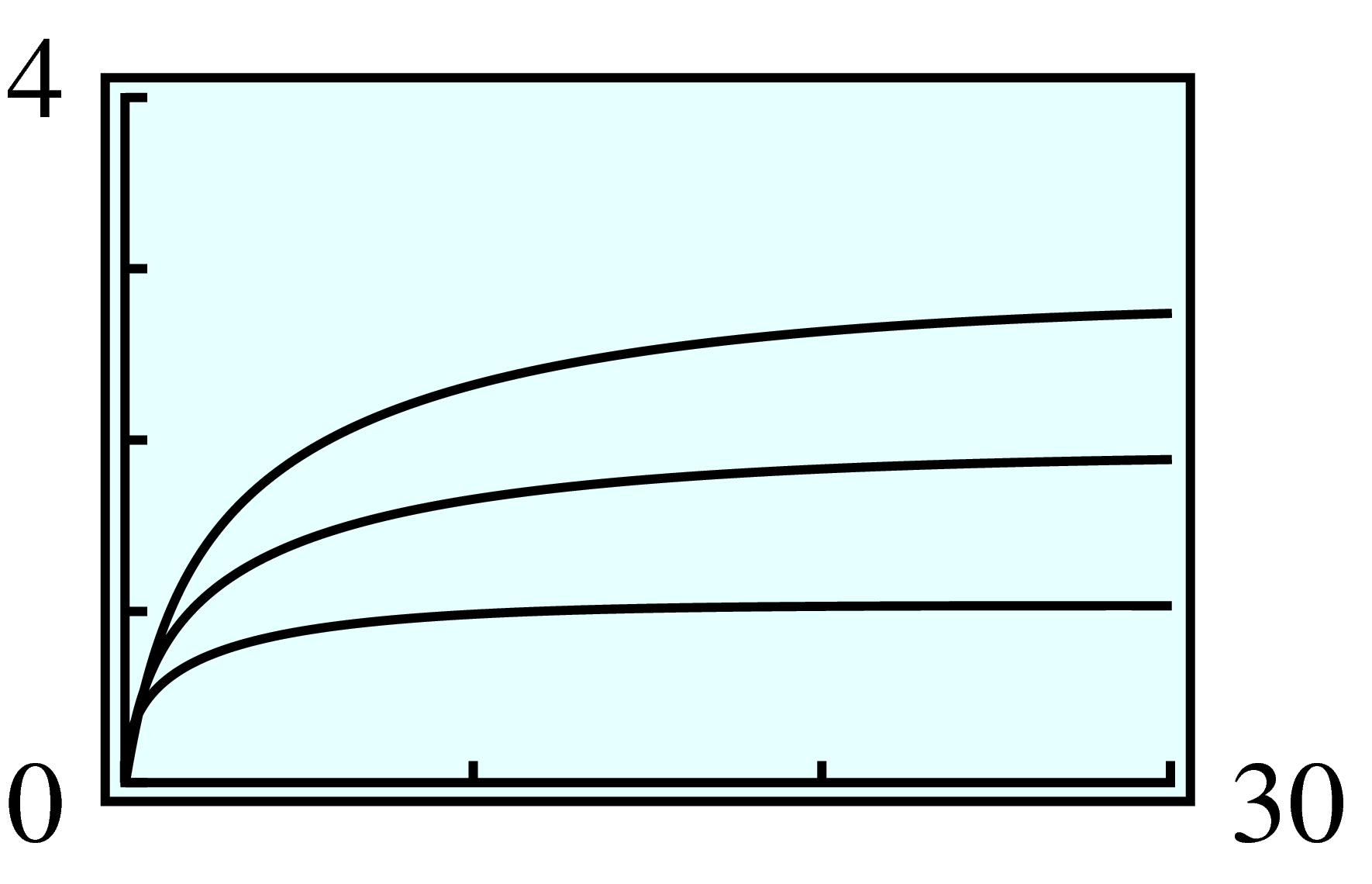
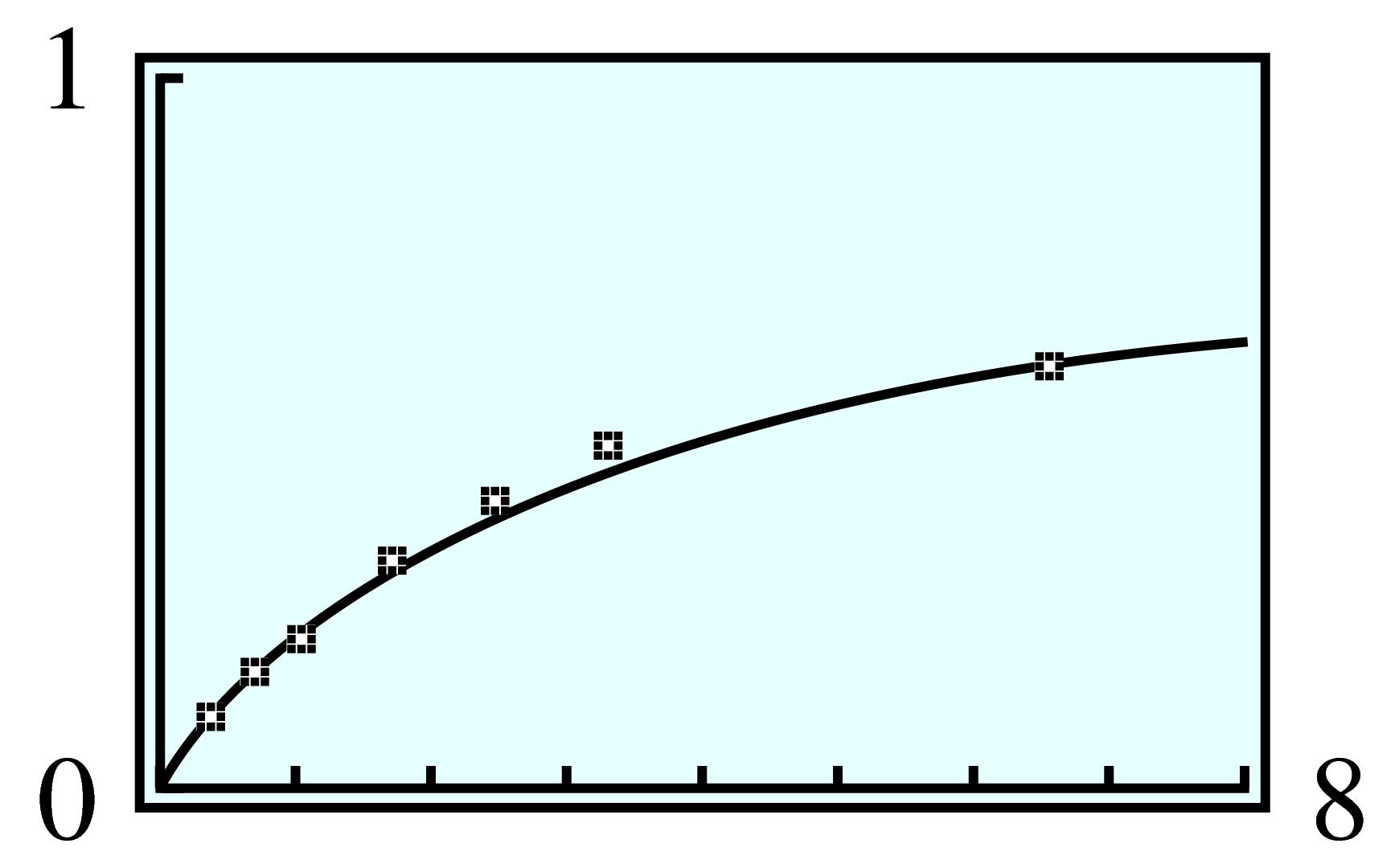
| \(\frac{1}{s}\) | \(3\) | \(1.5\) | \(1\) | \(0.6\) | \(0.4\) | \(0.3\) | \(0.15\) |
| \(\frac{1}{v} \) | \(12.5\) | \(7.1\) | \(5\) | \(3.3\) | \(2.6\) | \(2.2\) | \(1.7\) |
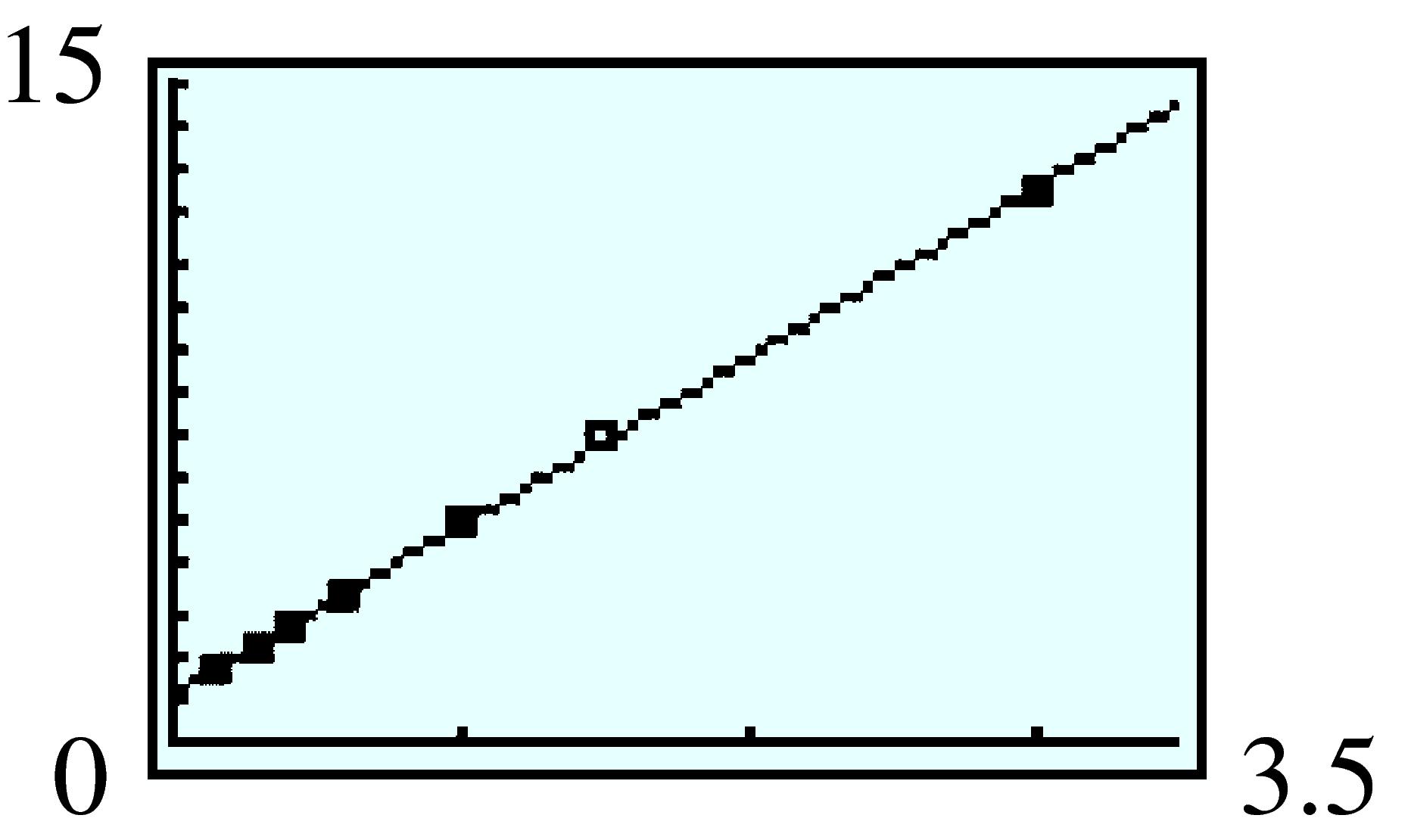


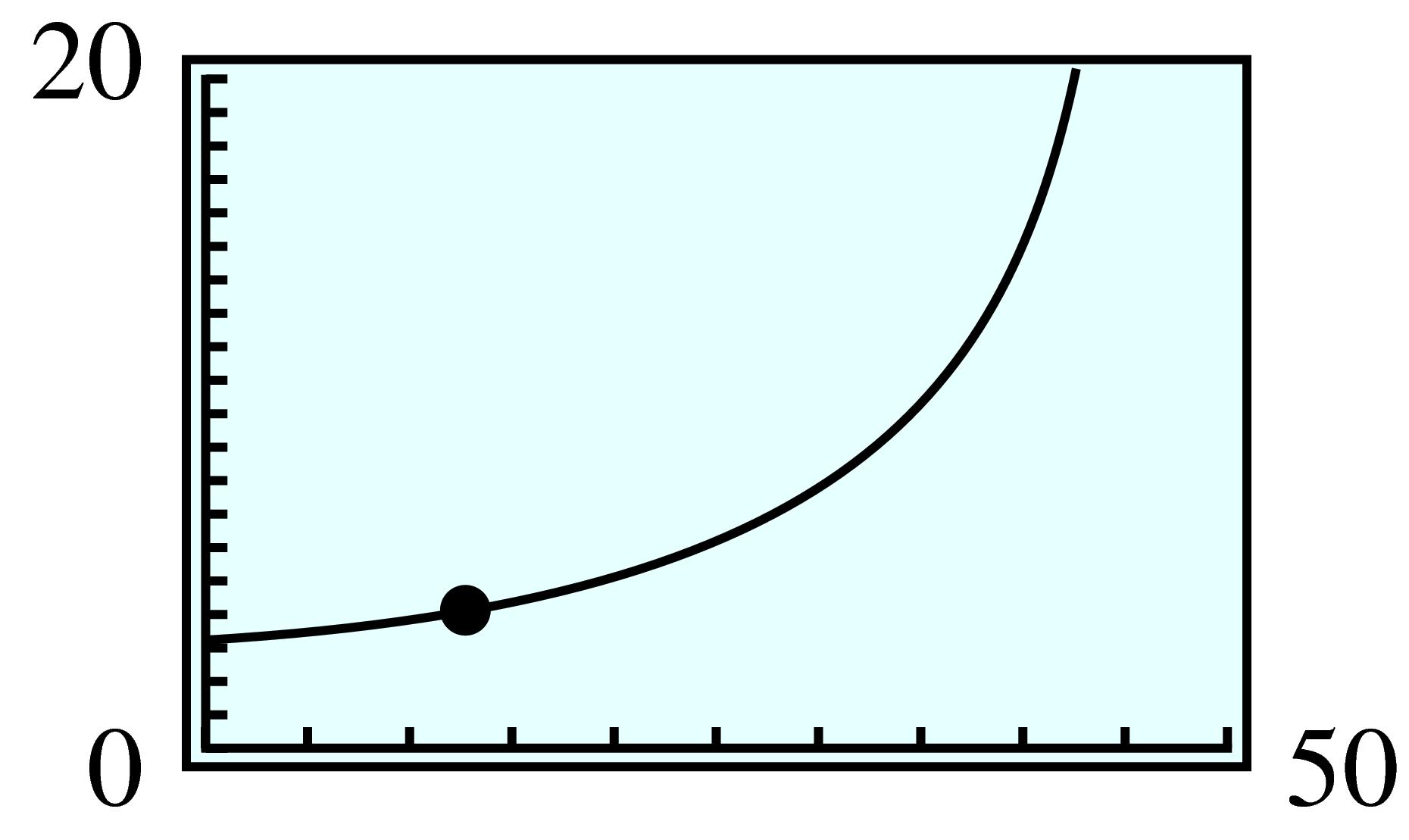
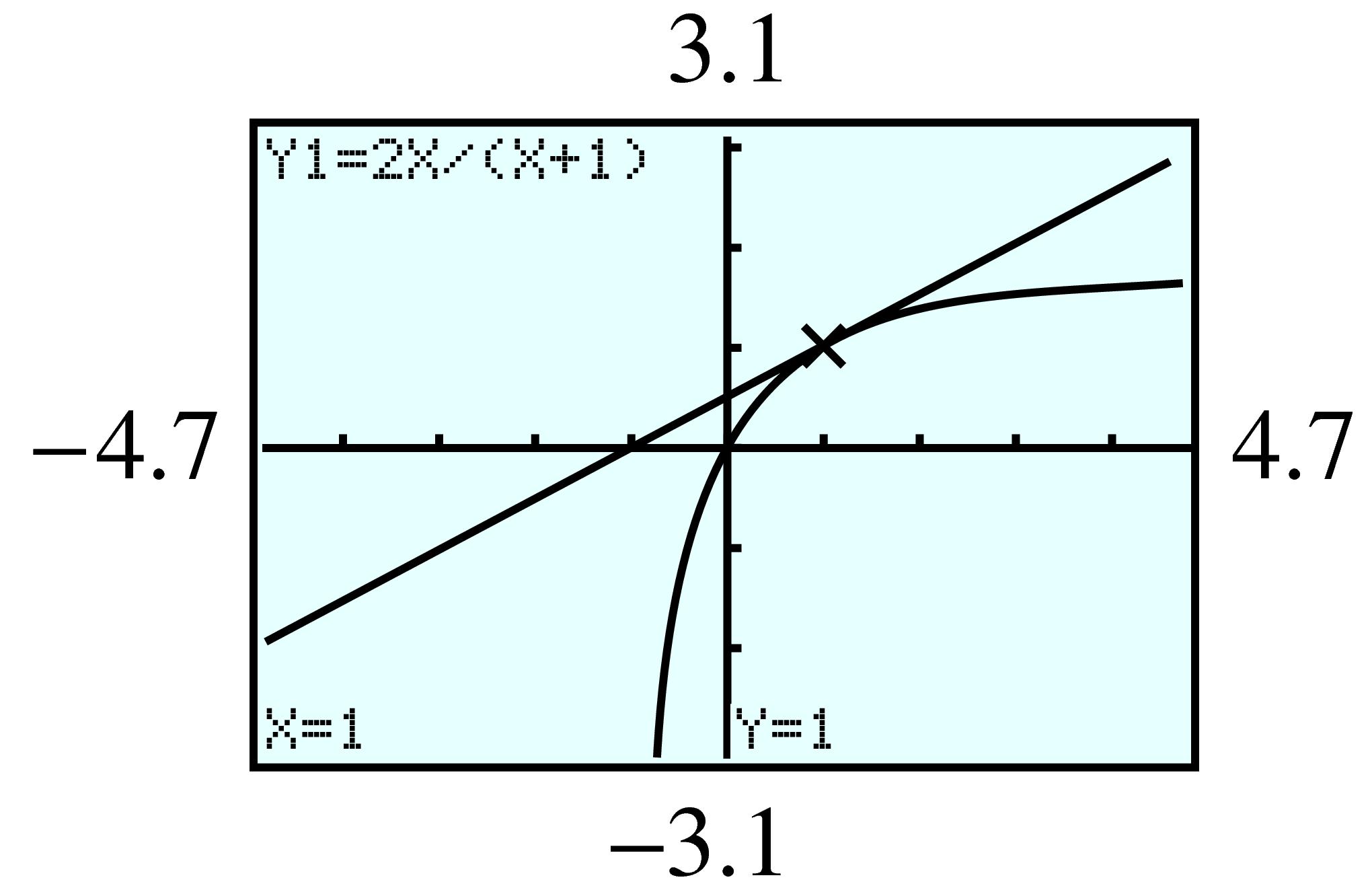
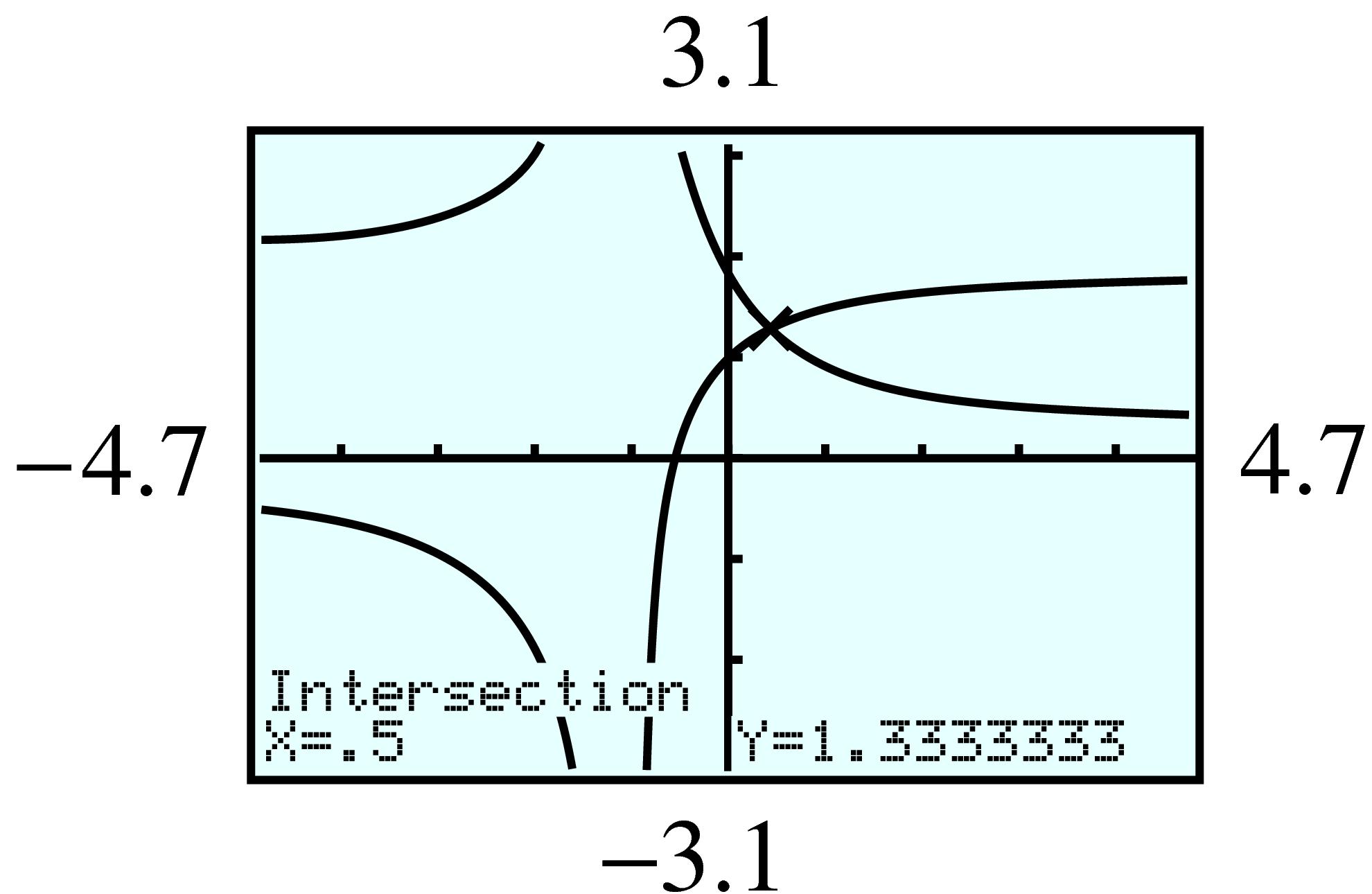
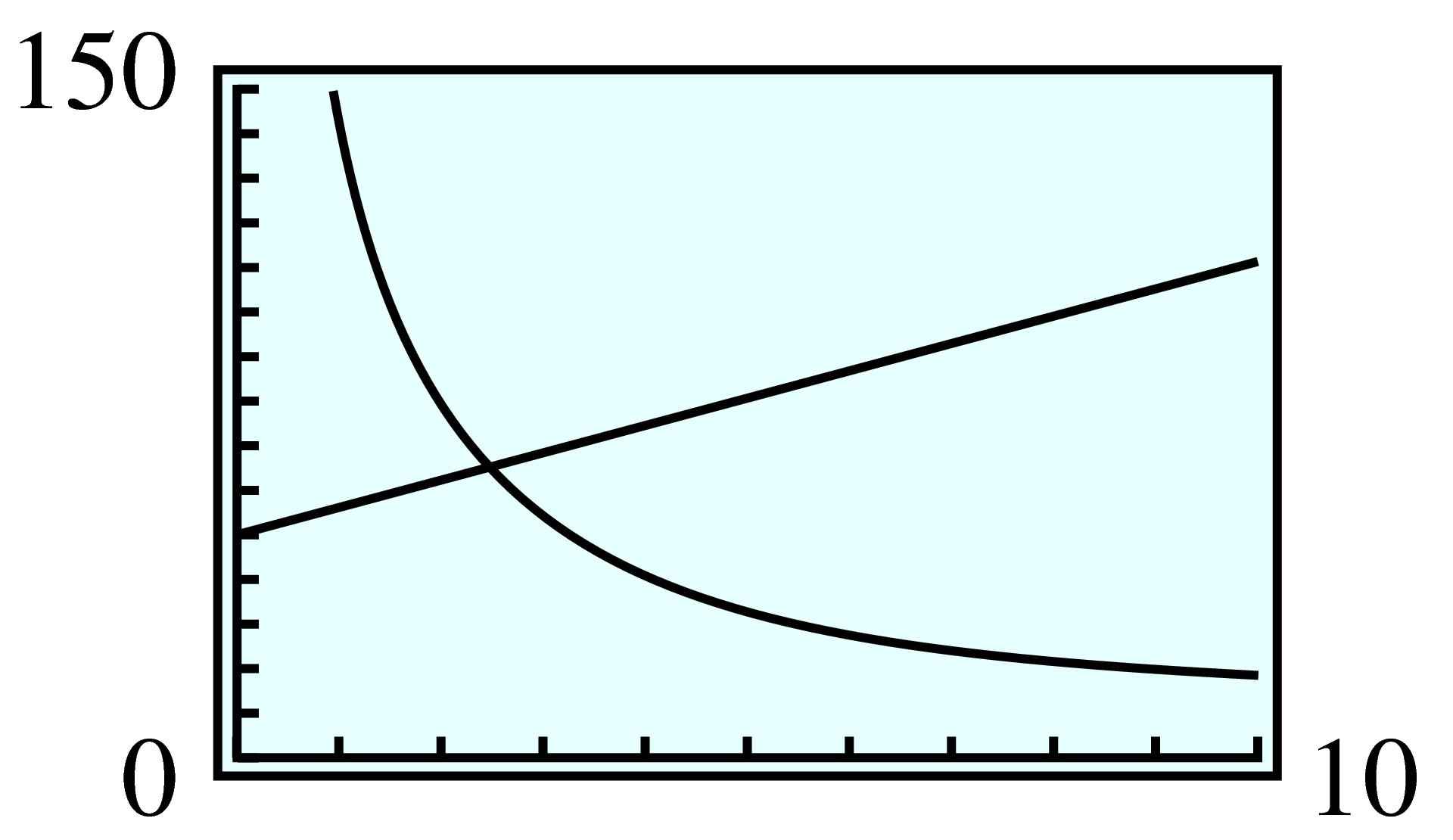
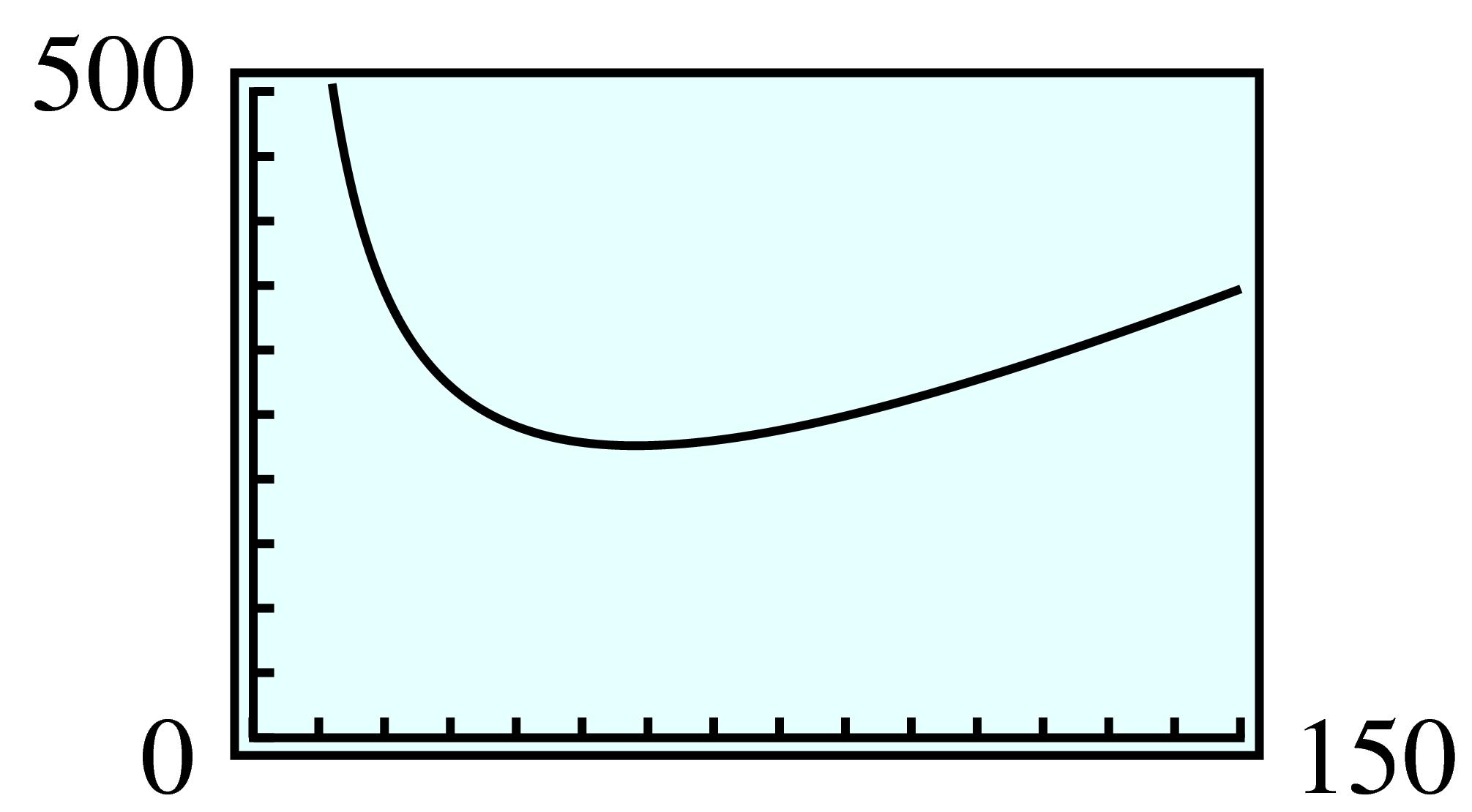
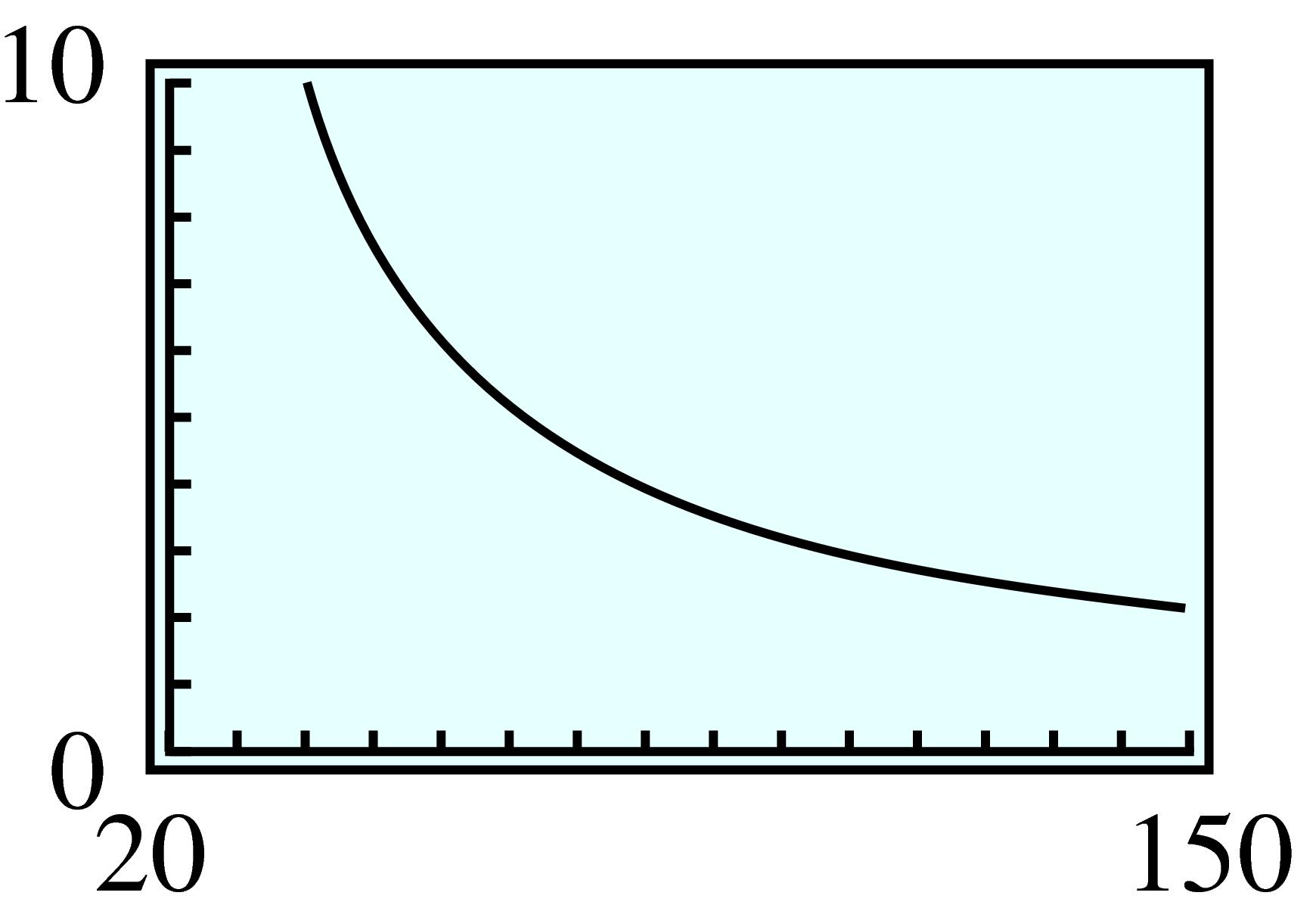
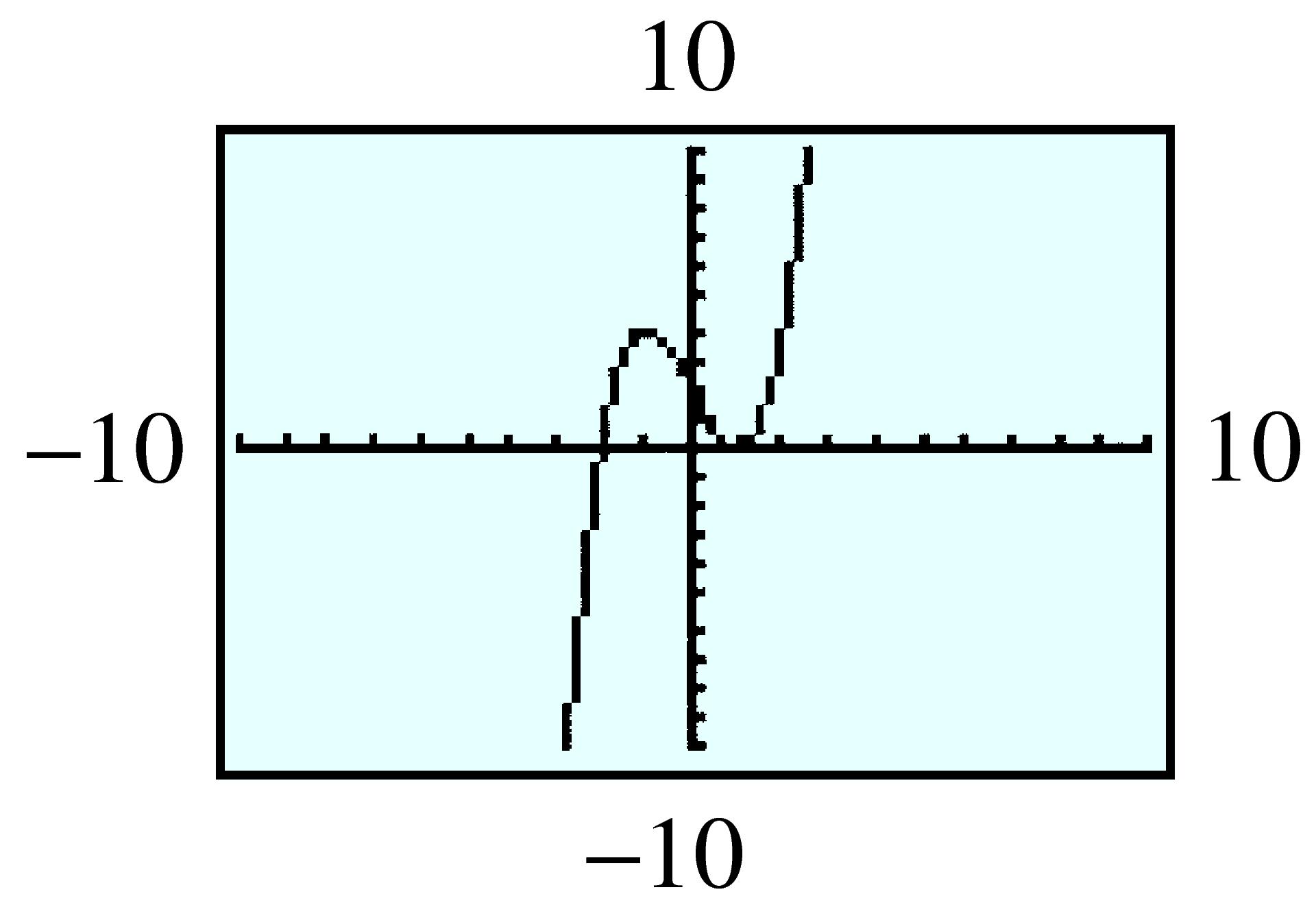







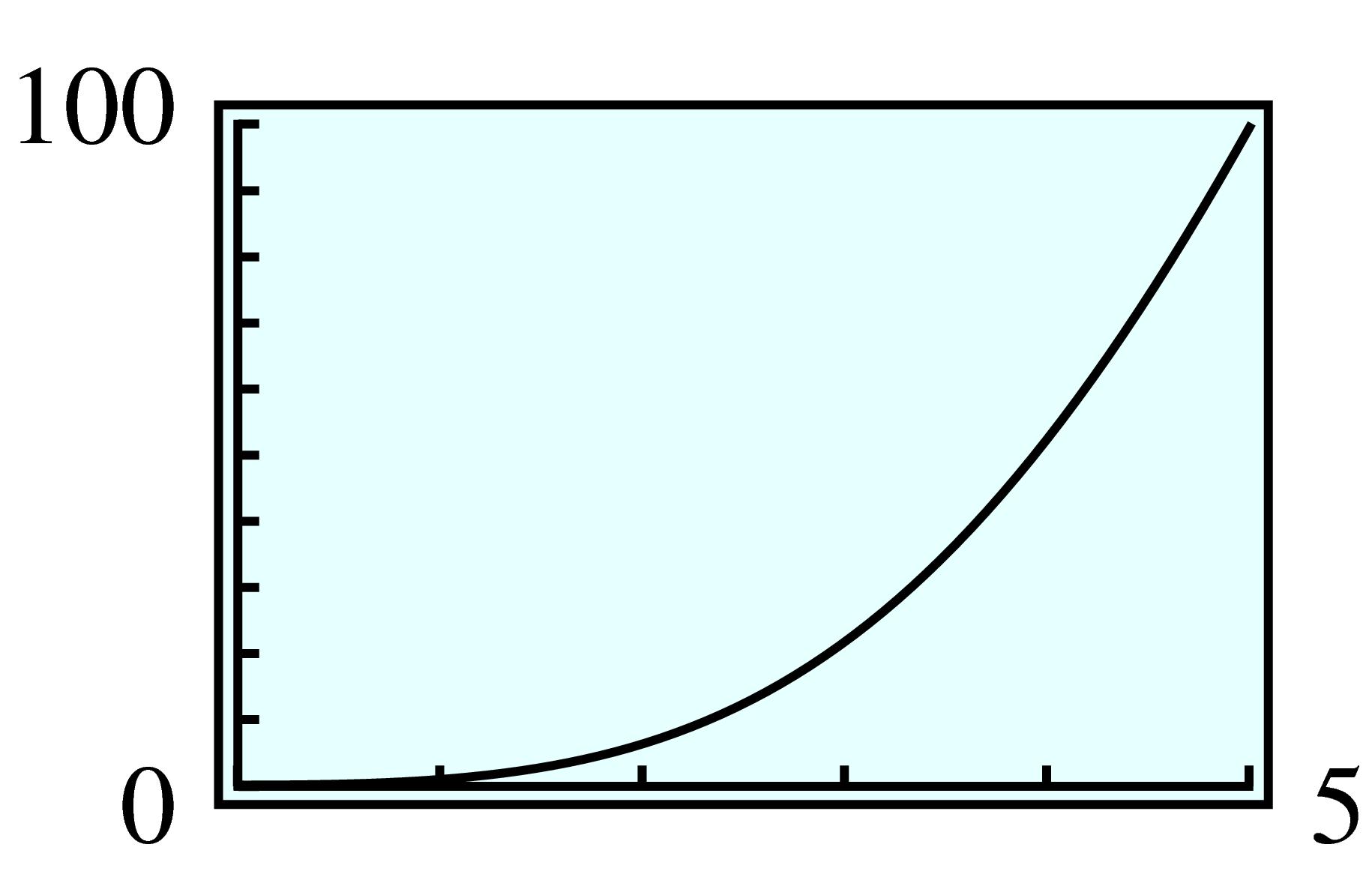







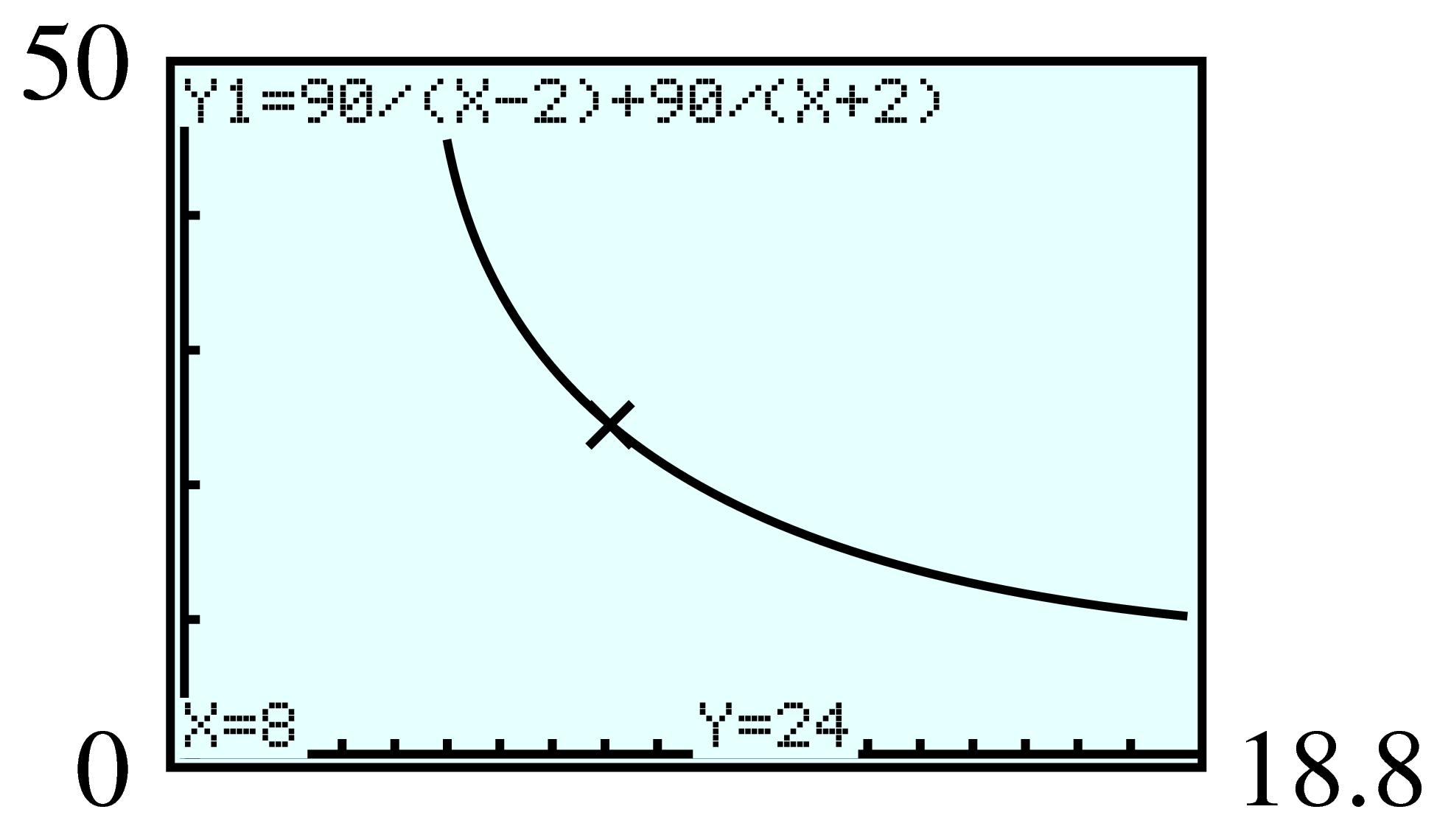
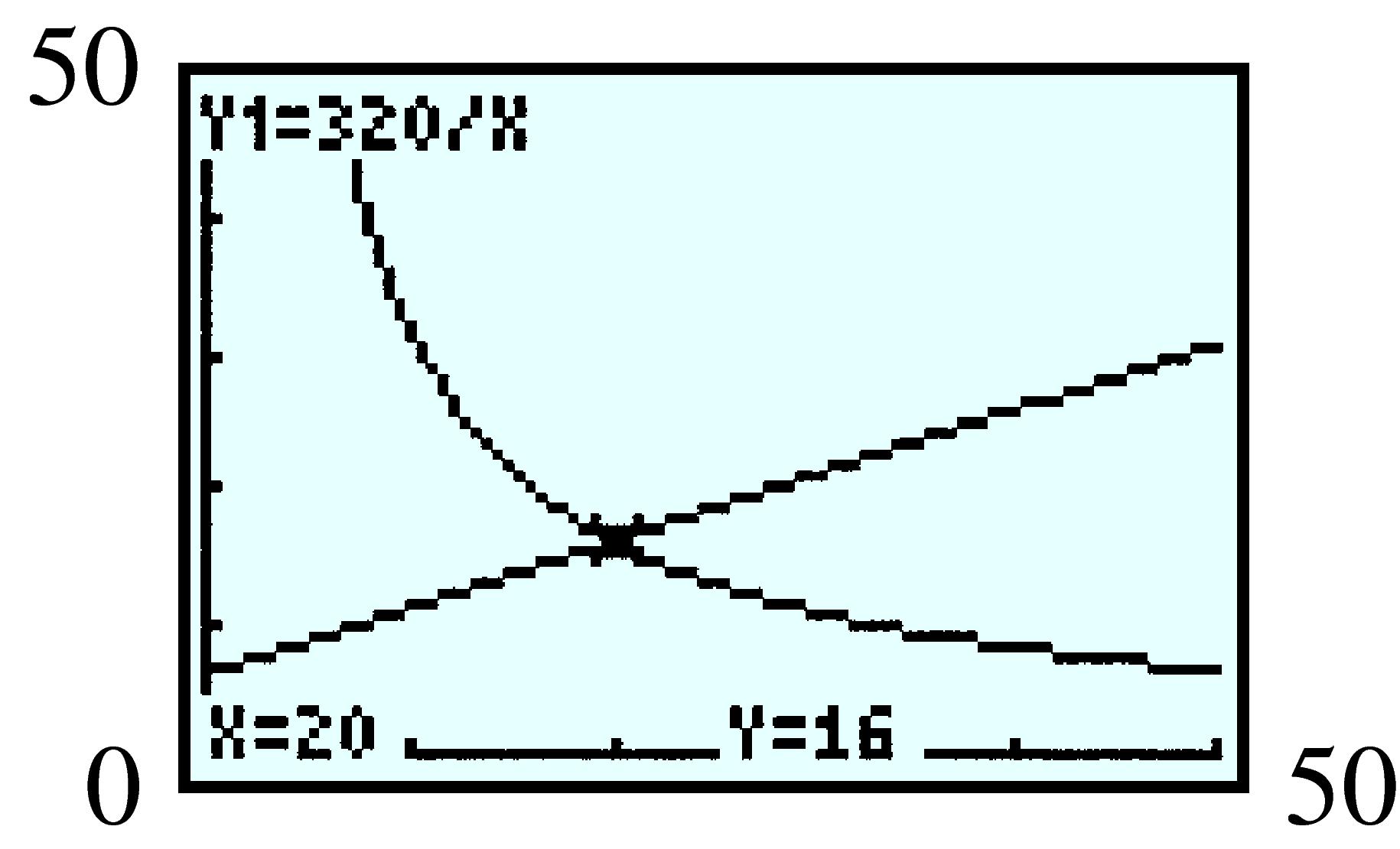


| Number of tickets |
Cost per ticket |
Revenue | |
| Adults | \(x\) | \(7.50\) | \(7.50x\) |
| Students | \(y\) | \(4.25\) | \(4.25y\) |
| Total | \(82\) | — | \(465.50\) |
| Rate | Time | Distance | |
| P waves | \(5.4\) | \(x\) | \(y\) |
| S waves | \(3\) | \(x+90\) | y |































| \(n=0\) | \(\hphantom{0000}\) | \(1\) |
| \(n=1\) | \(1\hphantom{000}1\) | |
| \(n=2\) | \(1\hphantom{000}2\hphantom{000}1\) | |
| \(n=3\) | \(1\hphantom {000}3\hphantom{000} 3 \hphantom{000}1\) | |
| \(n=4\) | \(1\hphantom {000}4\hphantom{000} 6 \hphantom{000}4\hphantom{000}1\) | |
| \(n=5\) | \(1\hphantom {000} 5\hphantom{ii0} 10 \hphantom{00}10 \hphantom{0ii}5 \hphantom{000}1\) | |
| \(n=6\) | \(1\hphantom {000} 6\hphantom{ii0} 15 \hphantom{00}20 \hphantom{0ii}15 \hphantom{000} 6\hphantom{ii0}1\) | |
| \(n=7\) | \(1\hphantom {000} 7\hphantom{ii0} 21 \hphantom{00}35 \hphantom{0ii}35 \hphantom{000} 21 \hphantom{00} 7\hphantom{ii0}1\) | |
| \(n=8\) | \(1\hphantom {000} 8\hphantom{ii0} 28 \hphantom{00}56 \hphantom{0ii}70 \hphantom{ii0} 56 \hphantom{00}28 \hphantom{000} 8\hphantom{ii0}1\) | |
| \(n=9\) | \(1\hphantom {000} 9\hphantom{ii0} 36 \hphantom{00}84 \hphantom{0ii}126 \hphantom{000} 126 \hphantom{000} 84 \hphantom{00} 36 \hphantom{0ii} 9 \hphantom{ii0}1\) | |
| \(n=10\) | \(1\hphantom {000} 10\hphantom{ii0} 45 \hphantom{00} 120 \hphantom{0ii}210 \hphantom{000} 252 \hphantom{ii0} 210 \hphantom{ii0} 120\hphantom{ii0} 45 \hphantom{00} 10 \hphantom{0ii} 1\) |